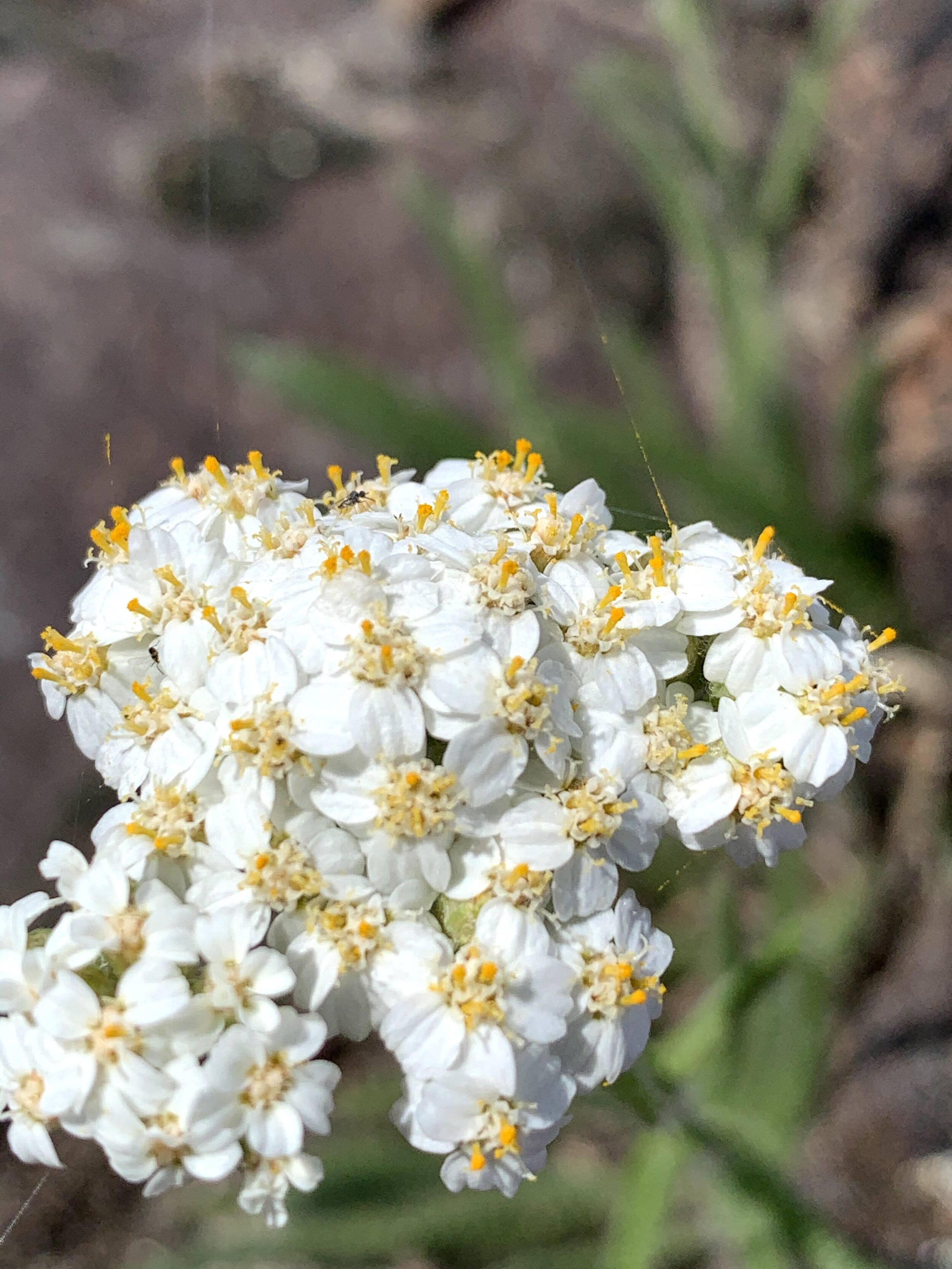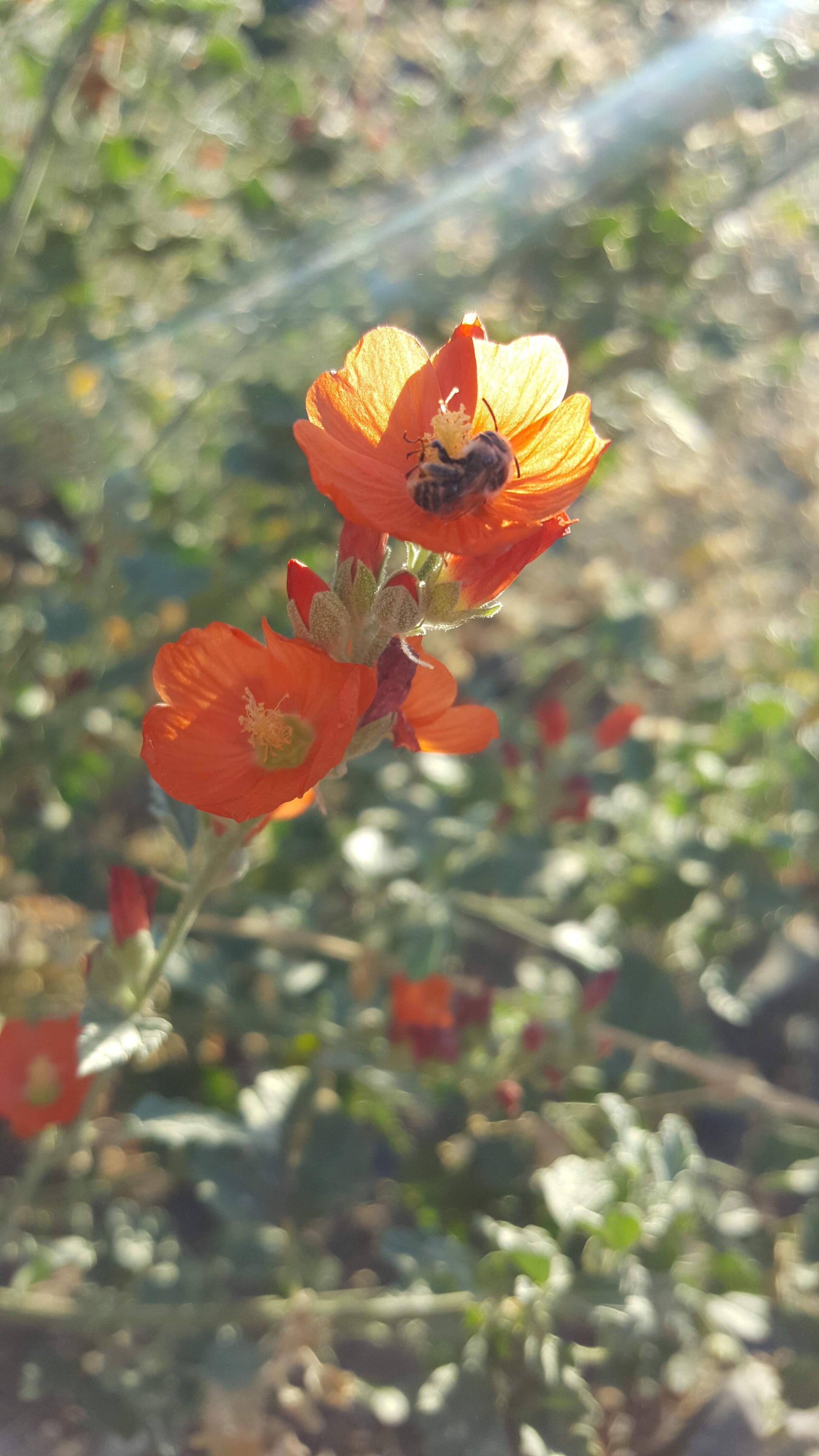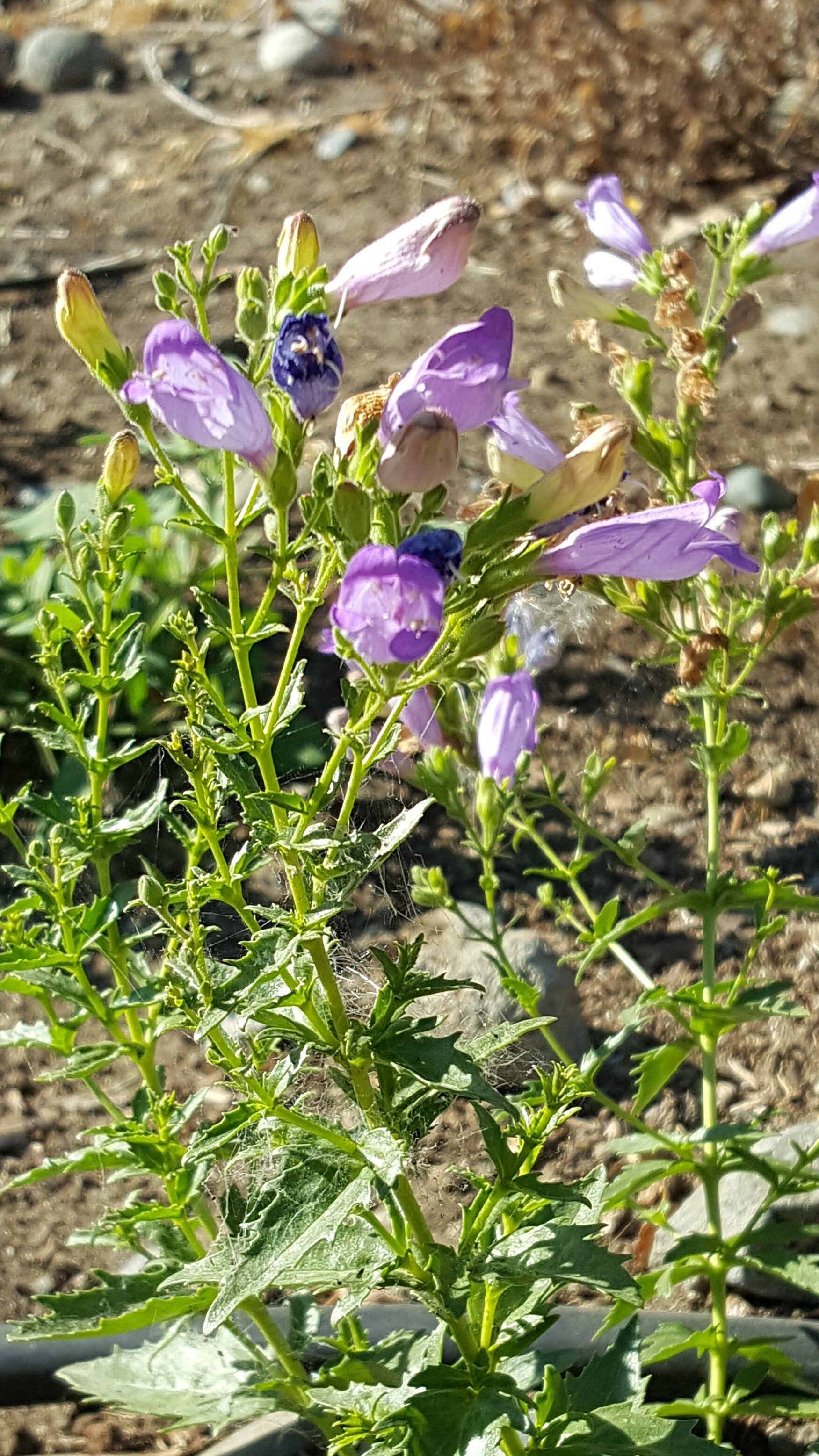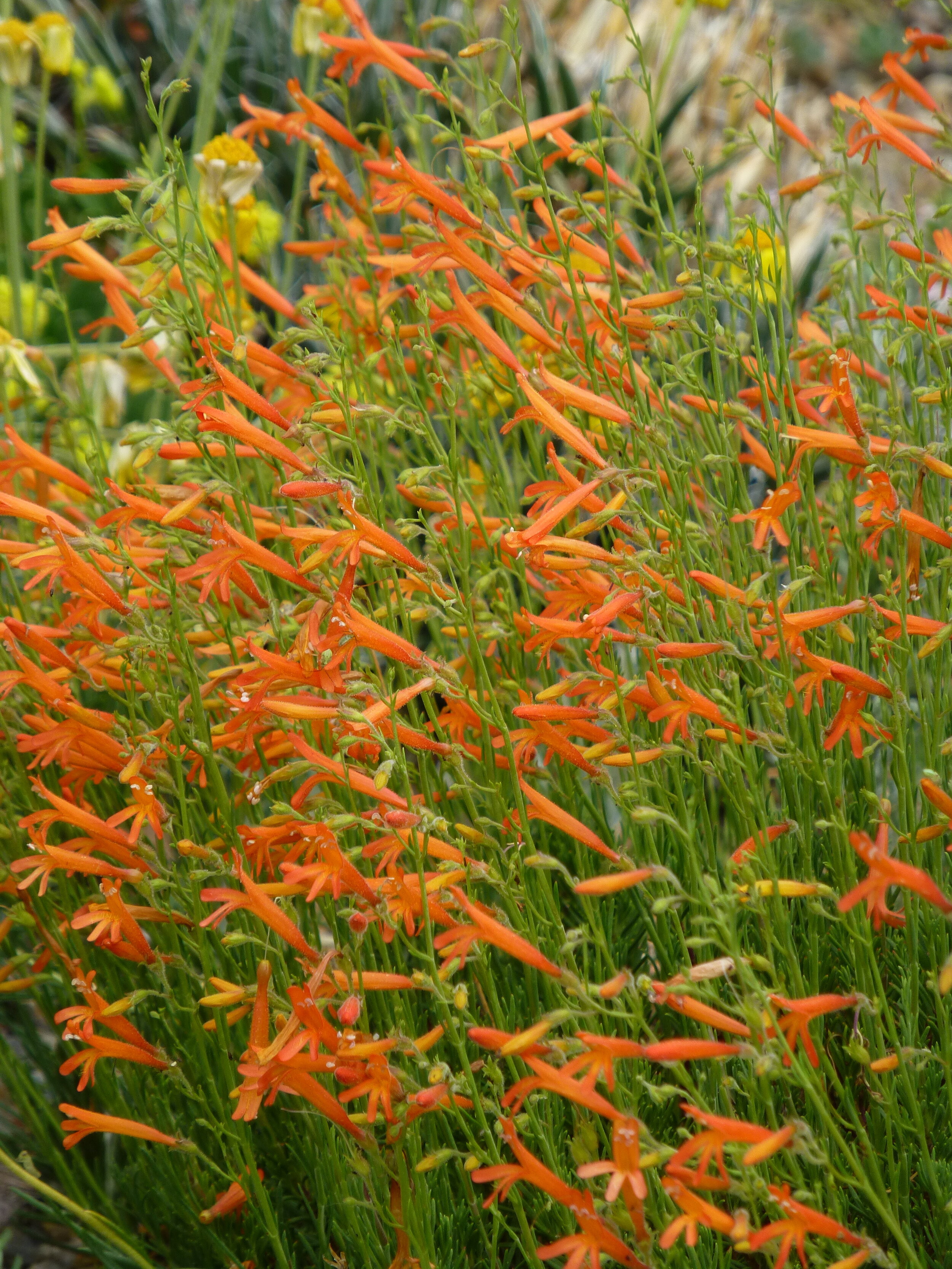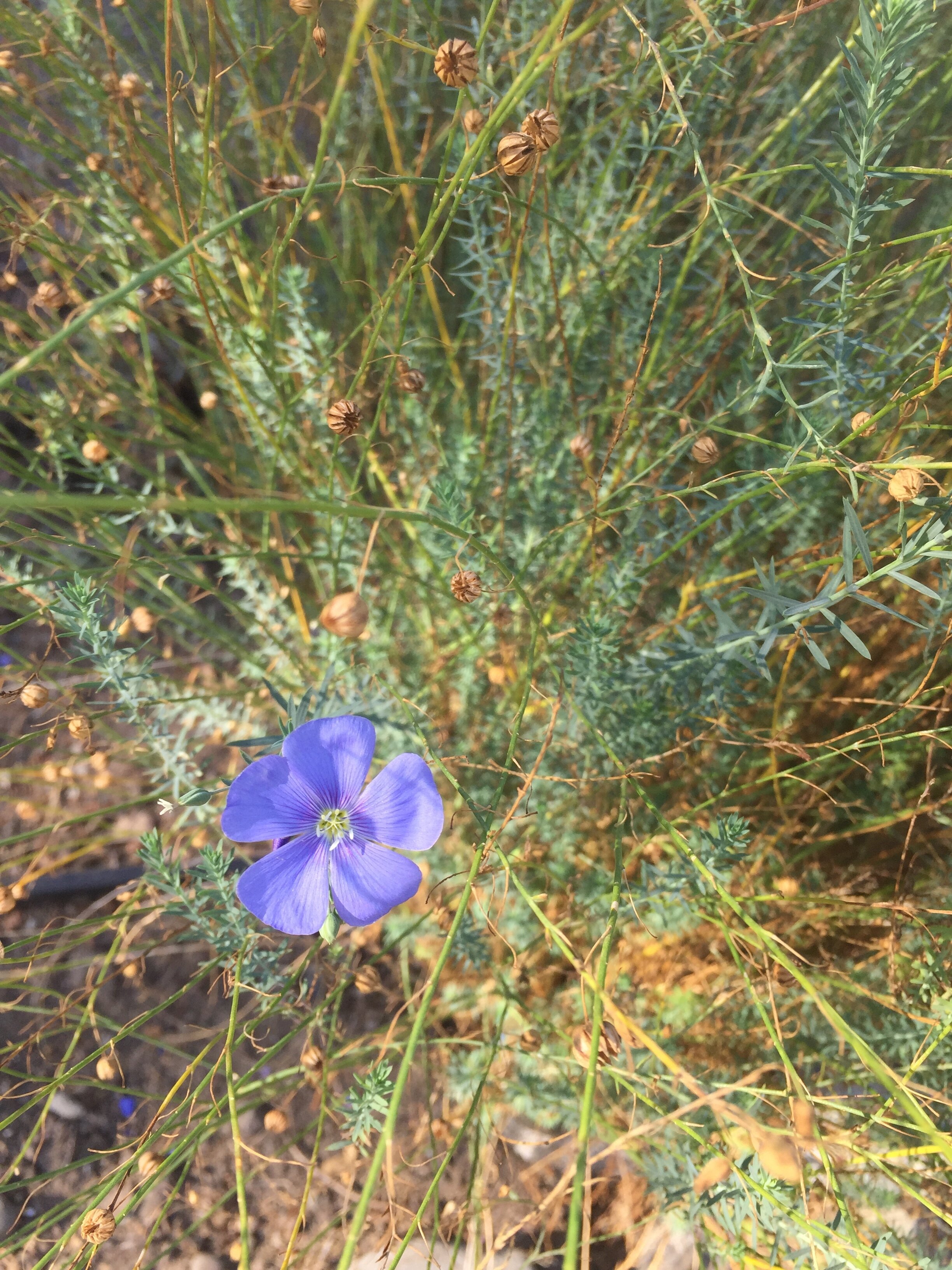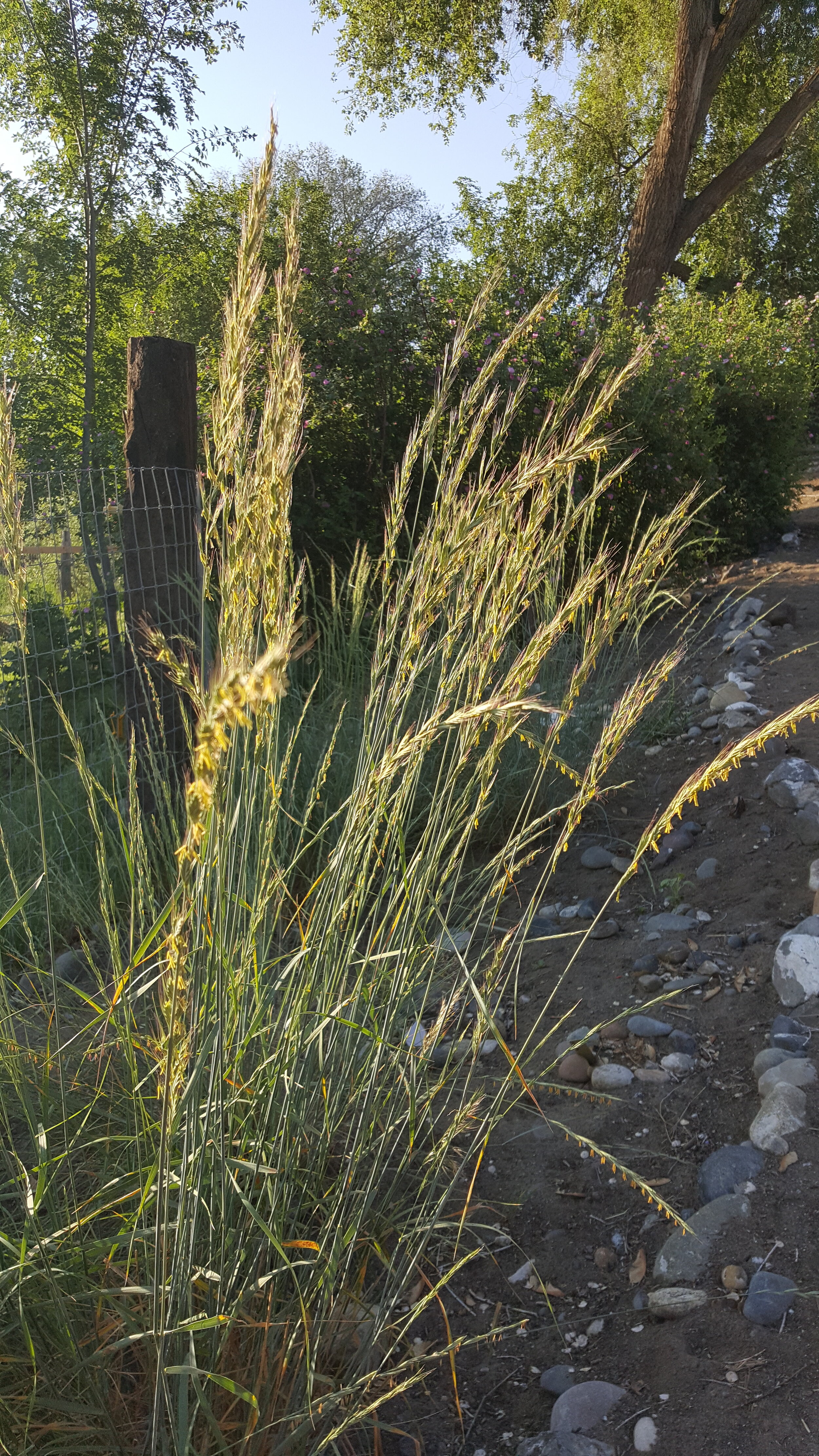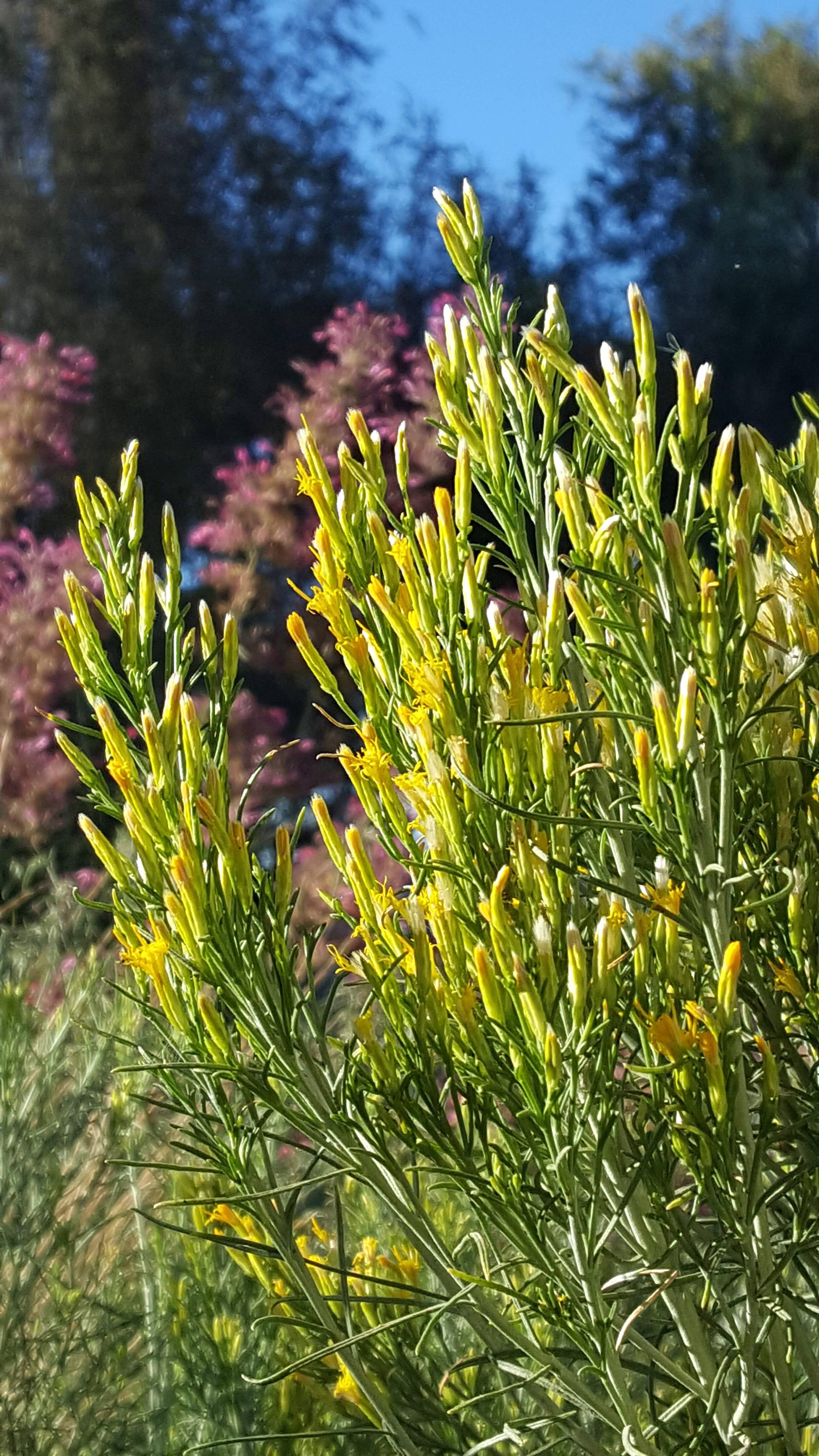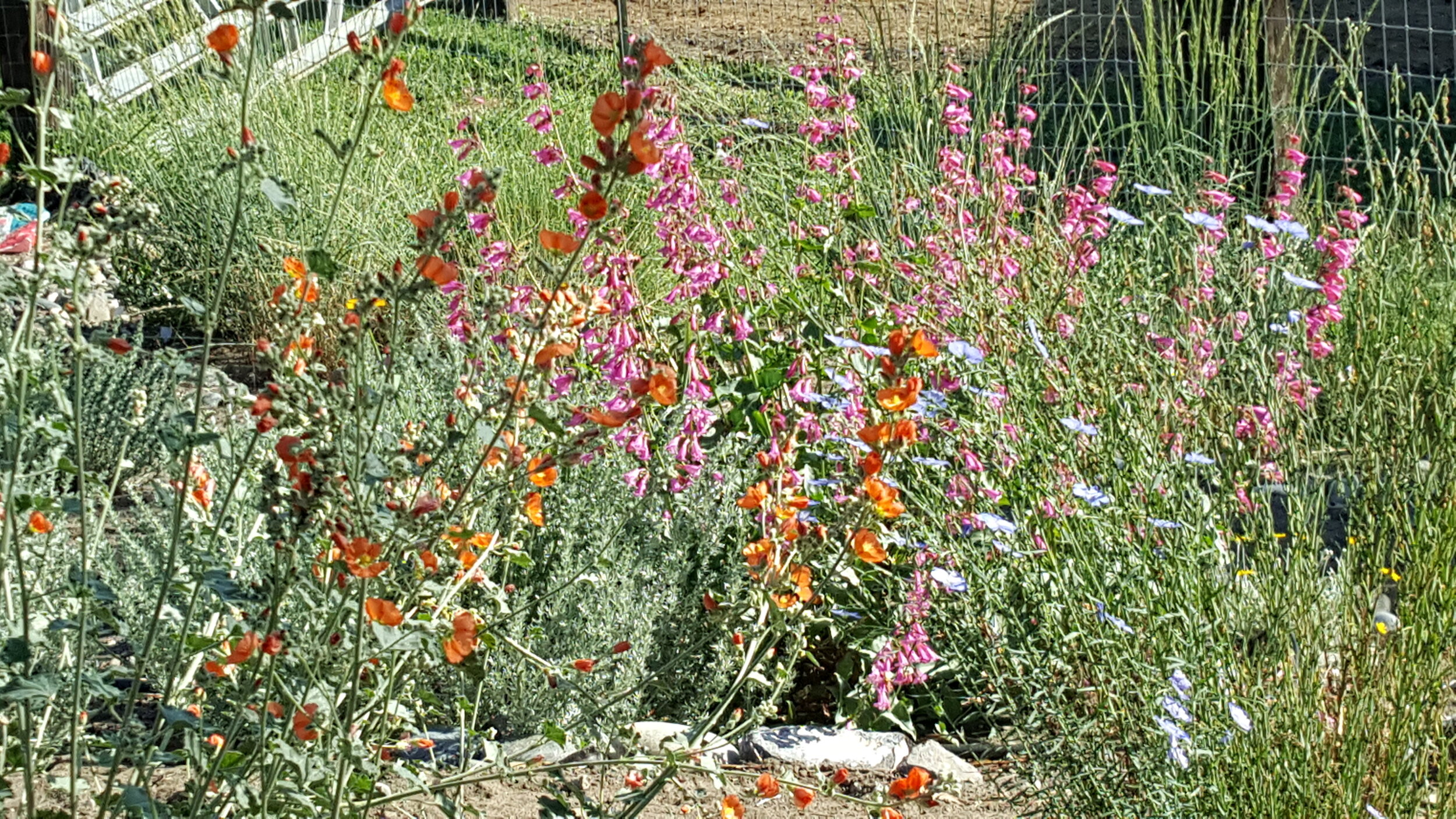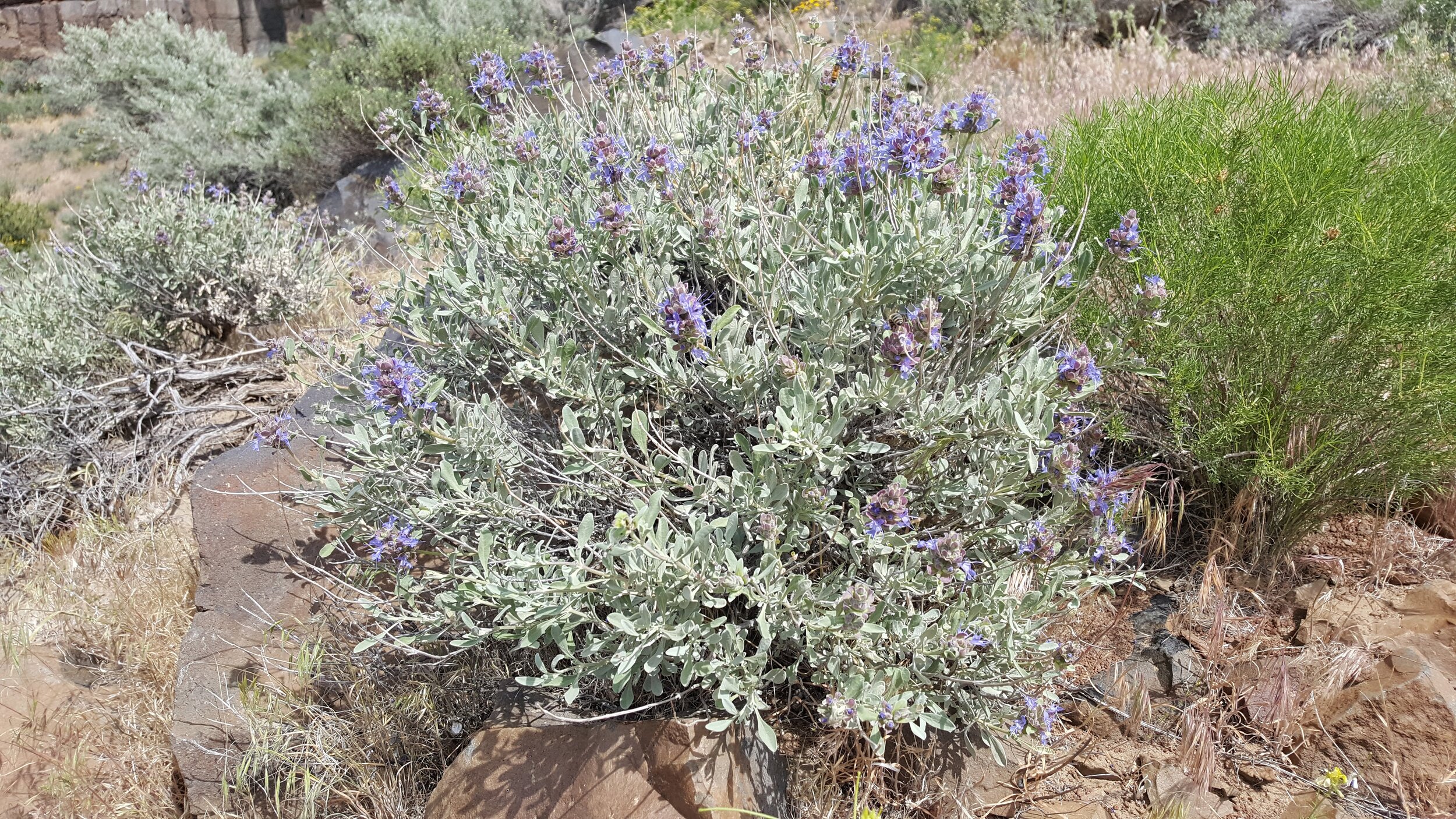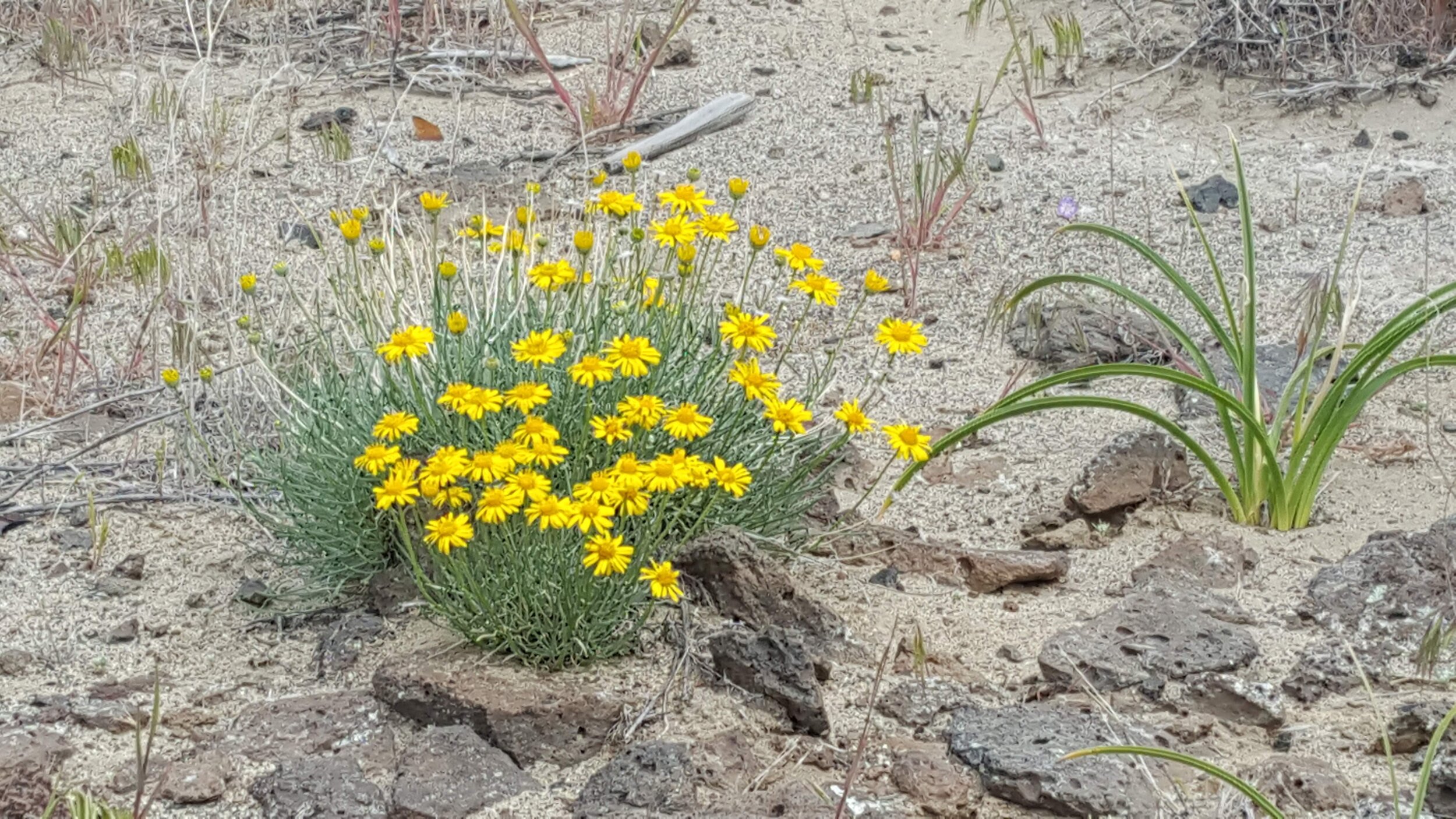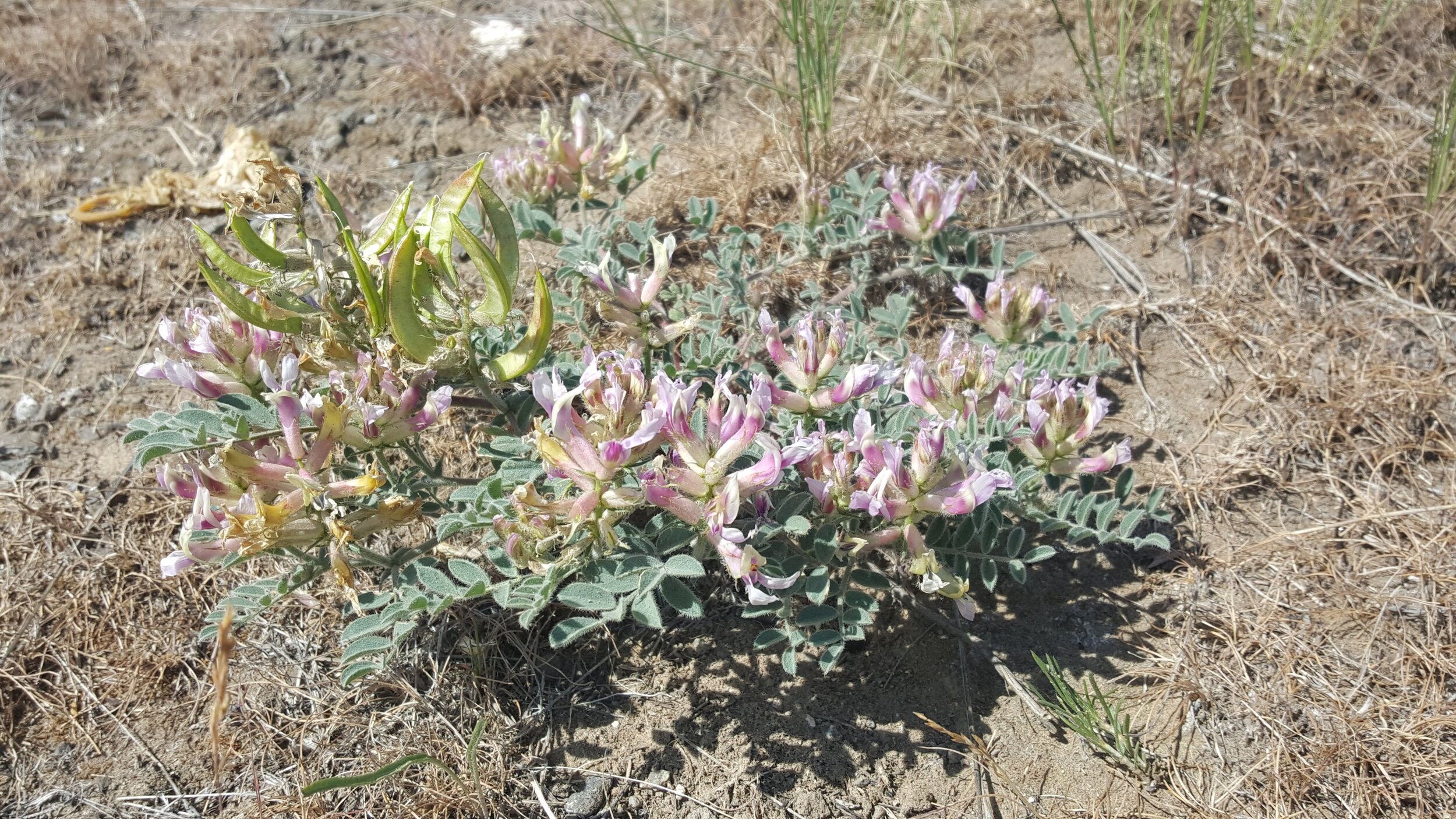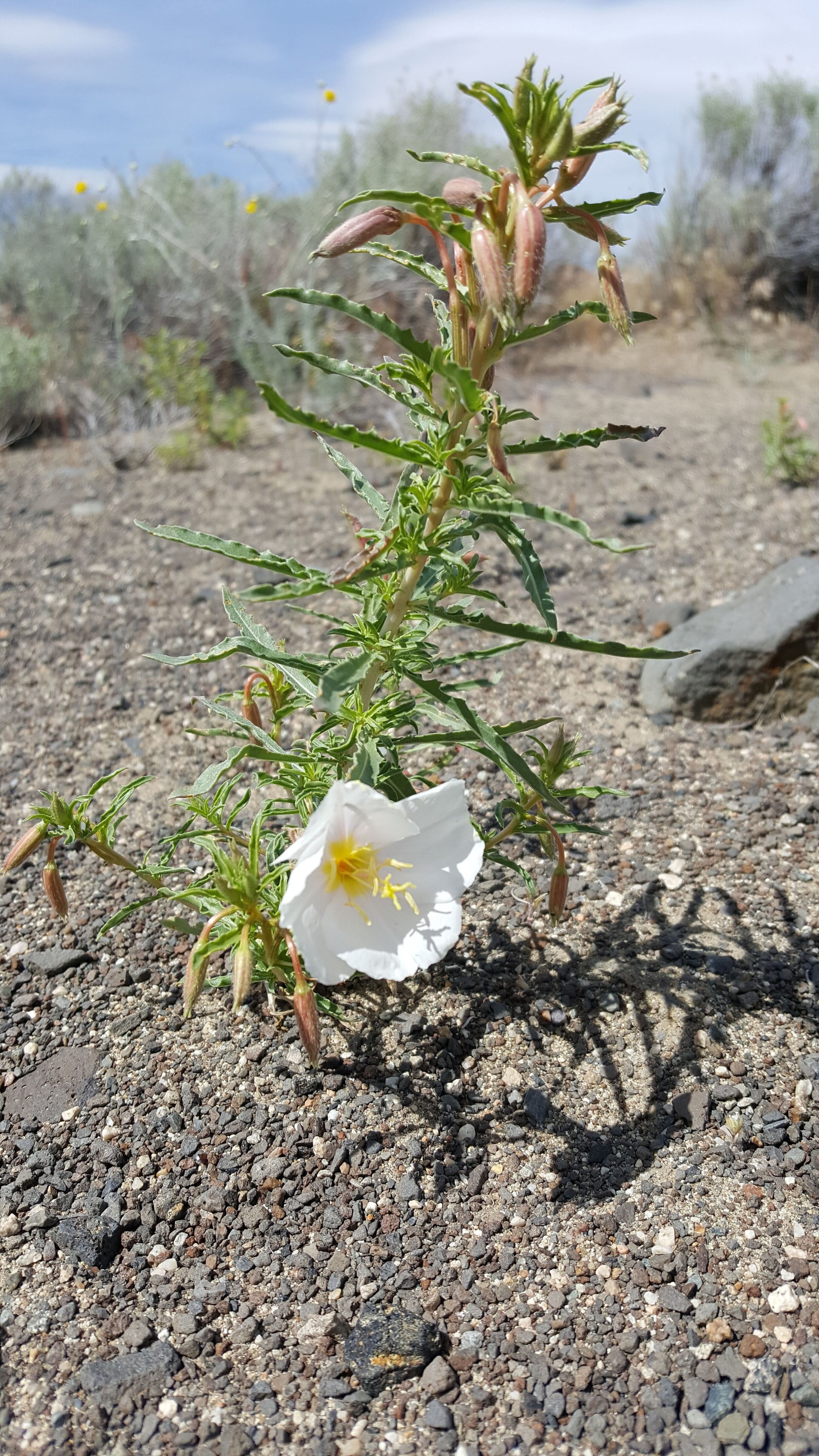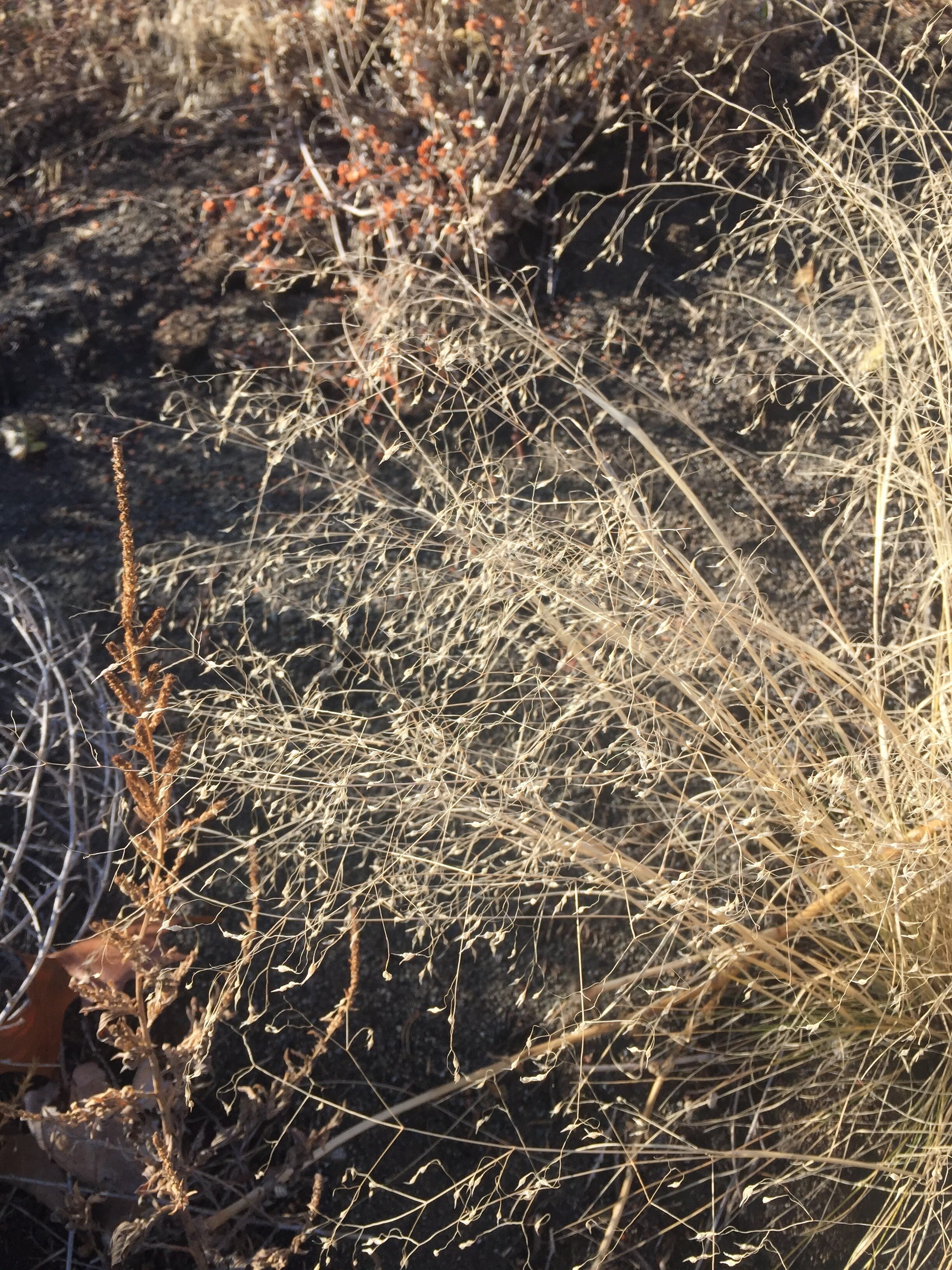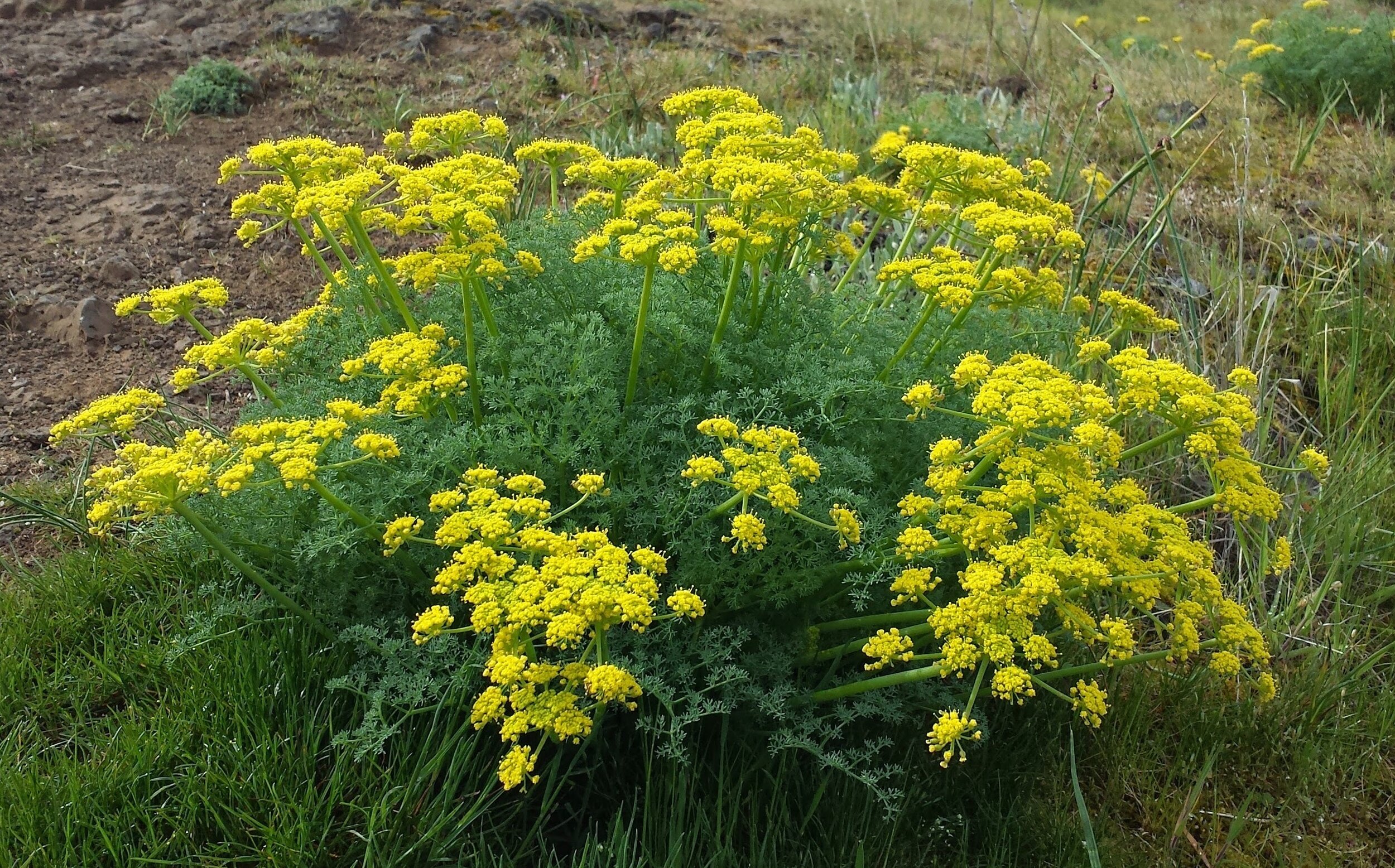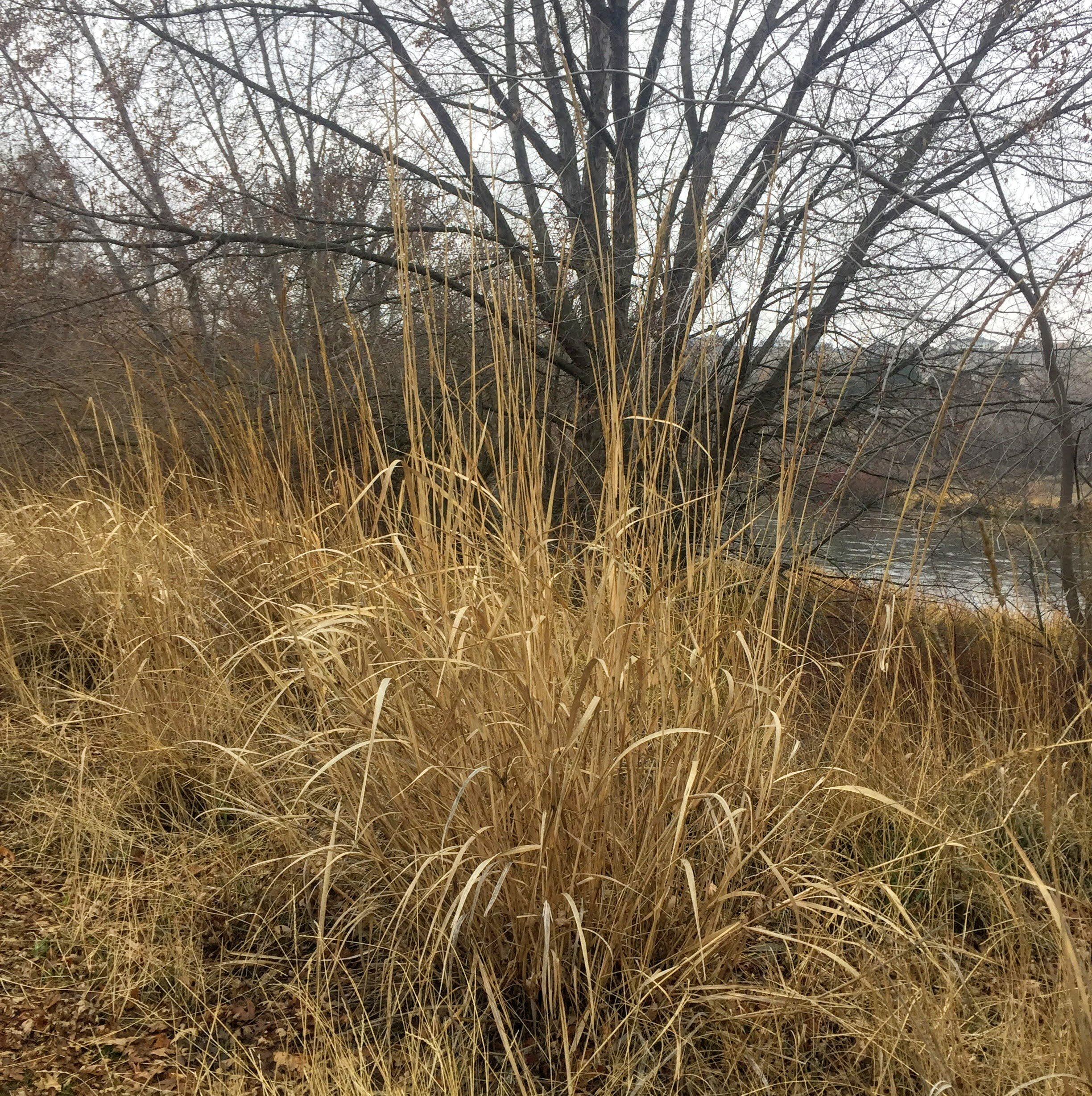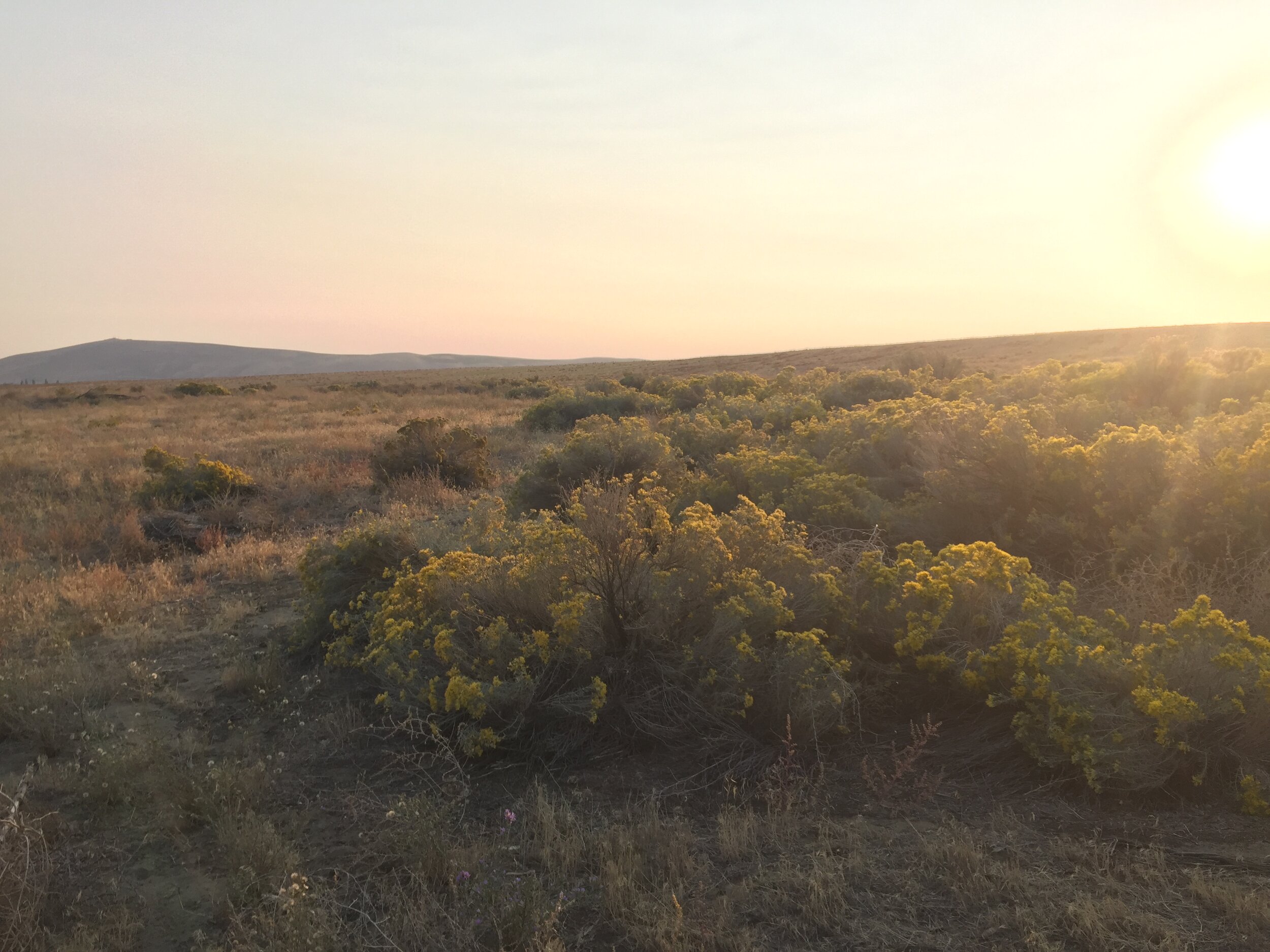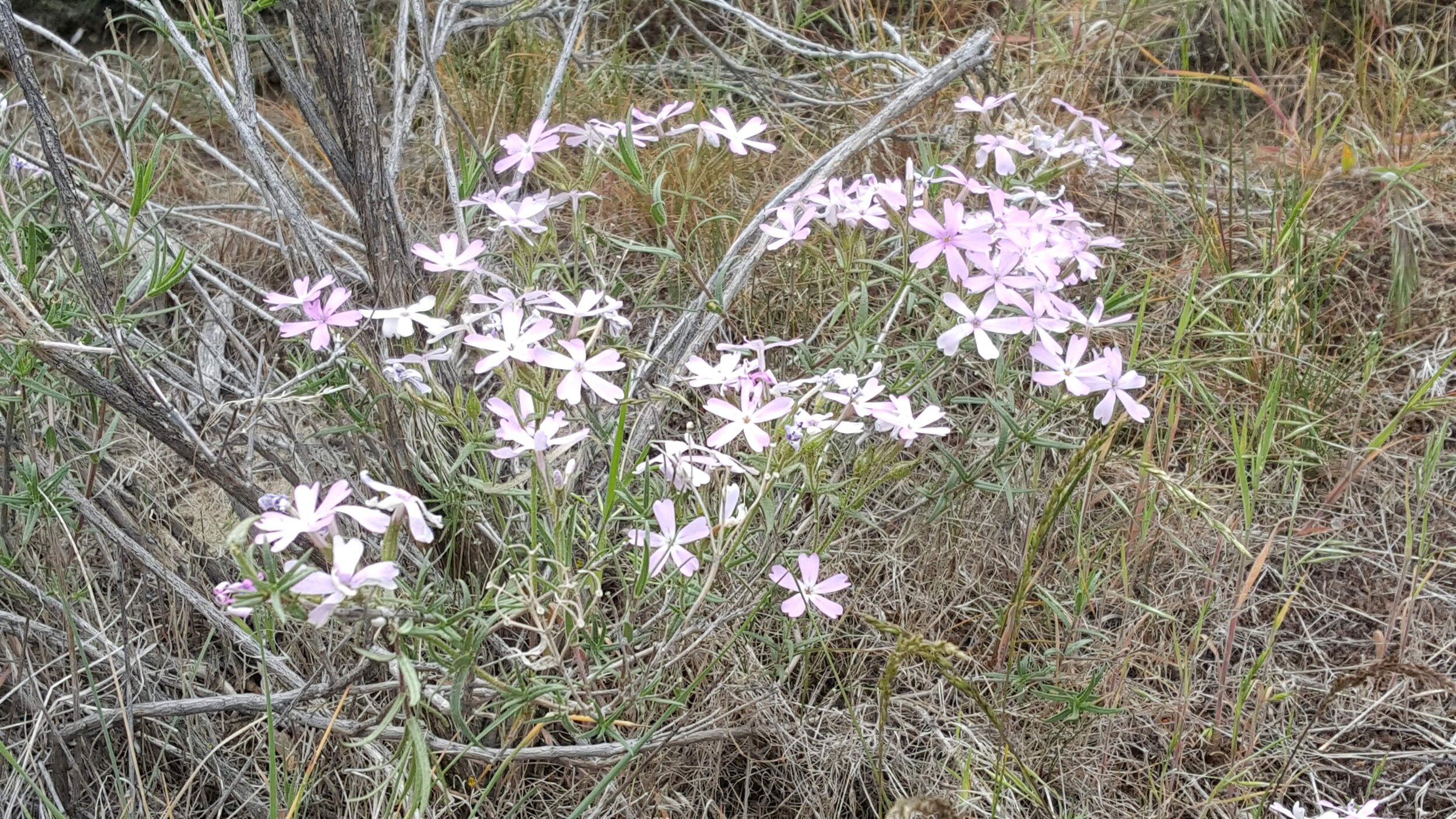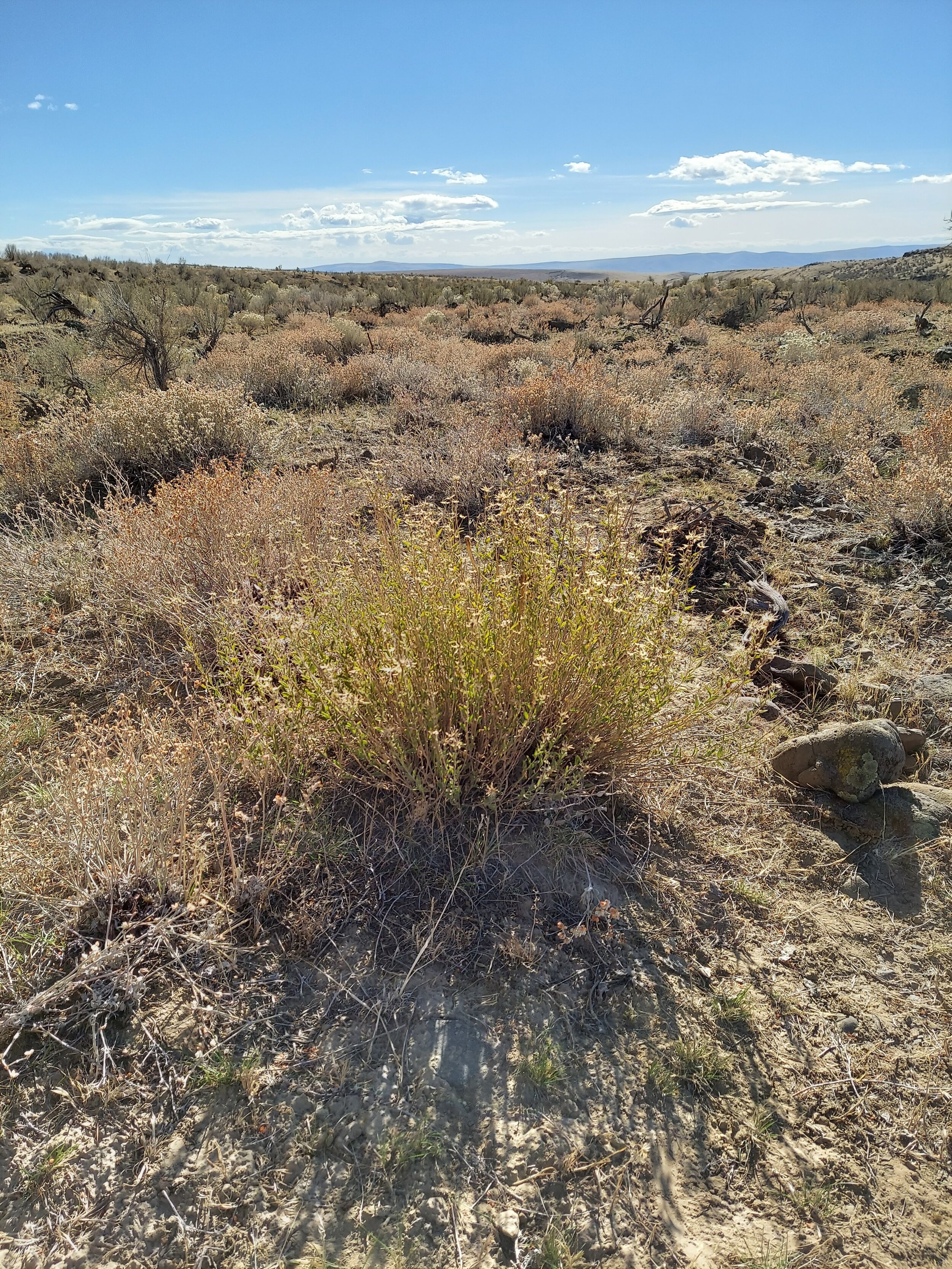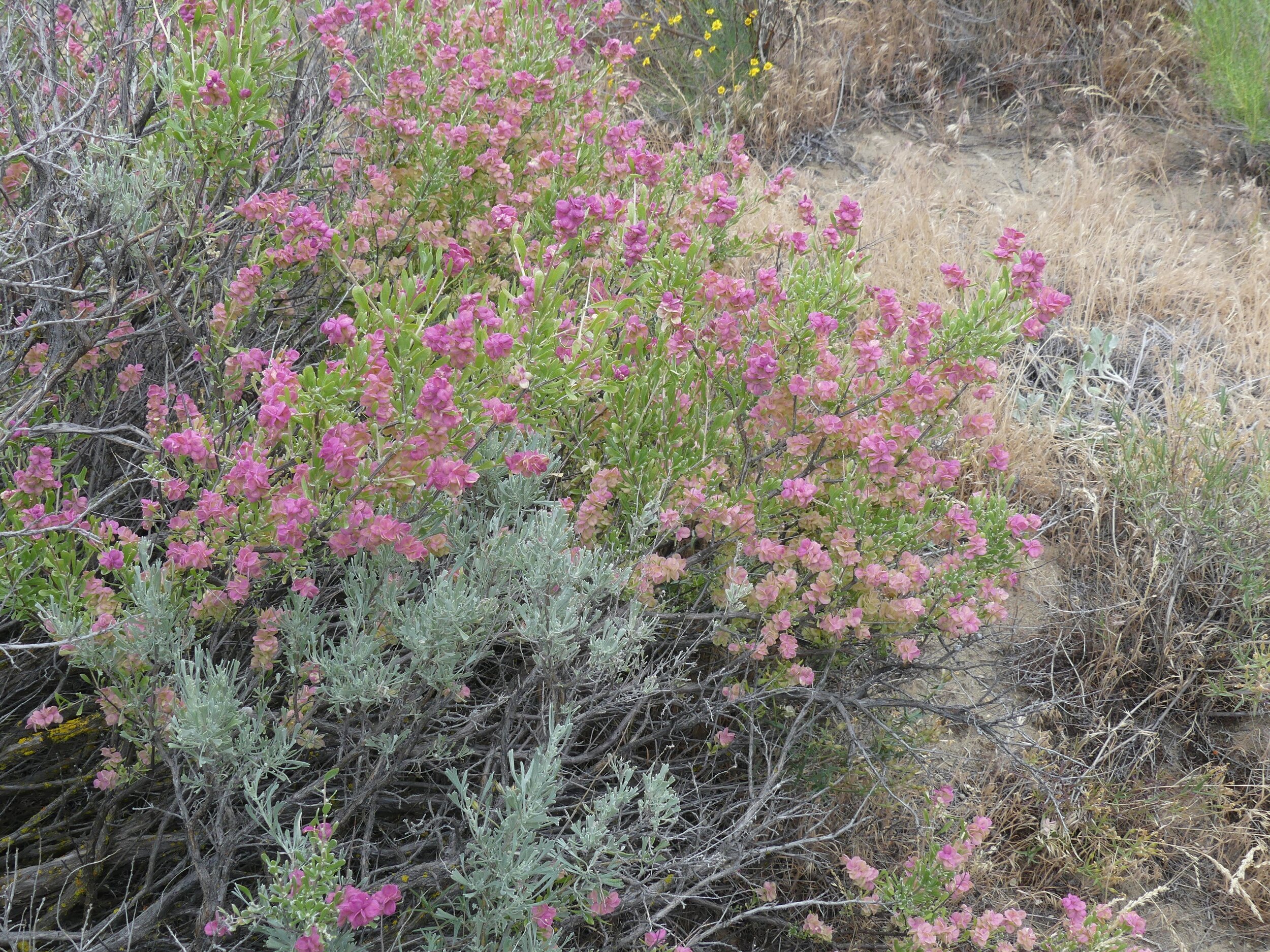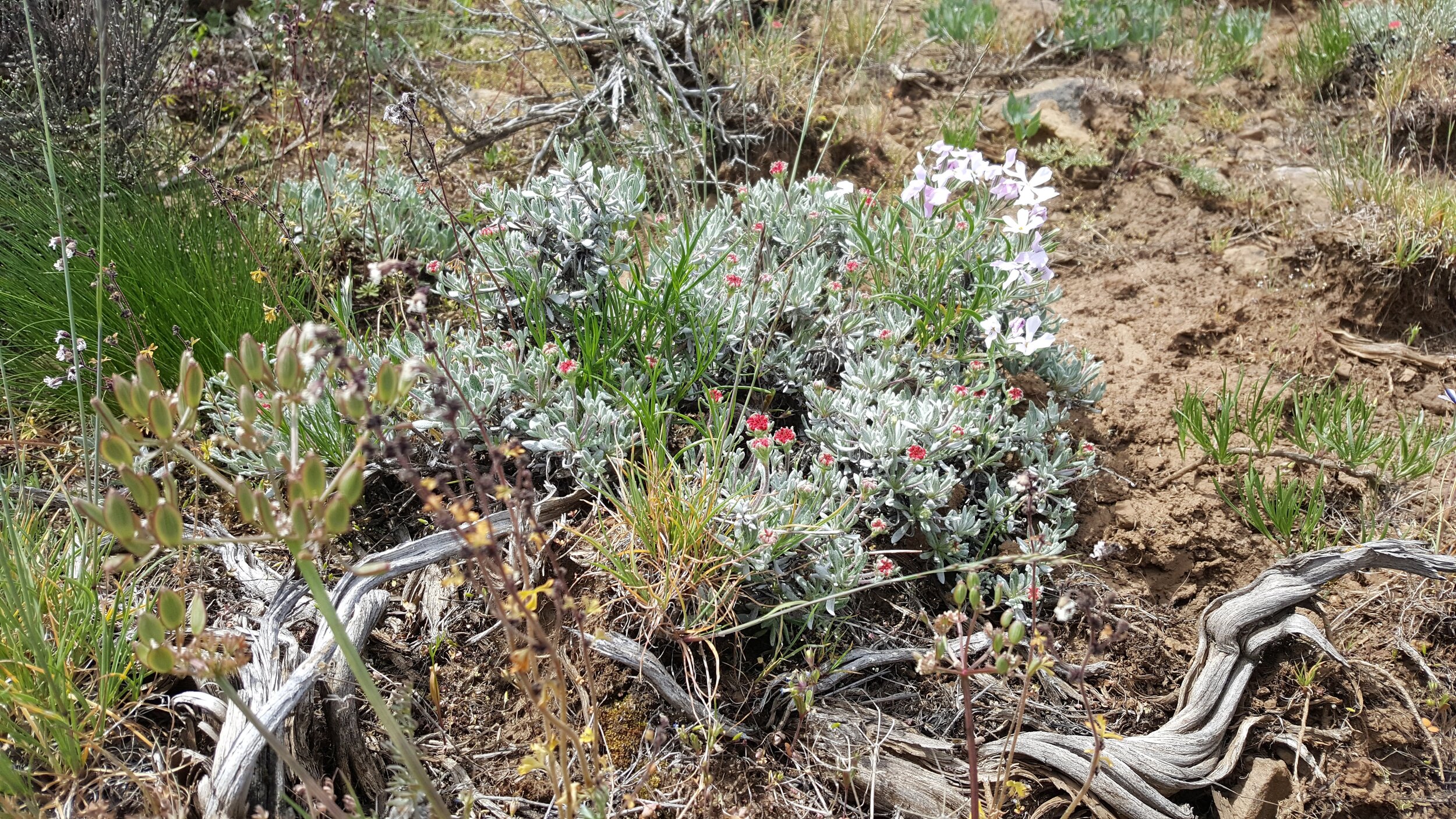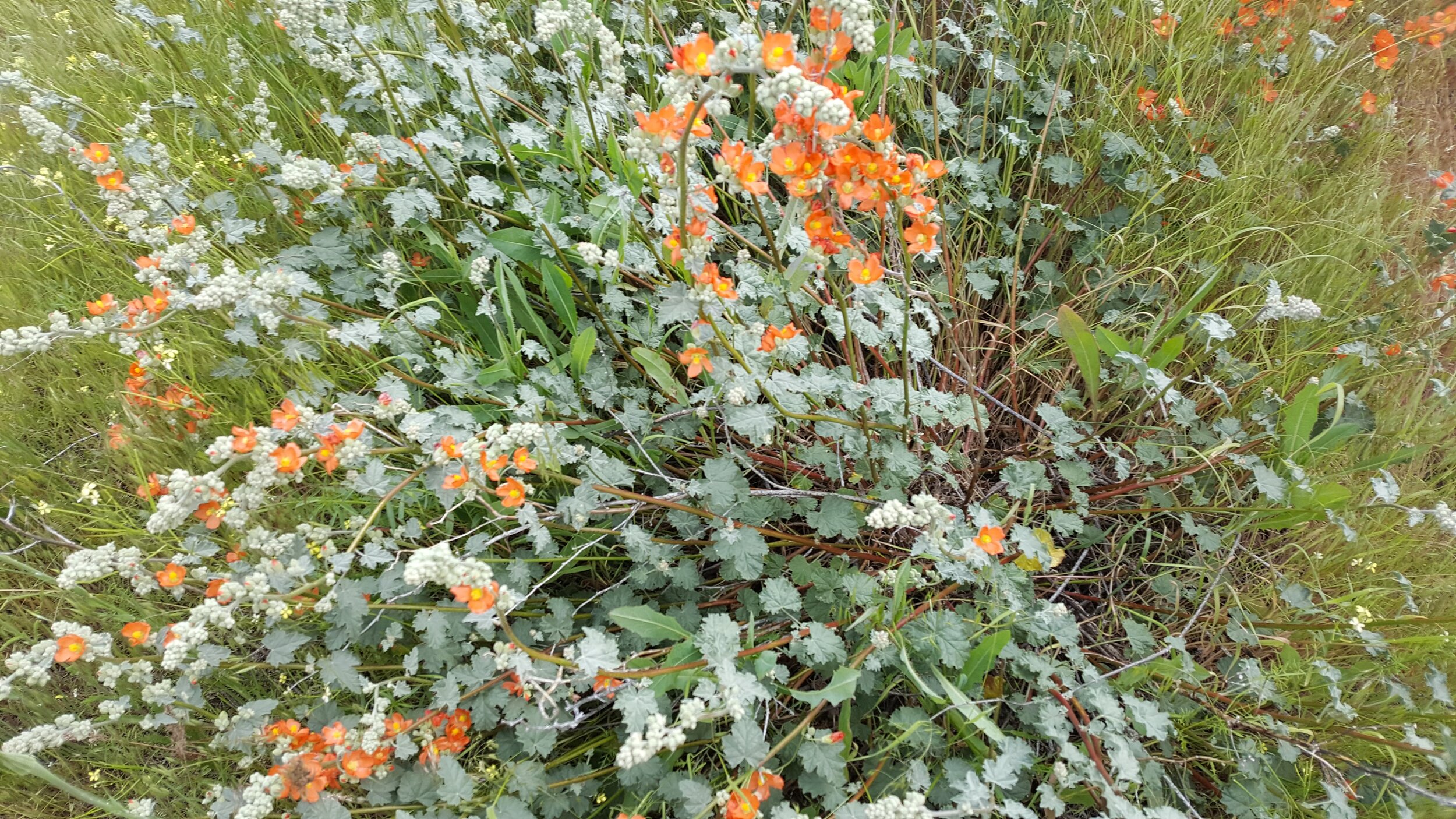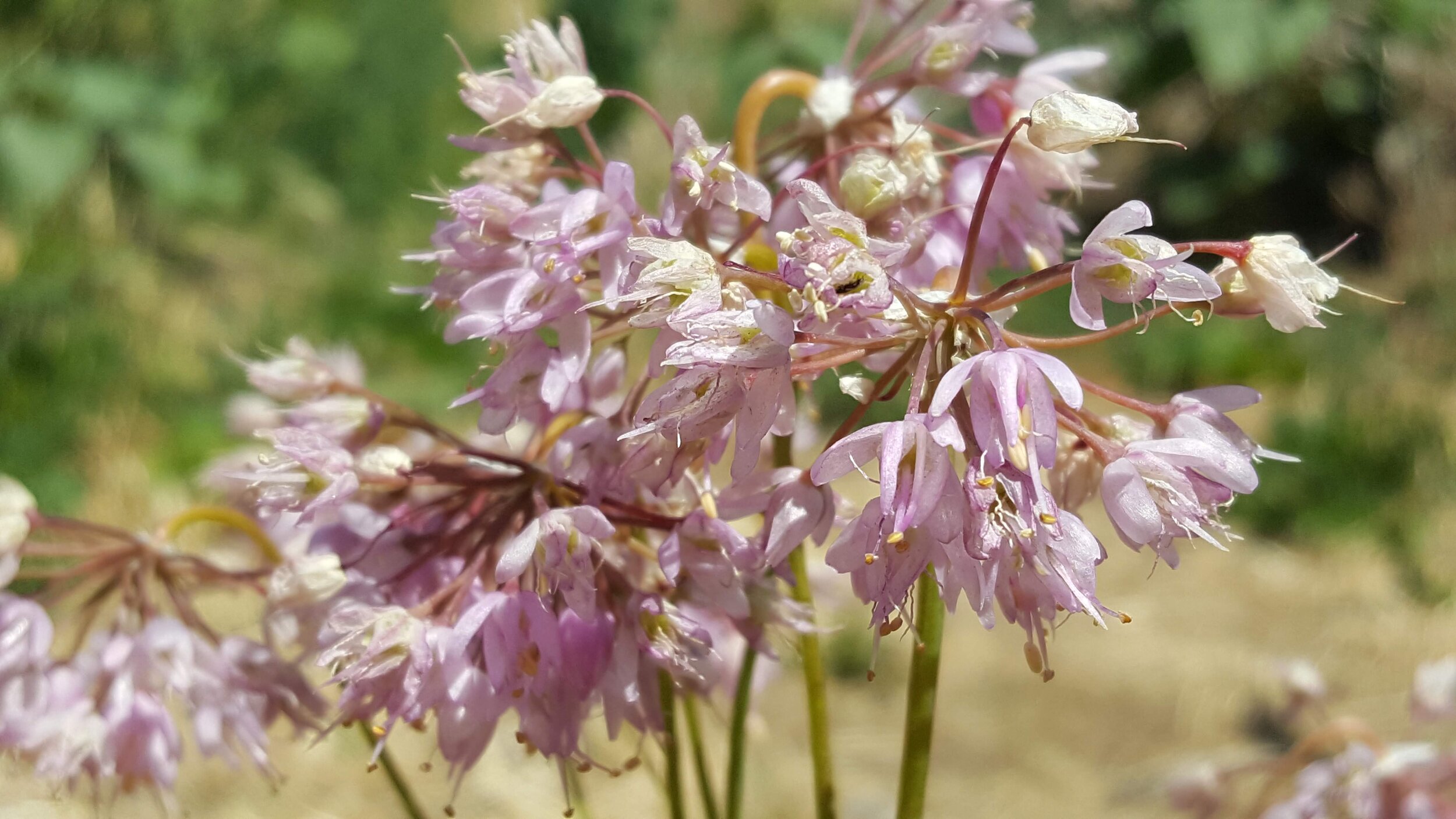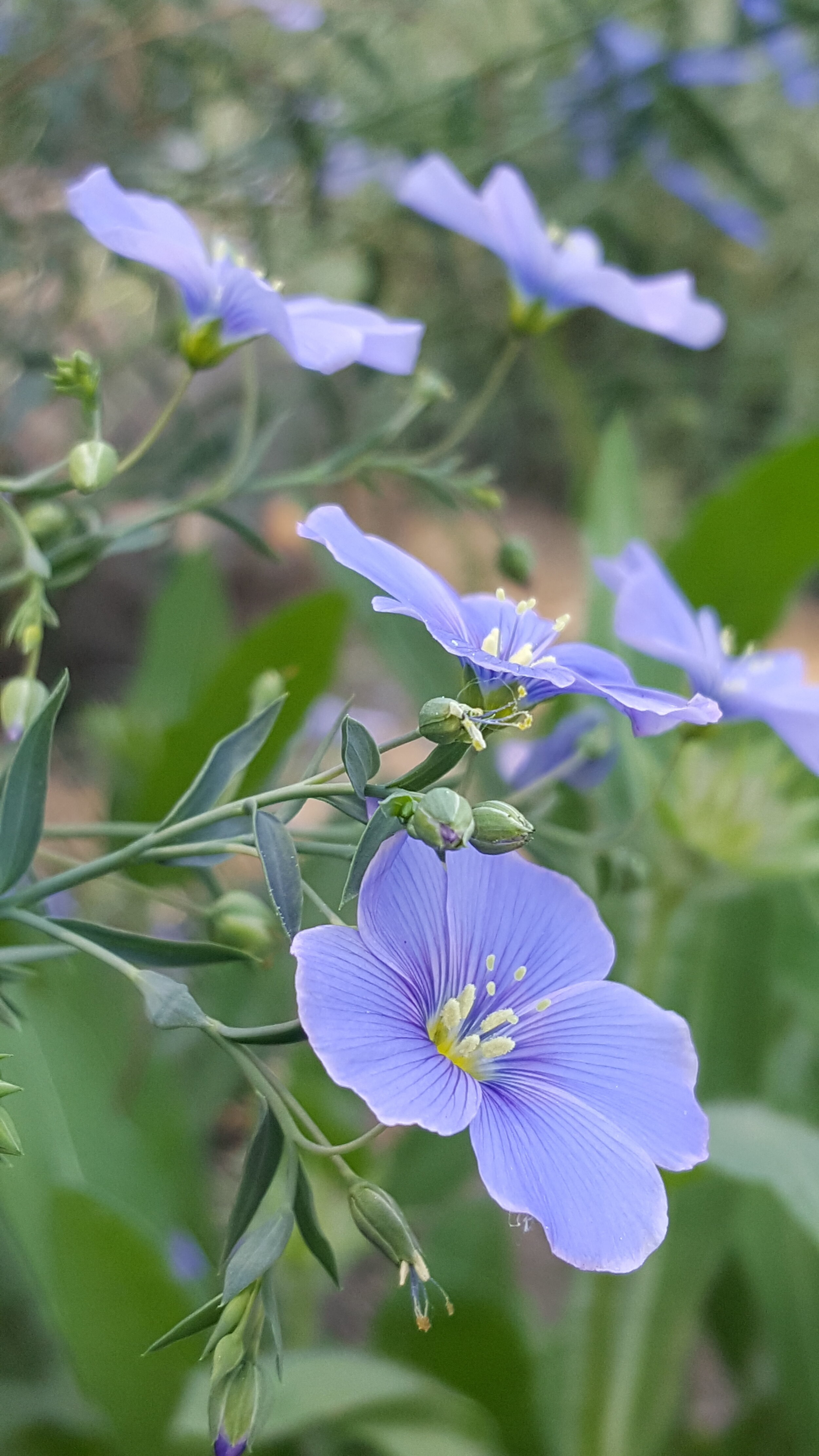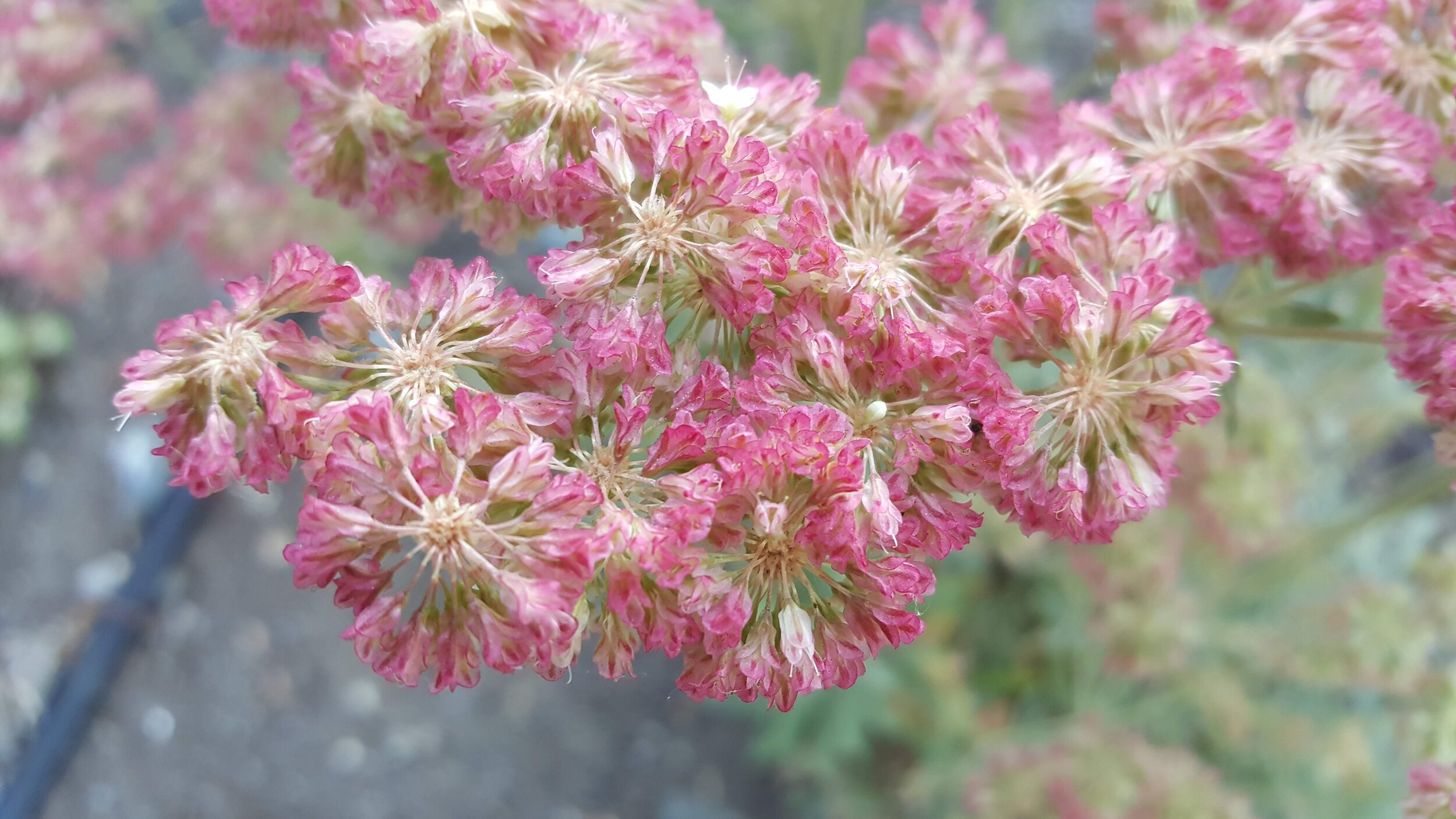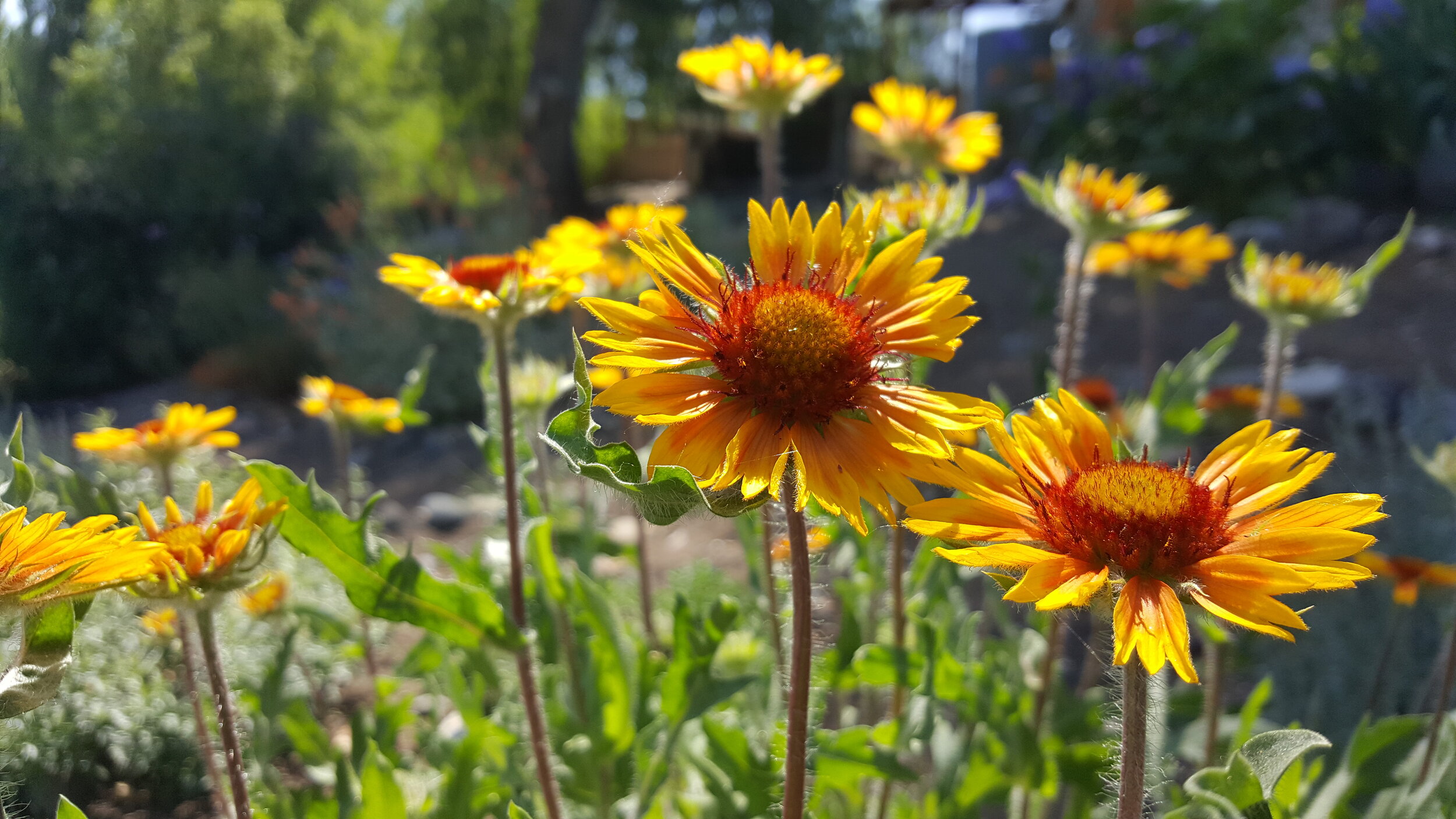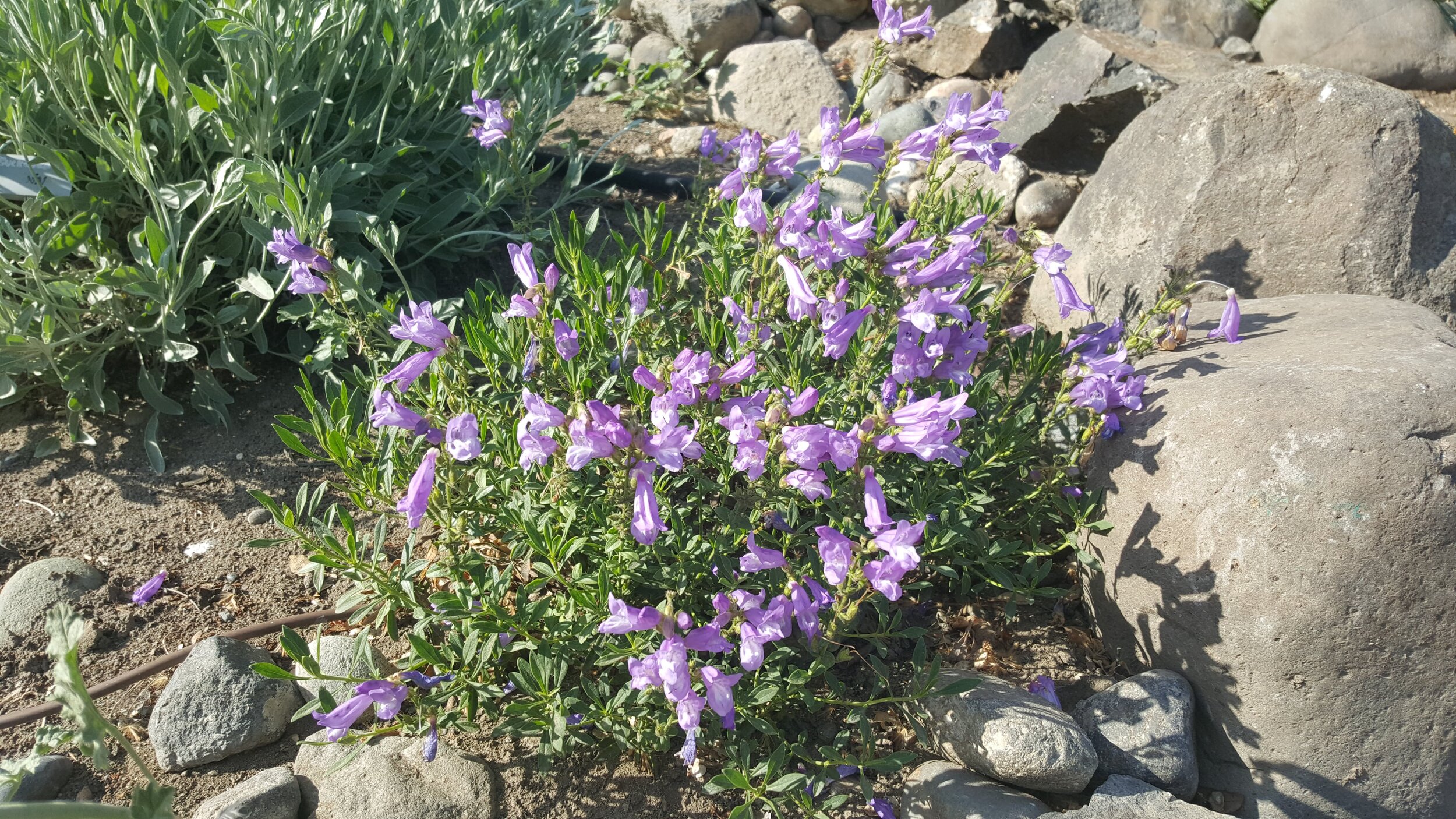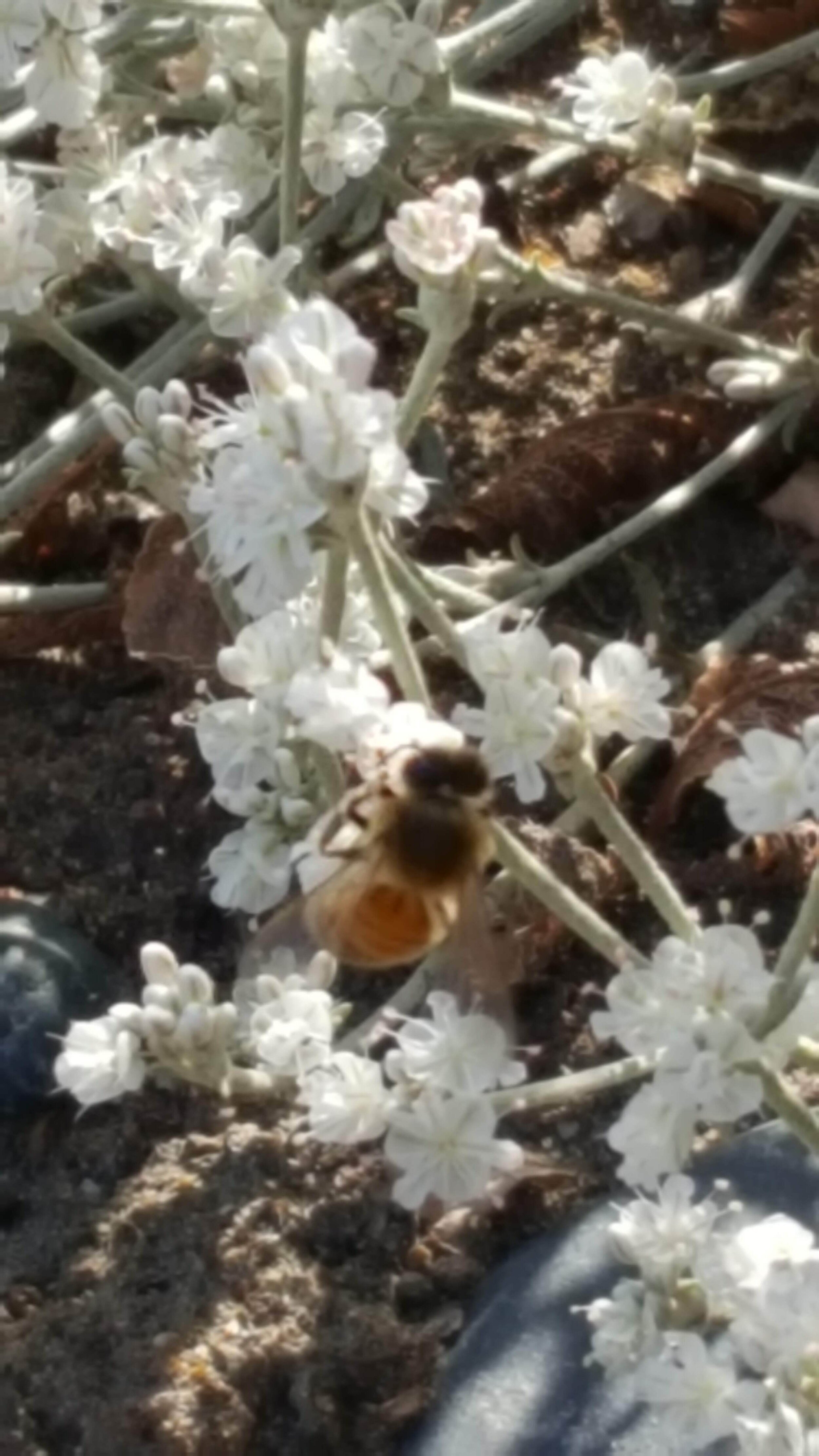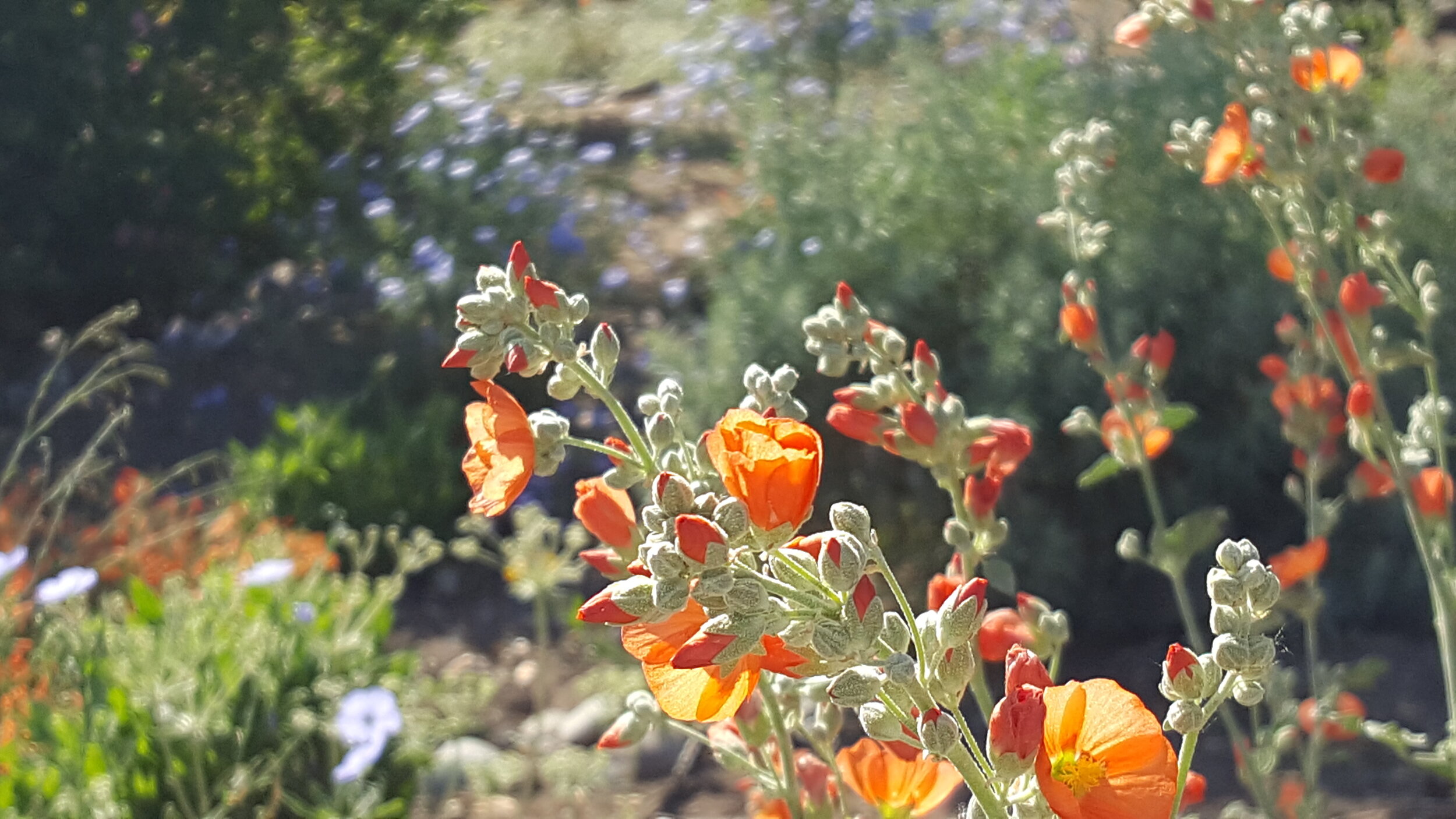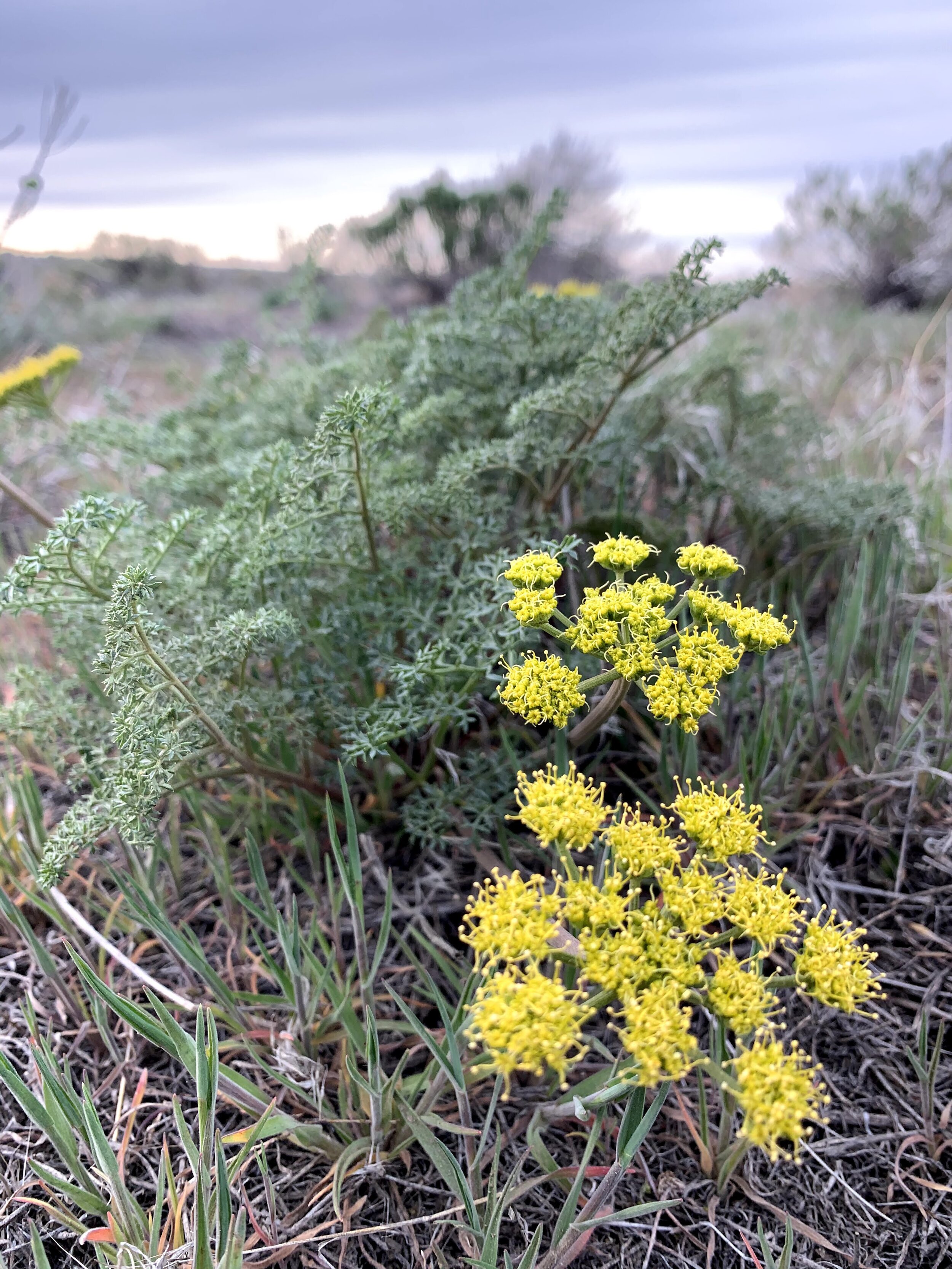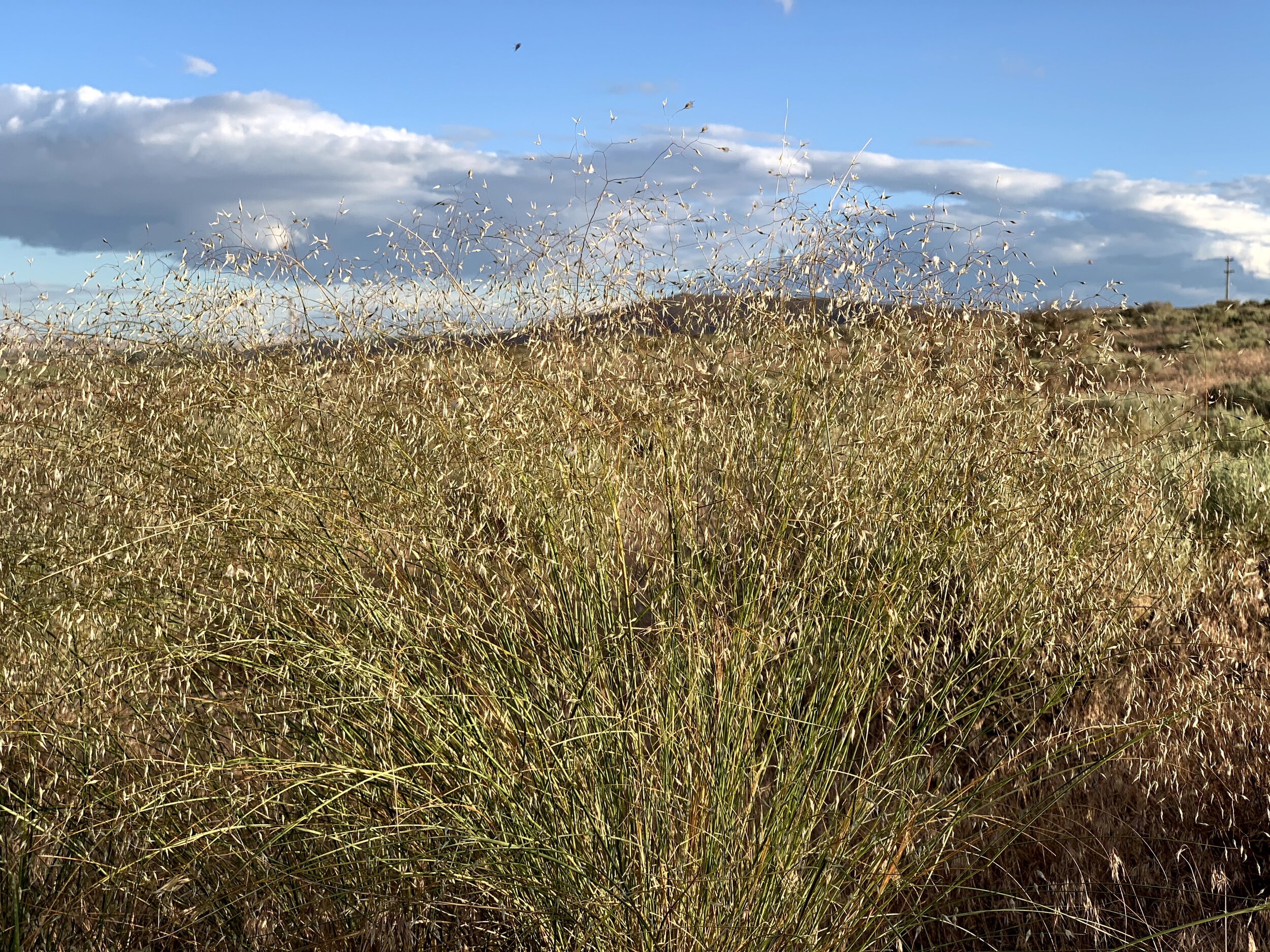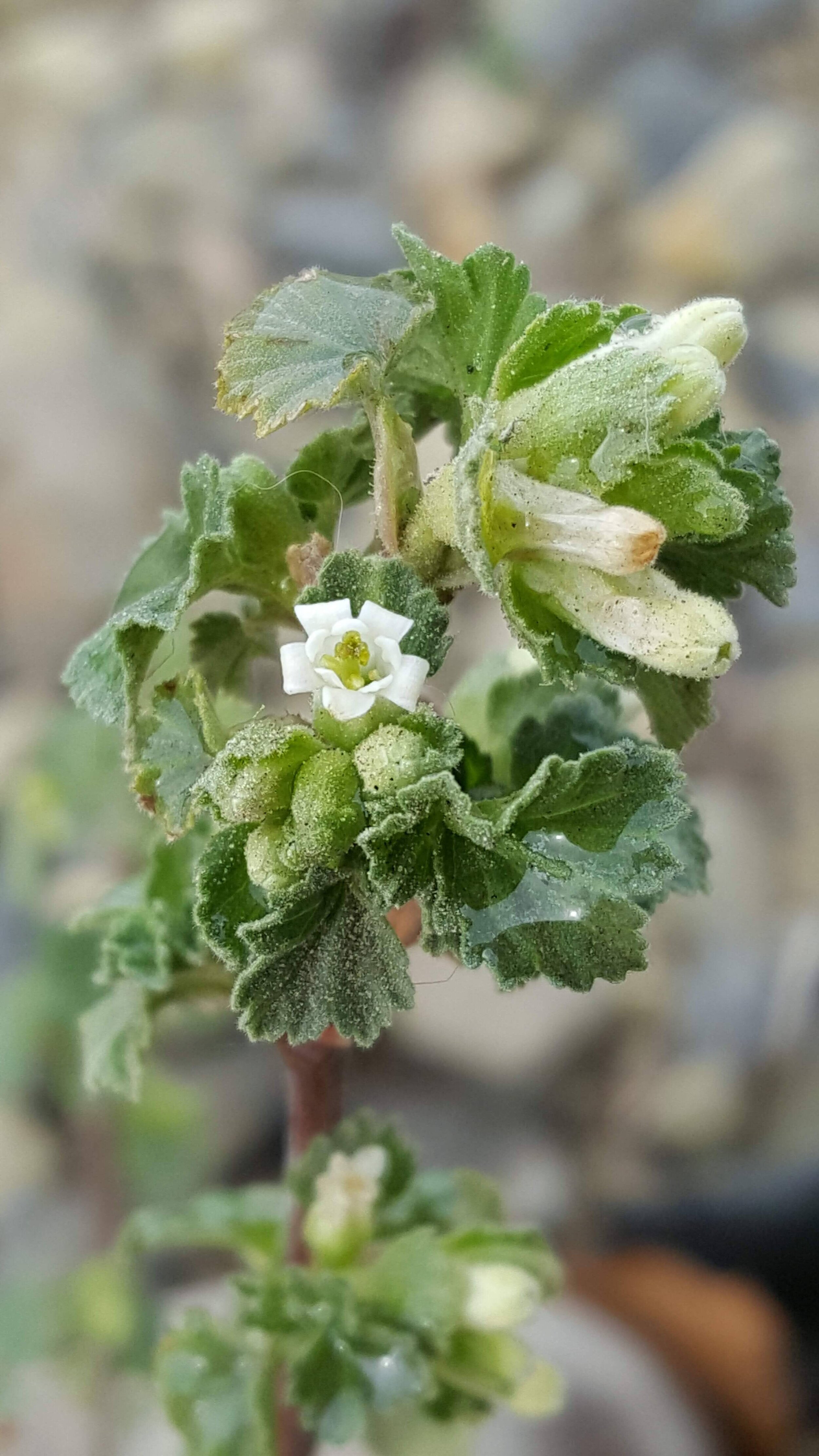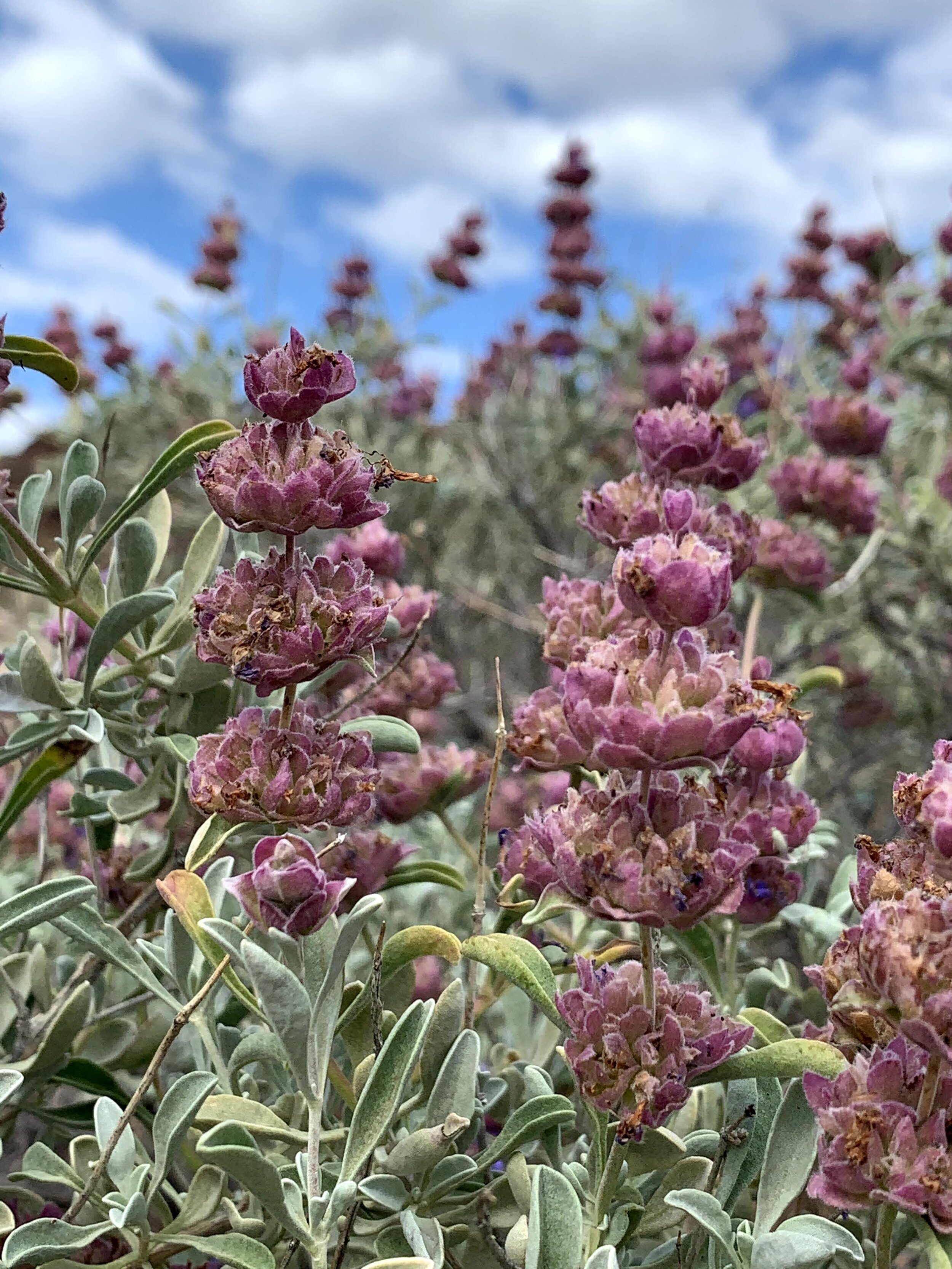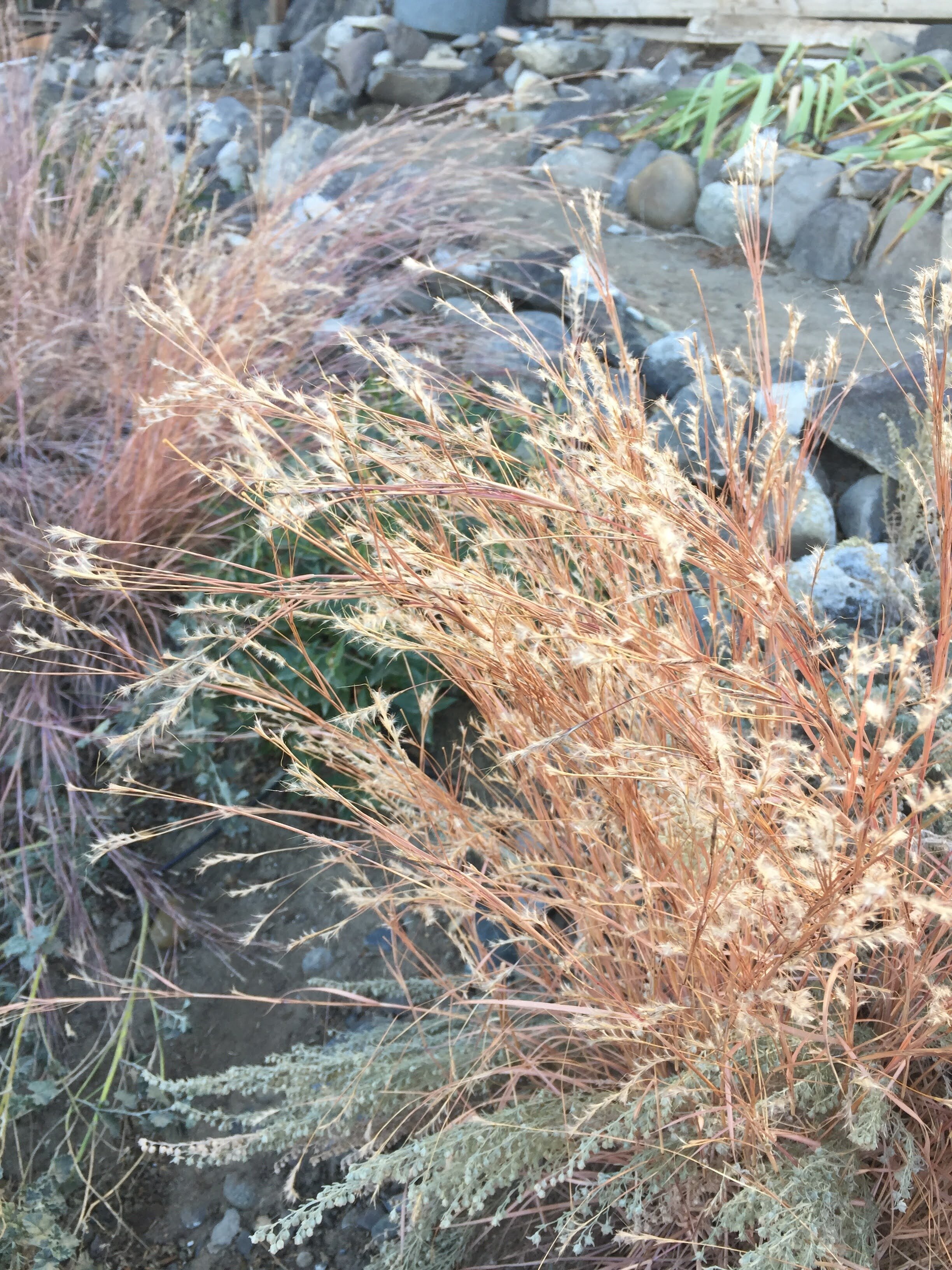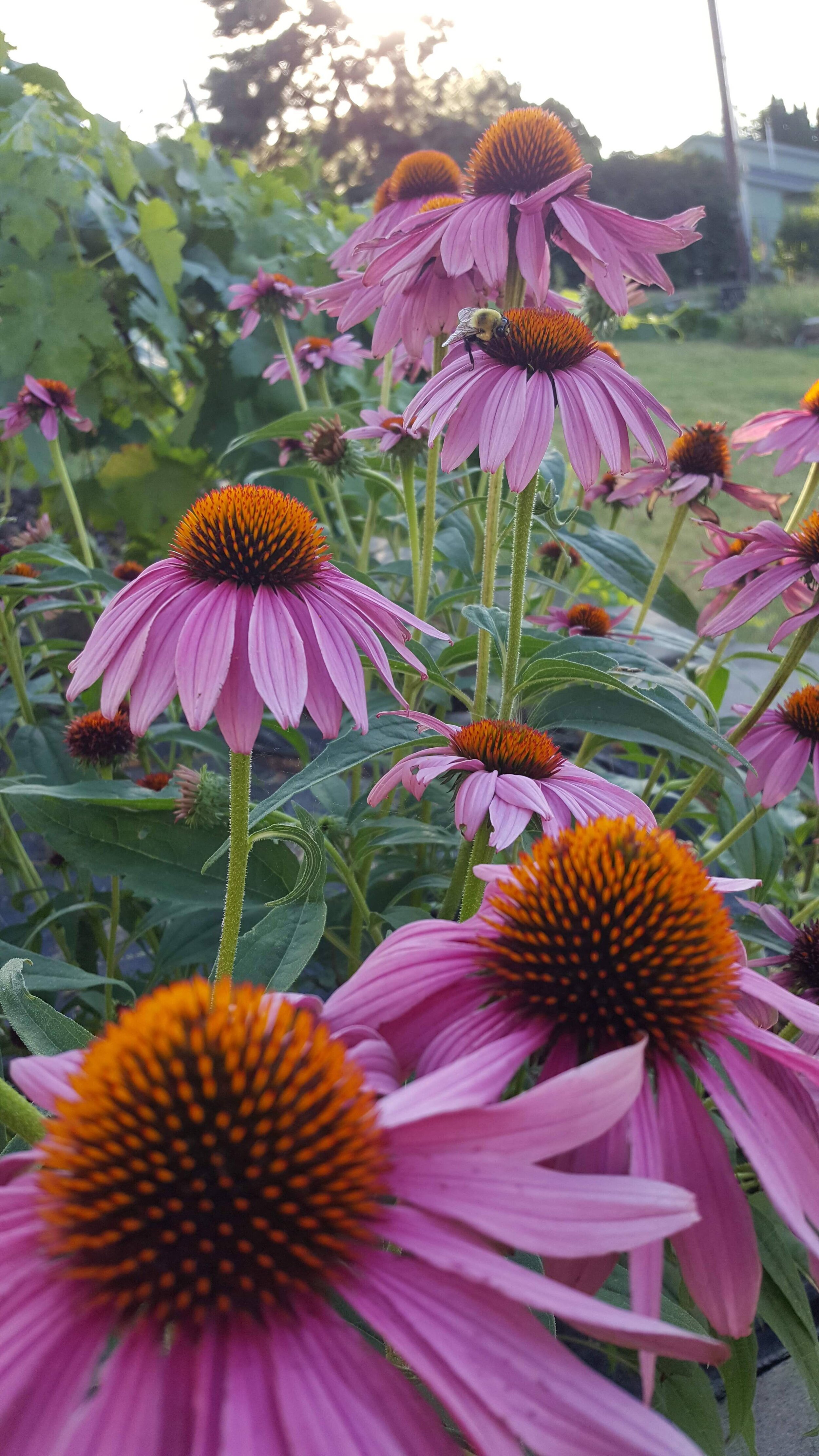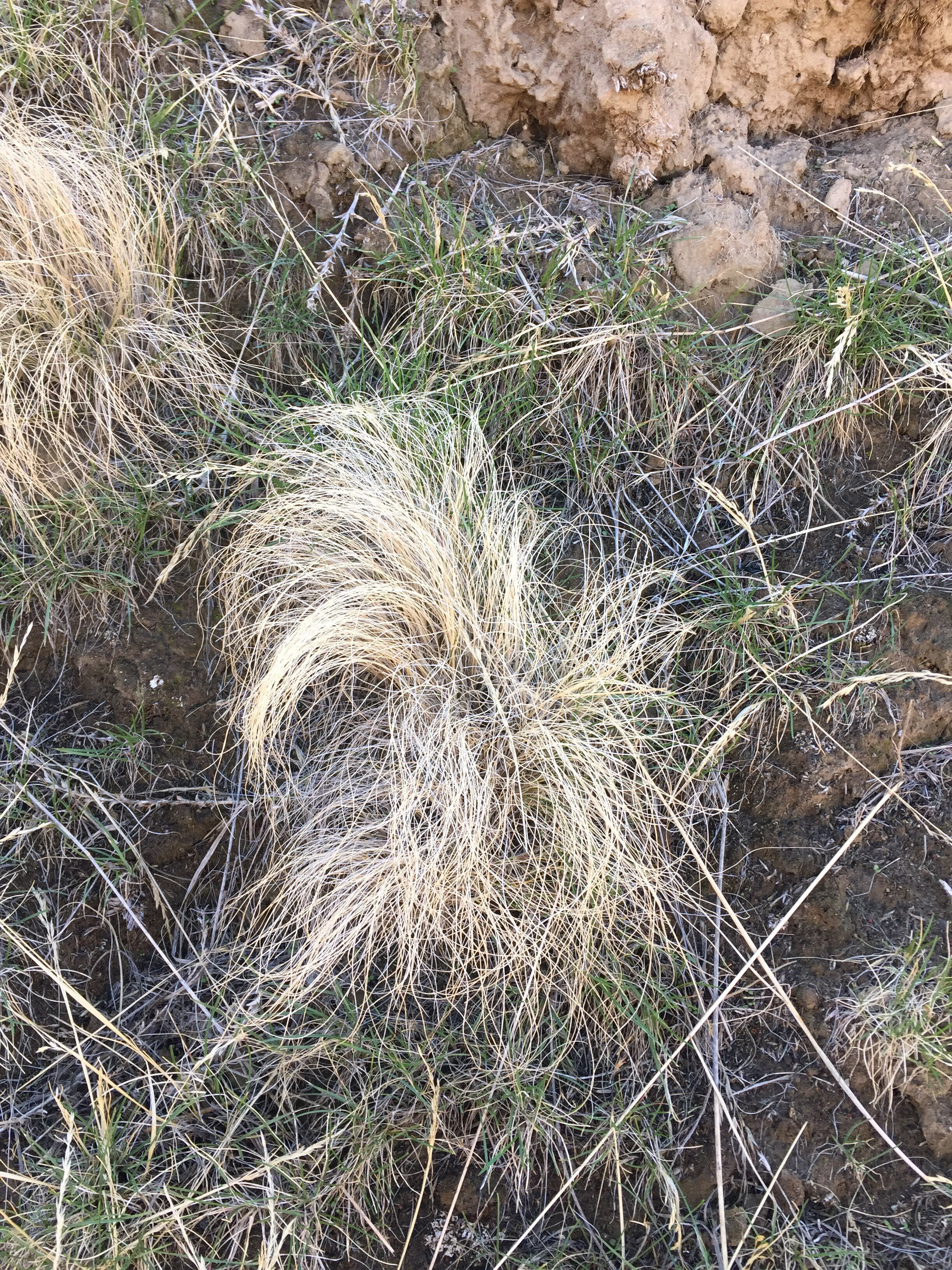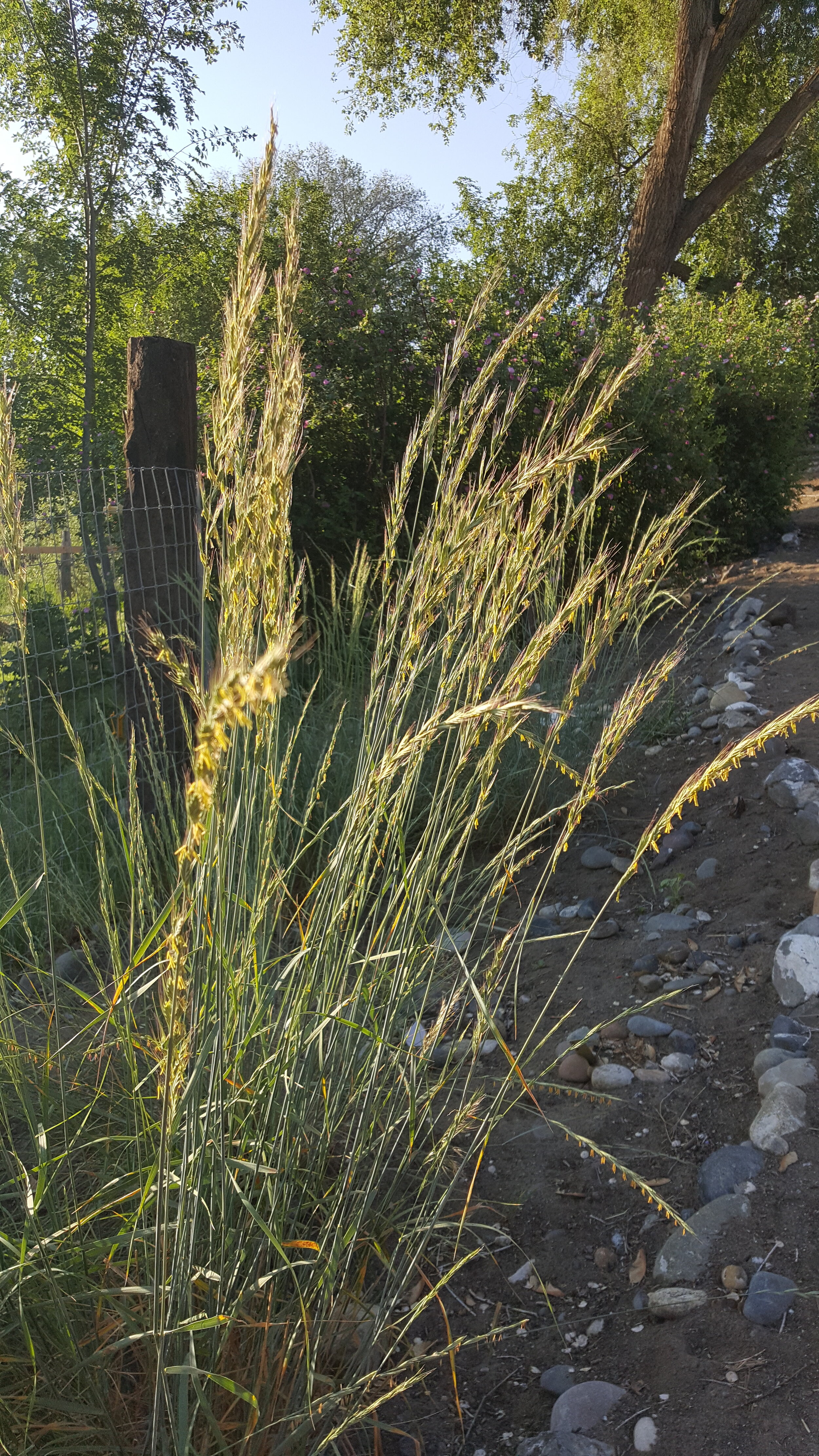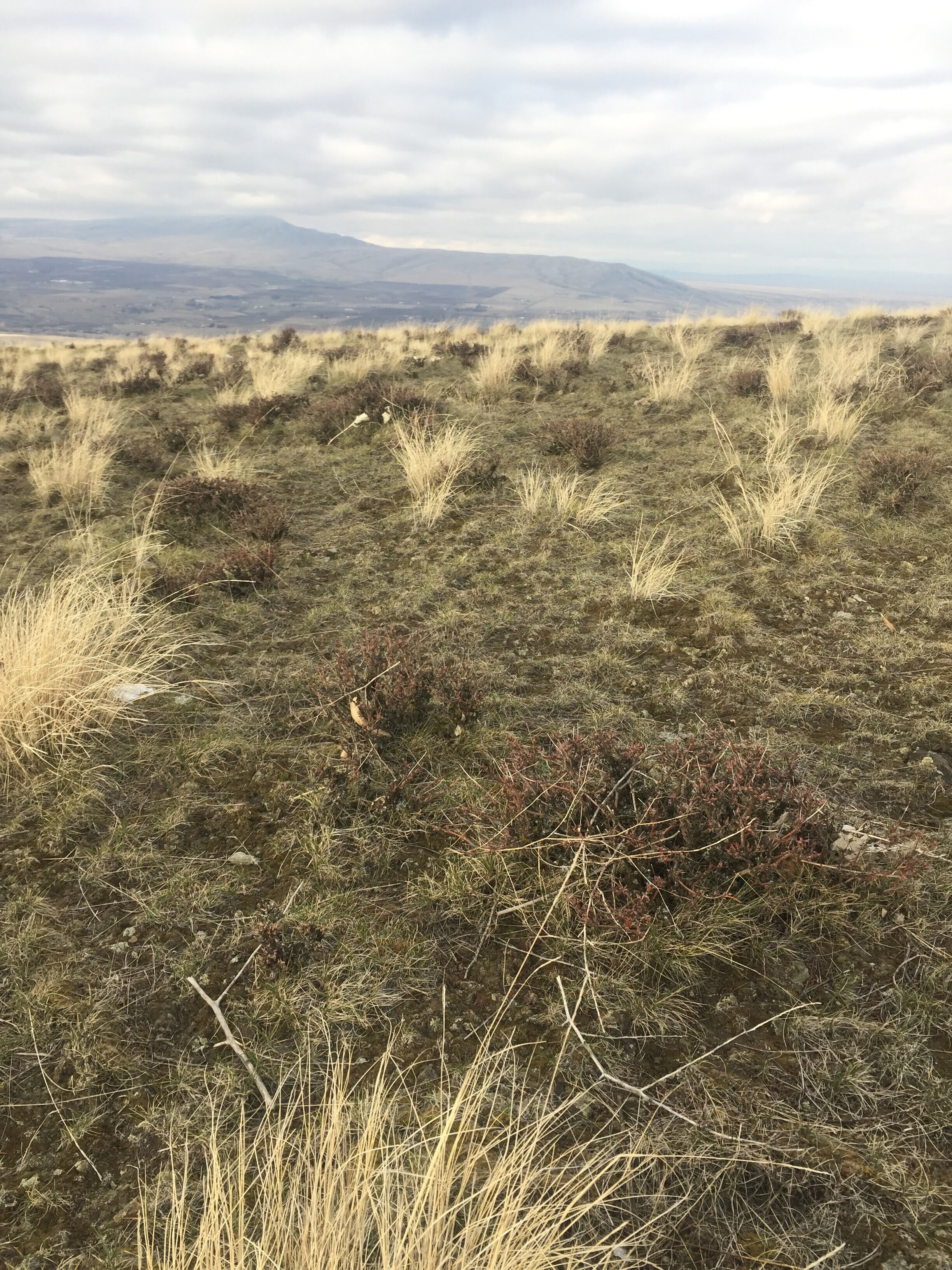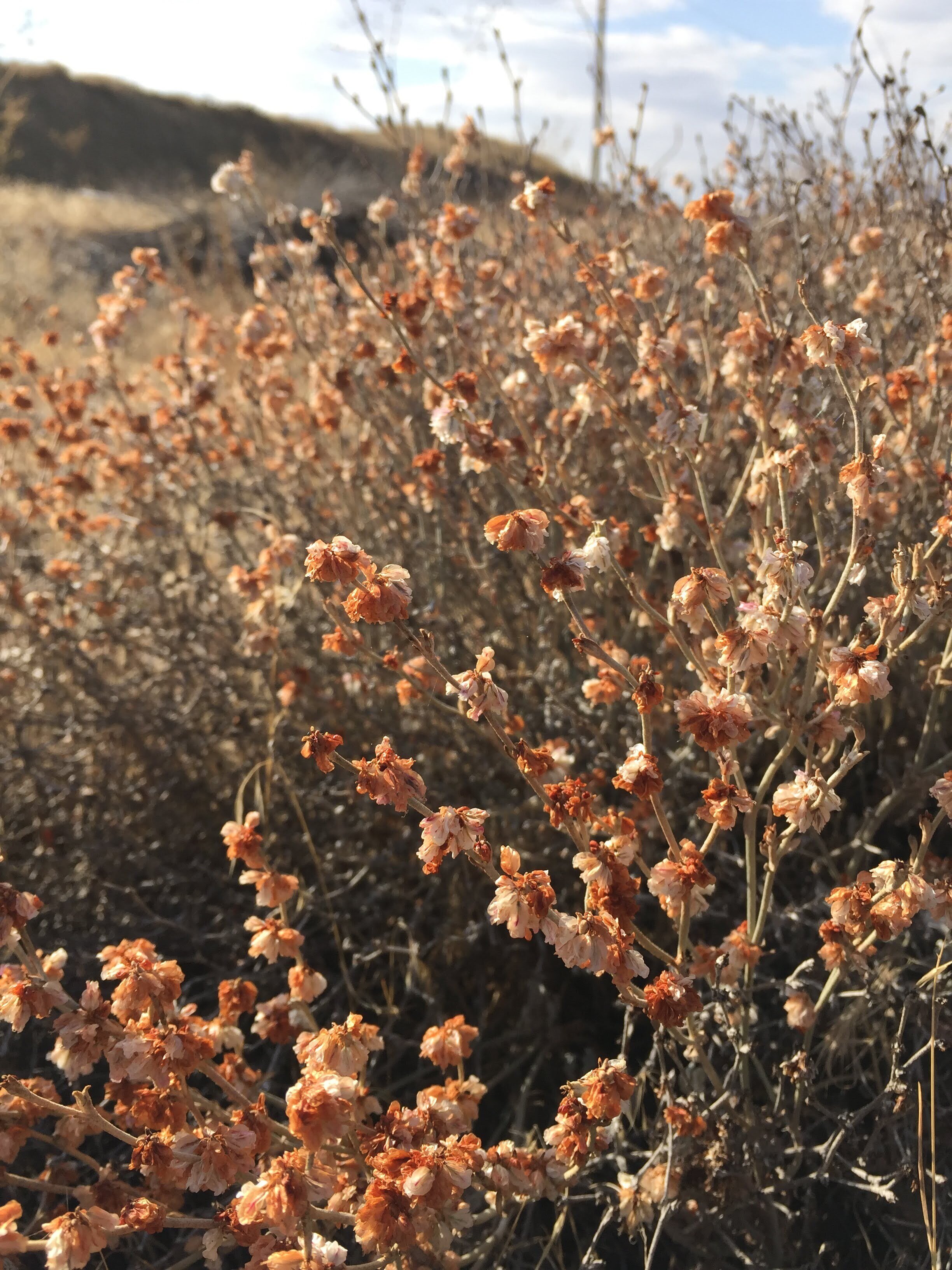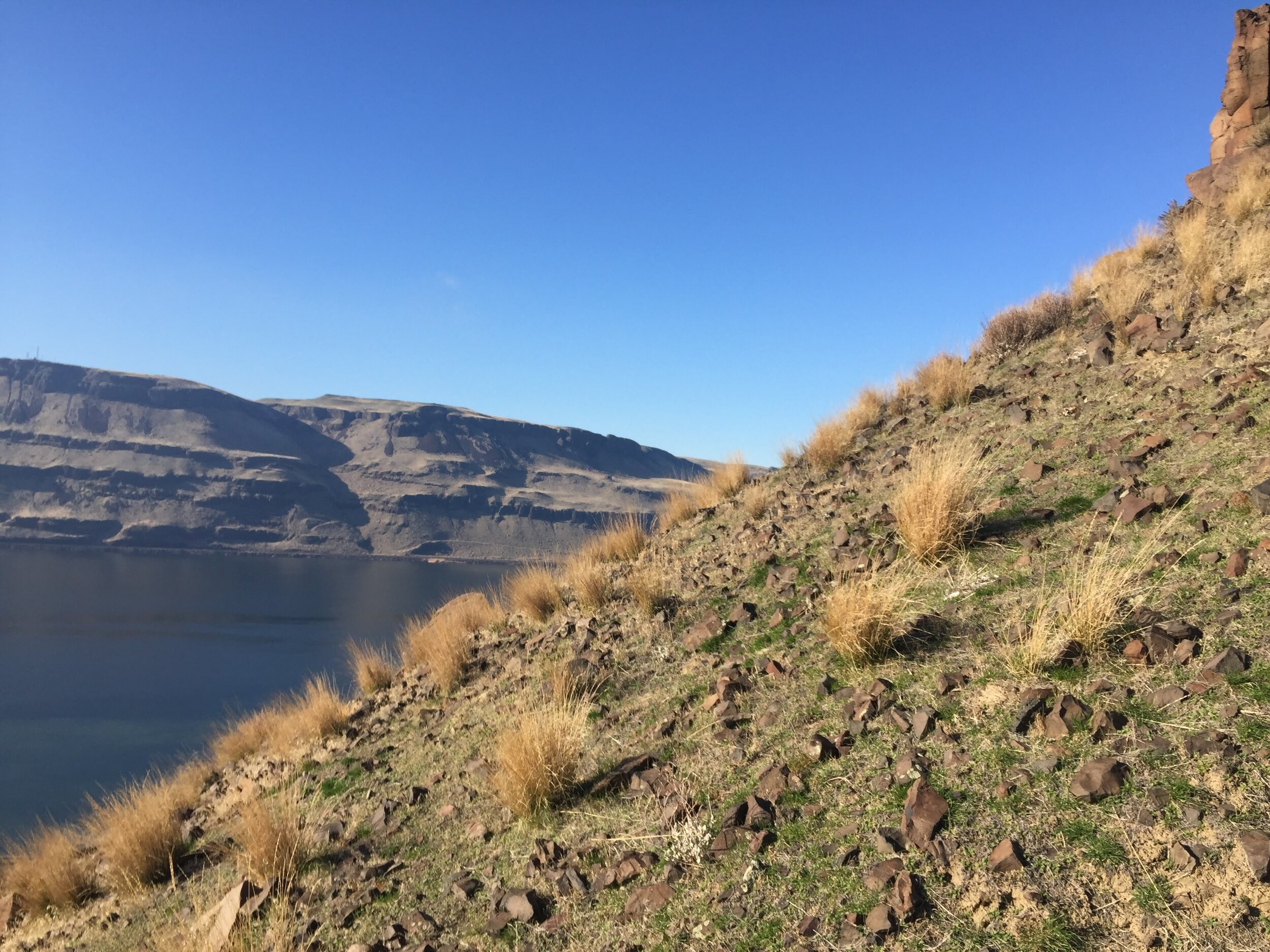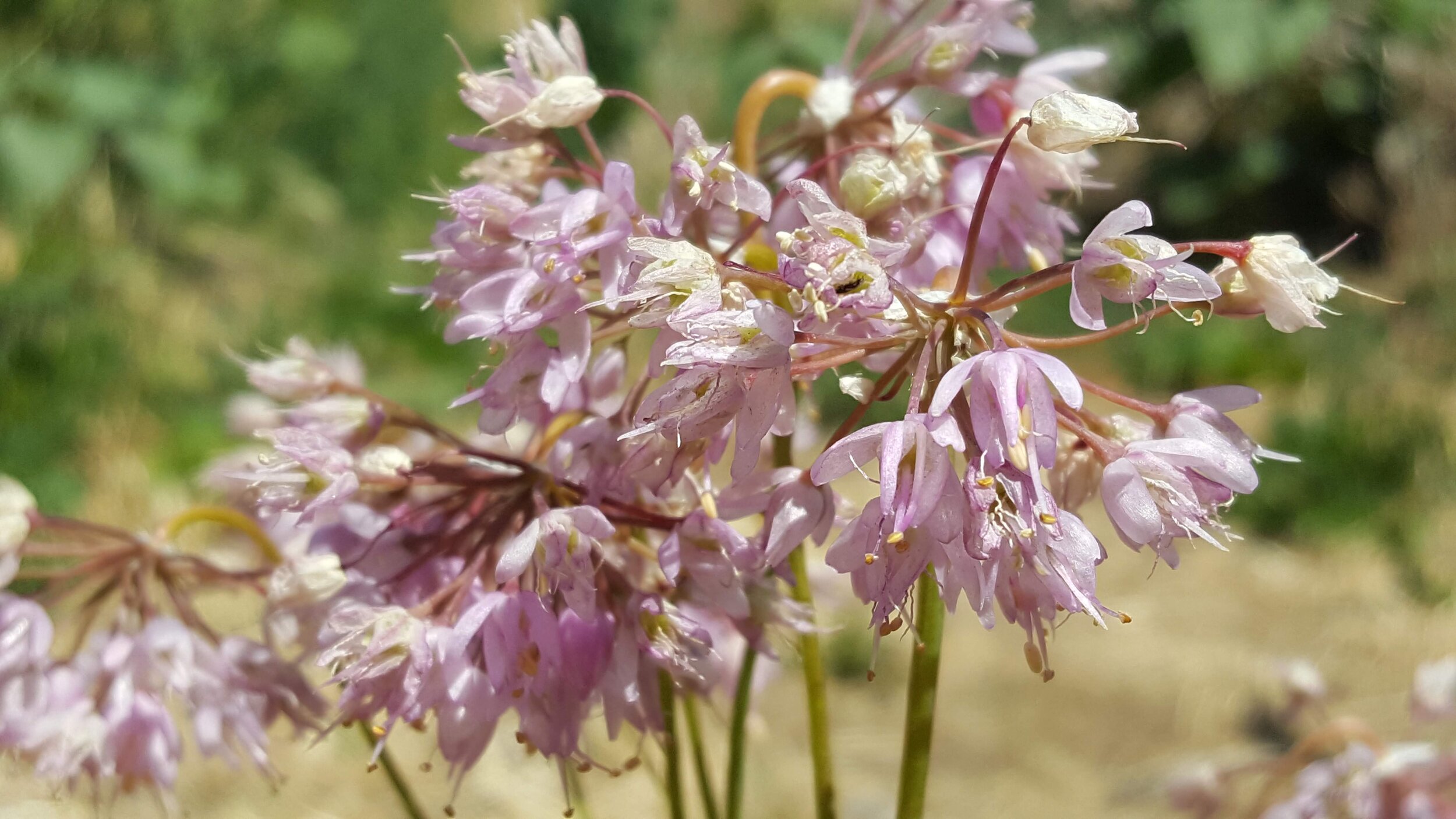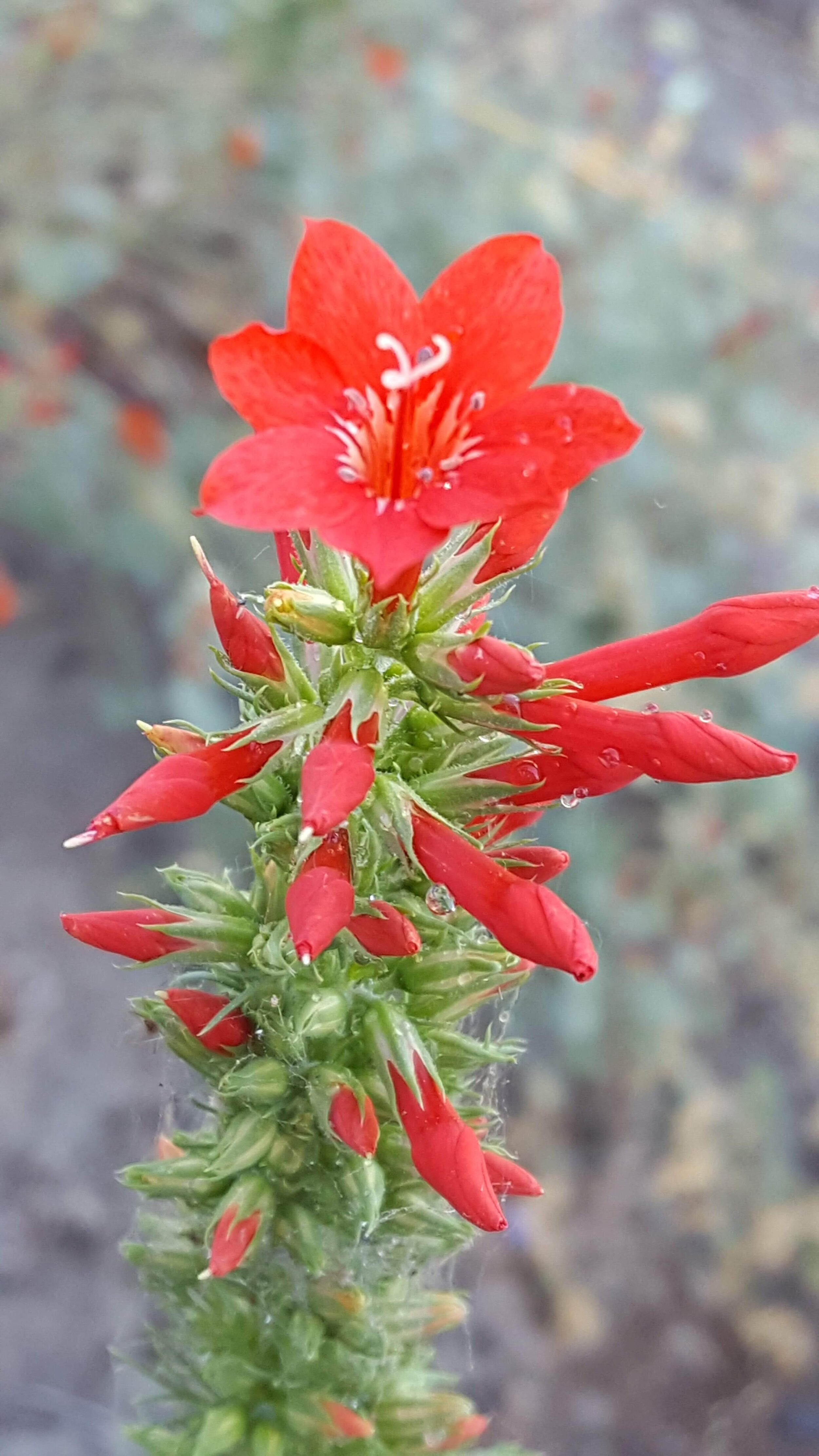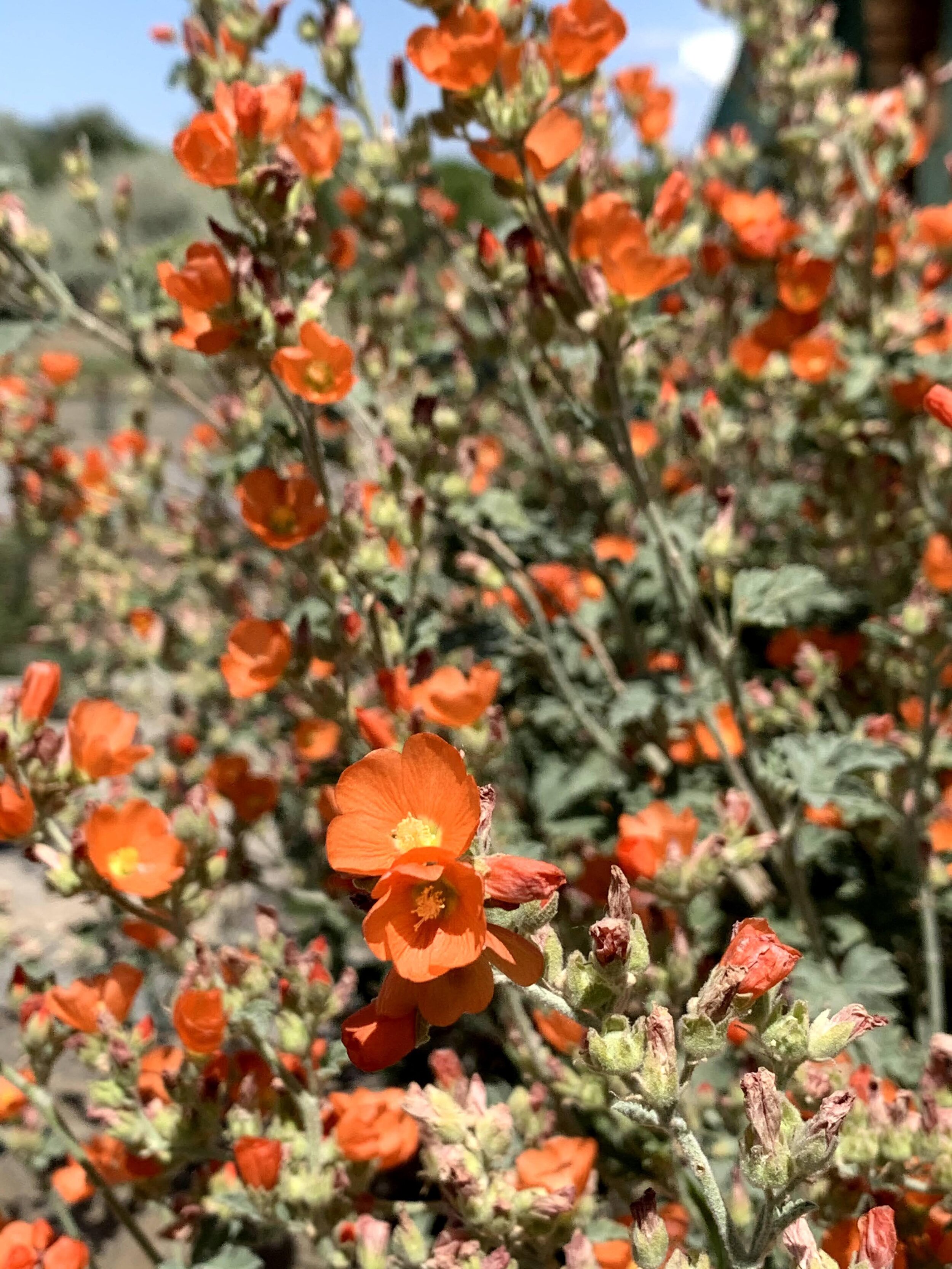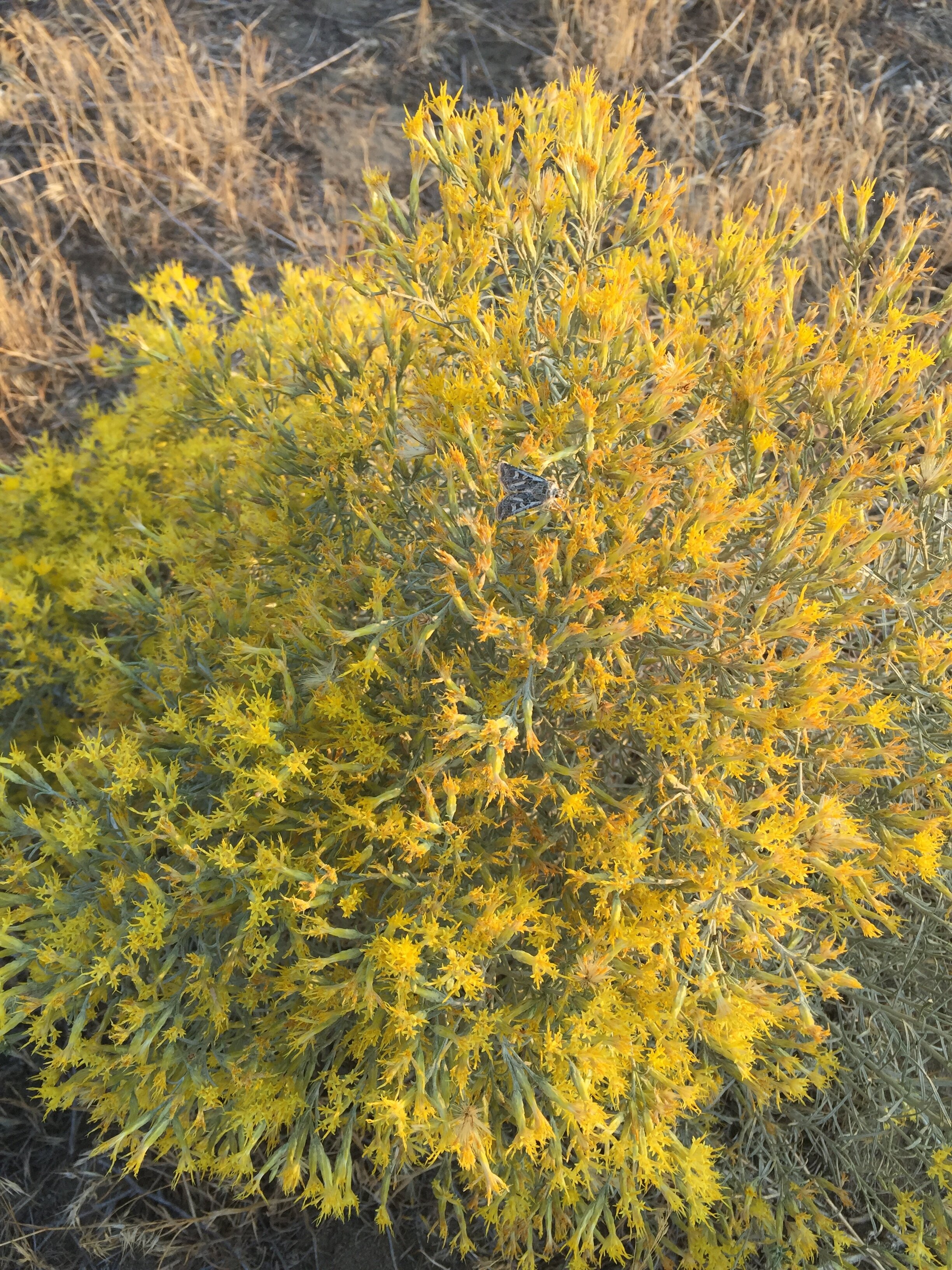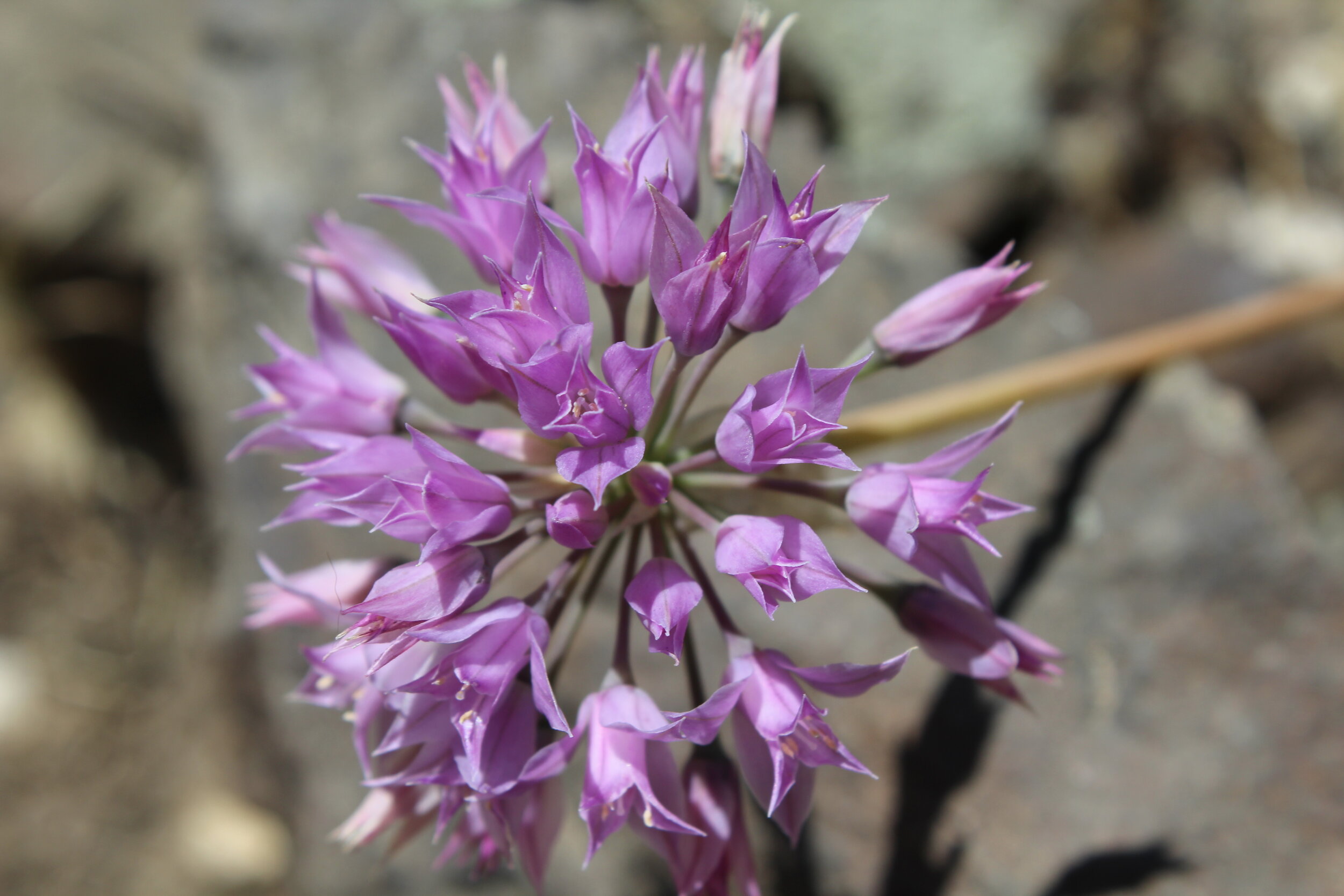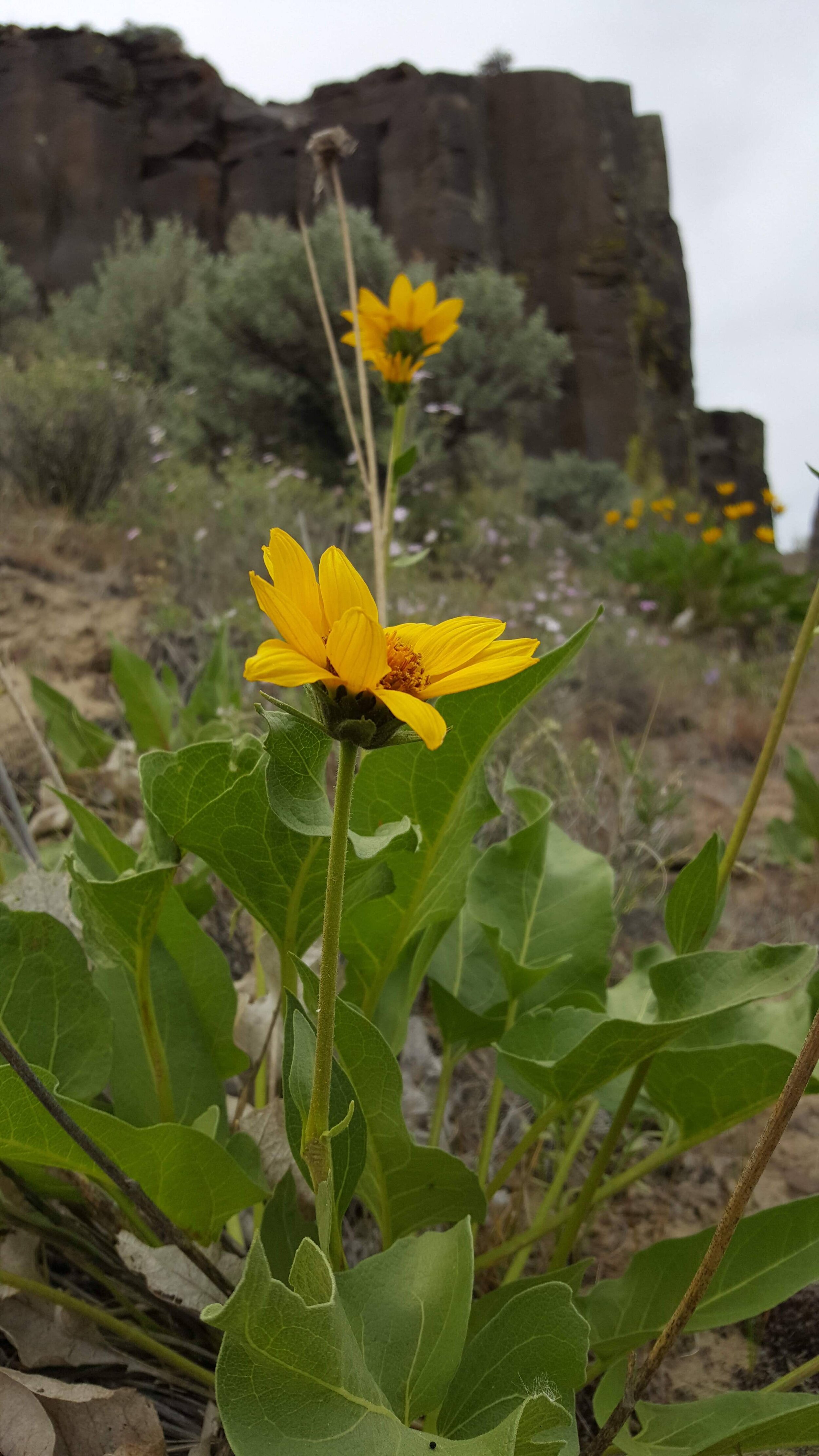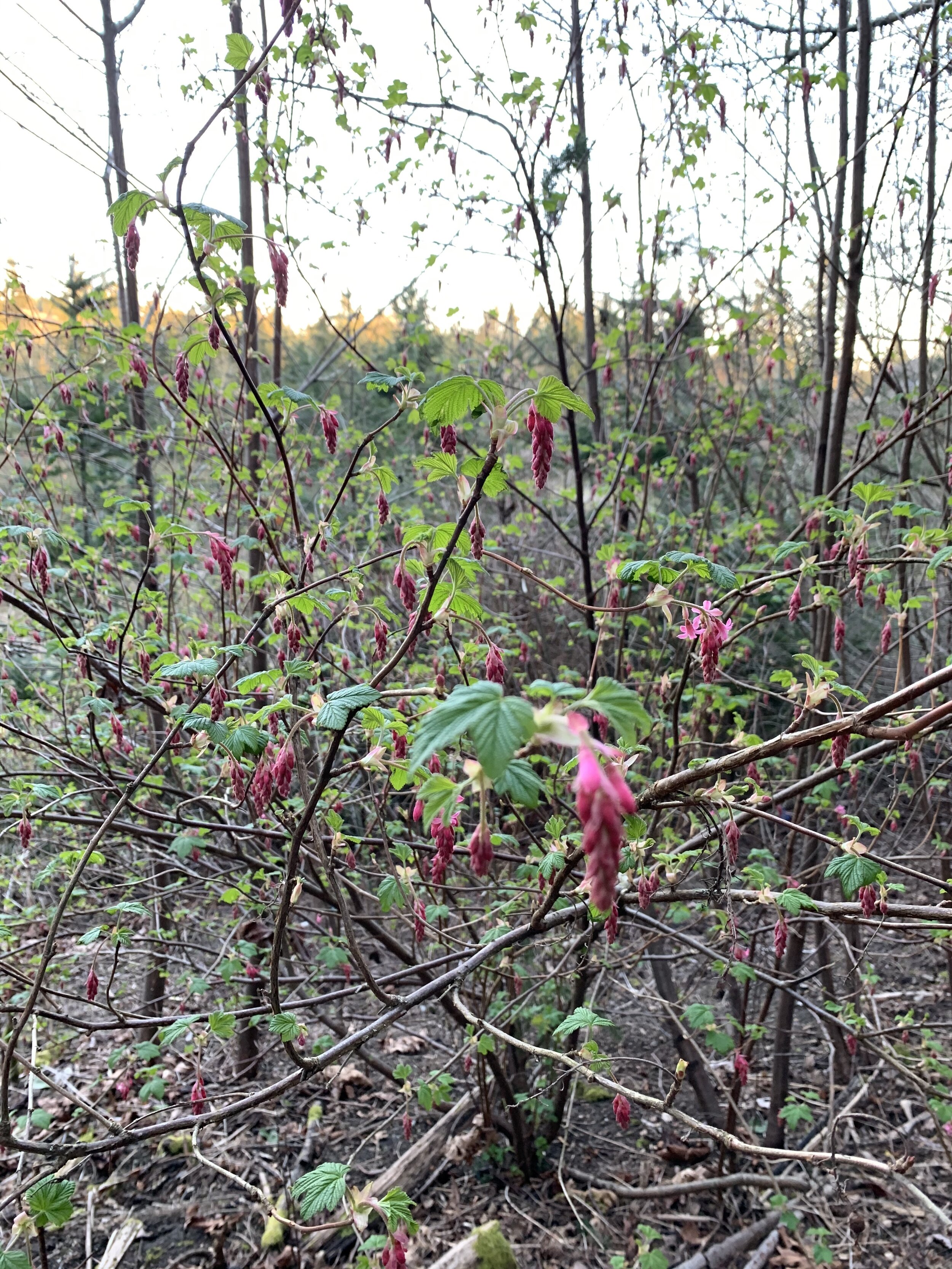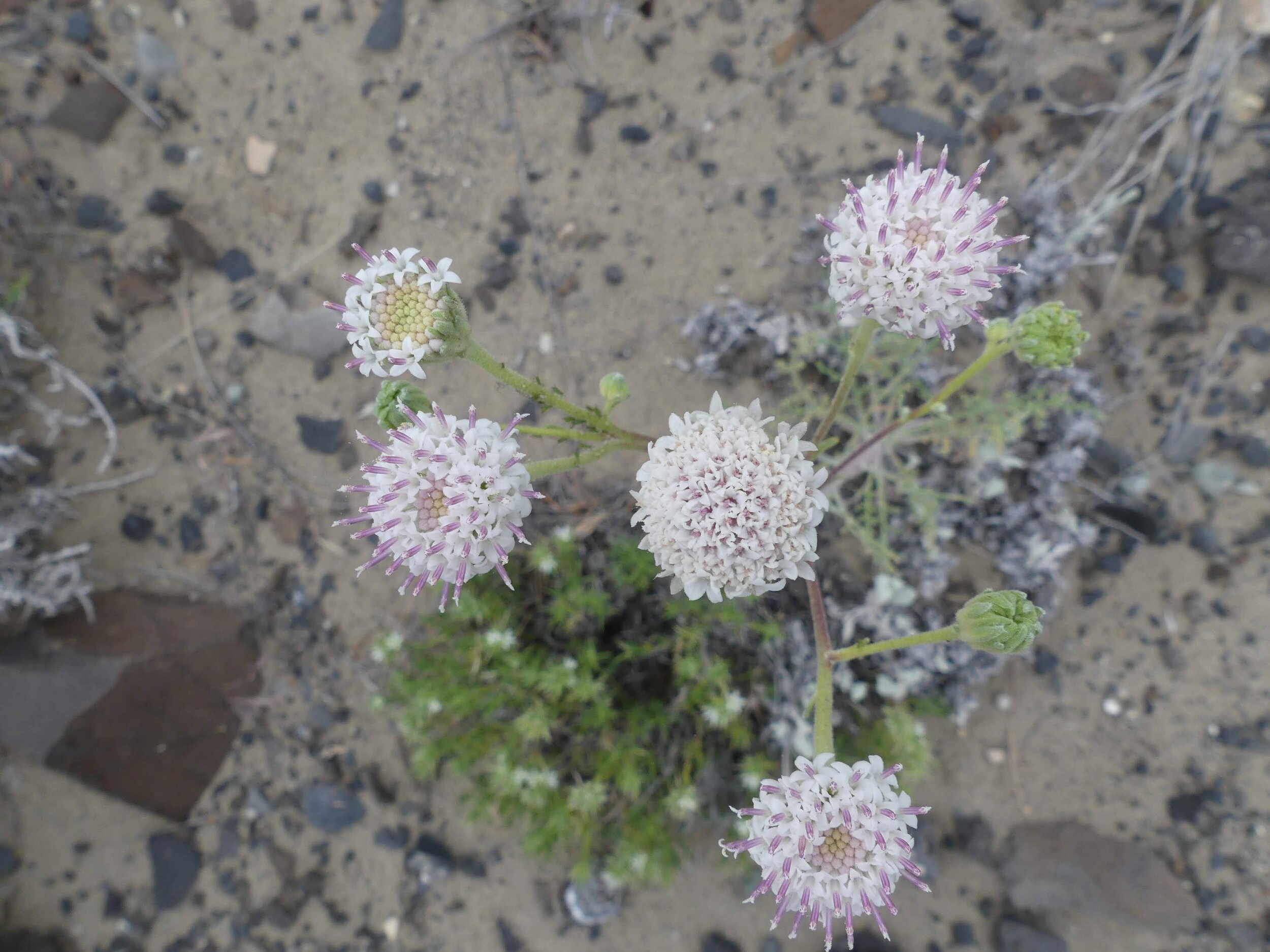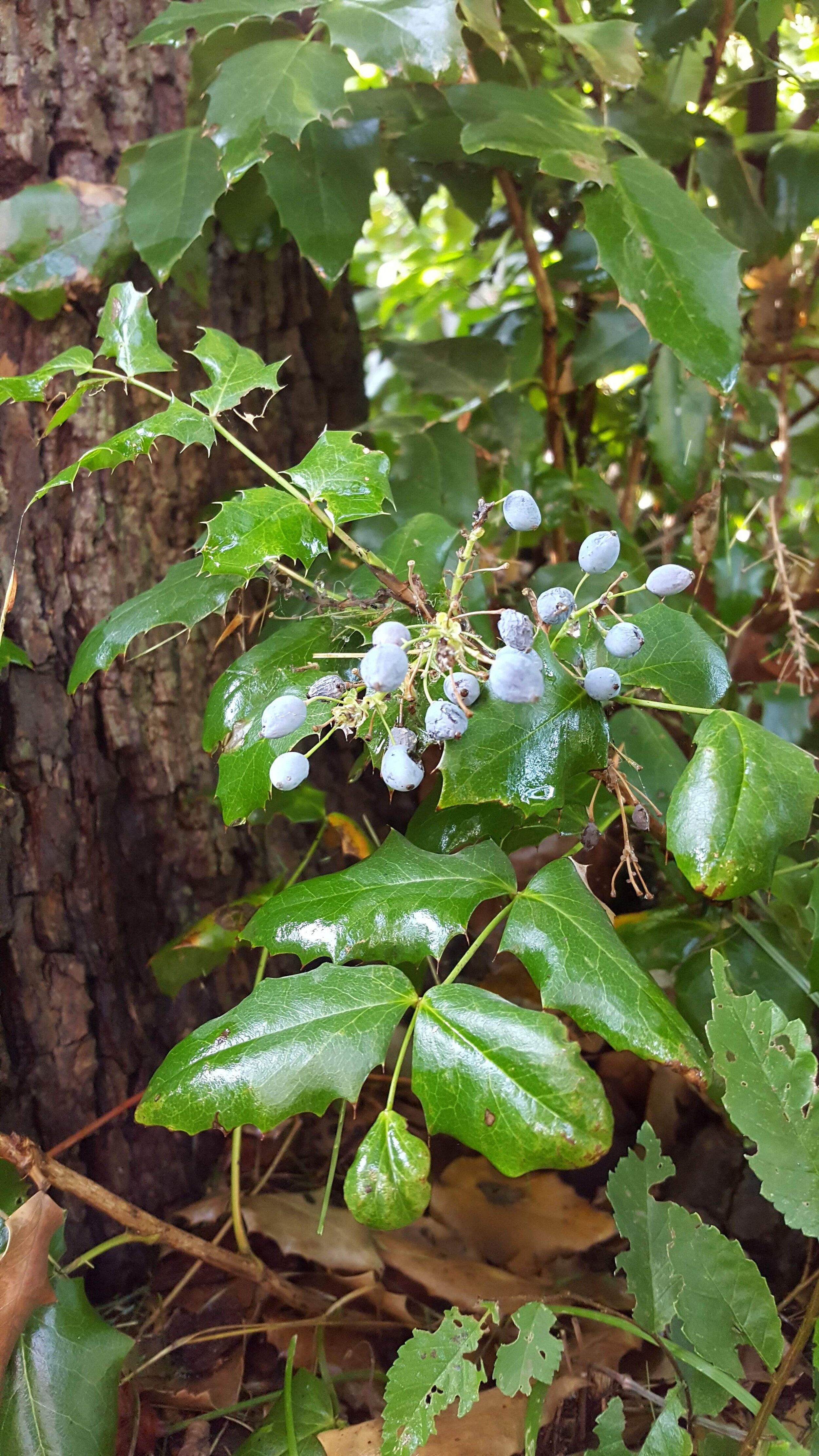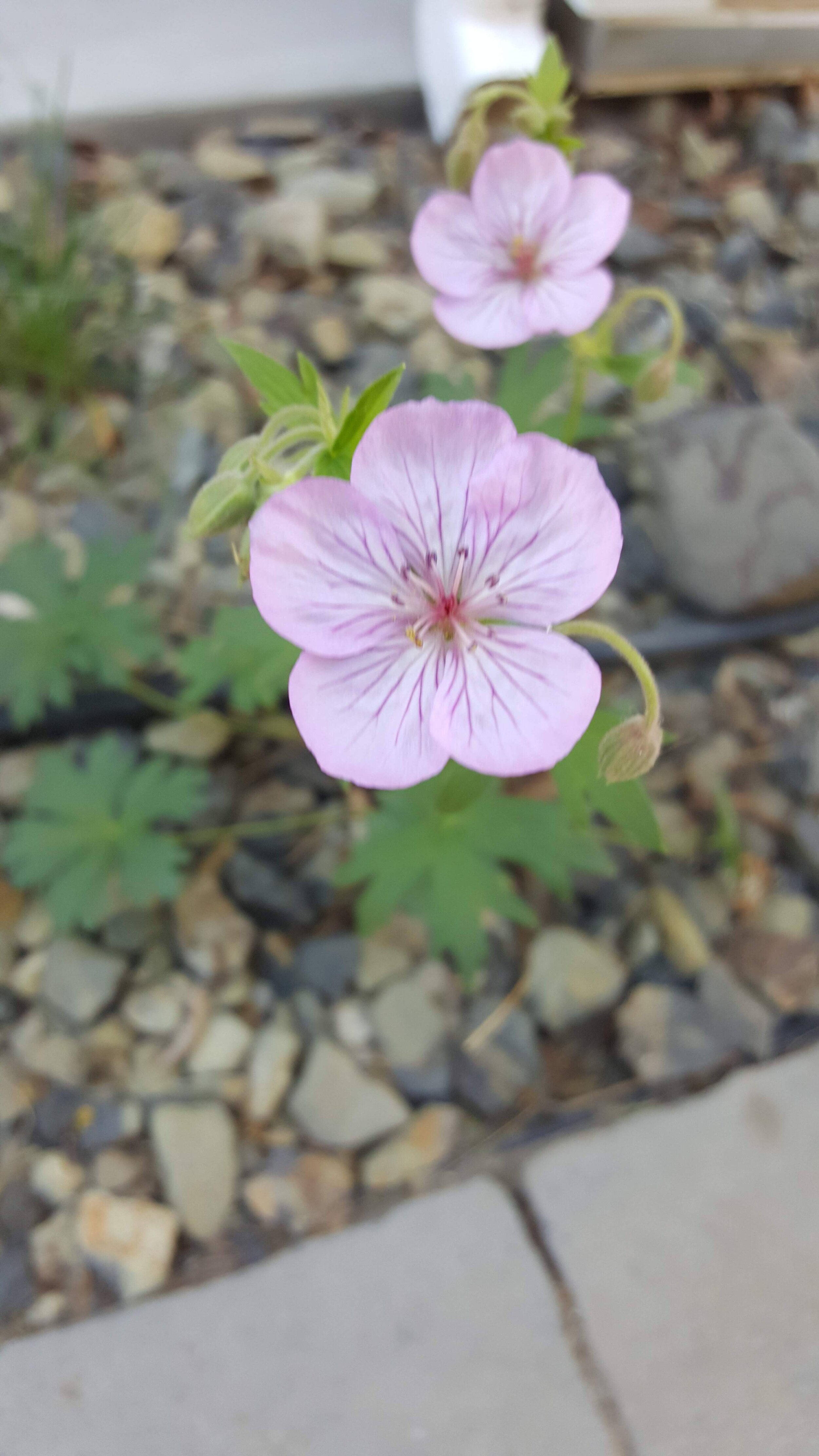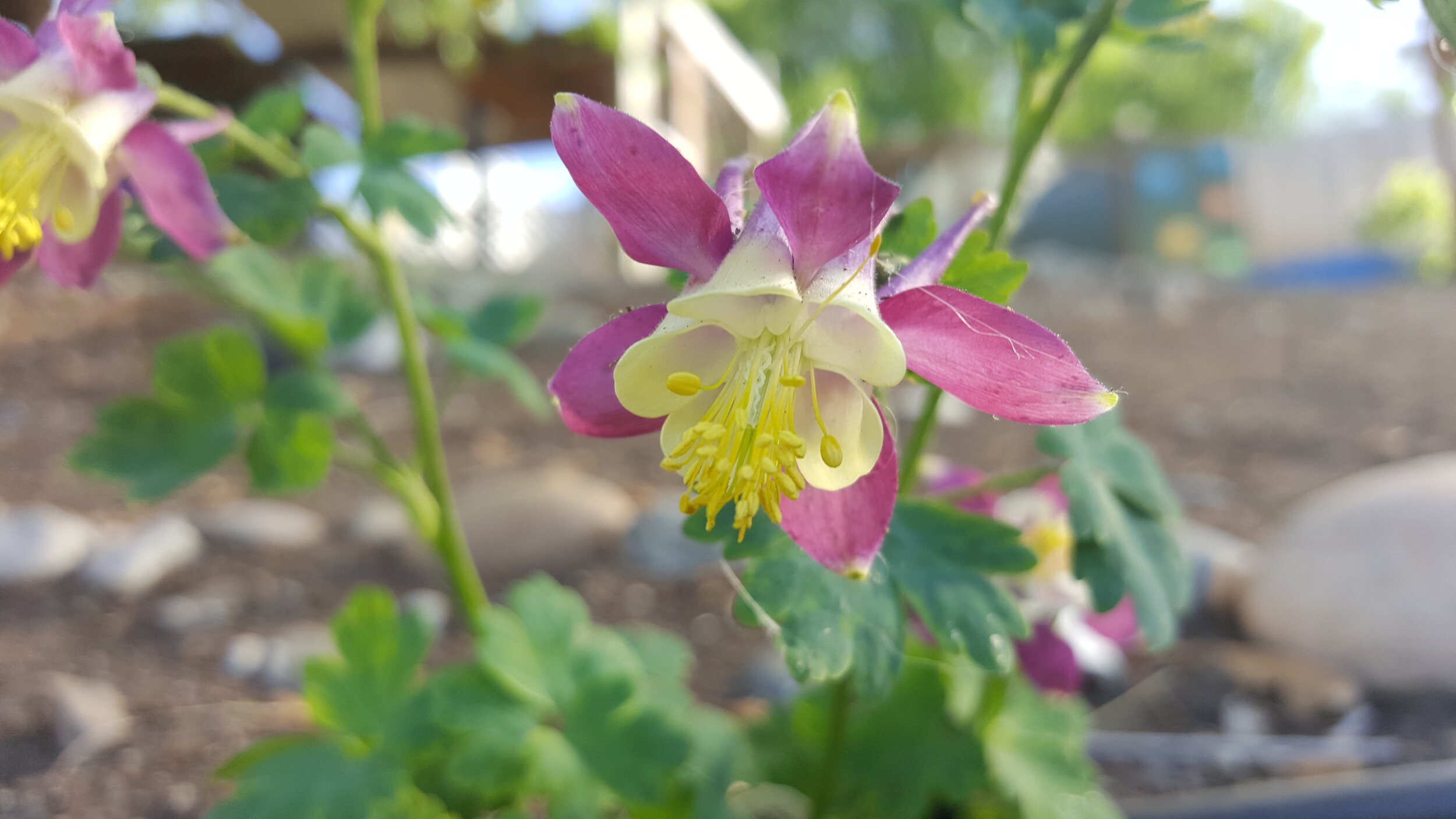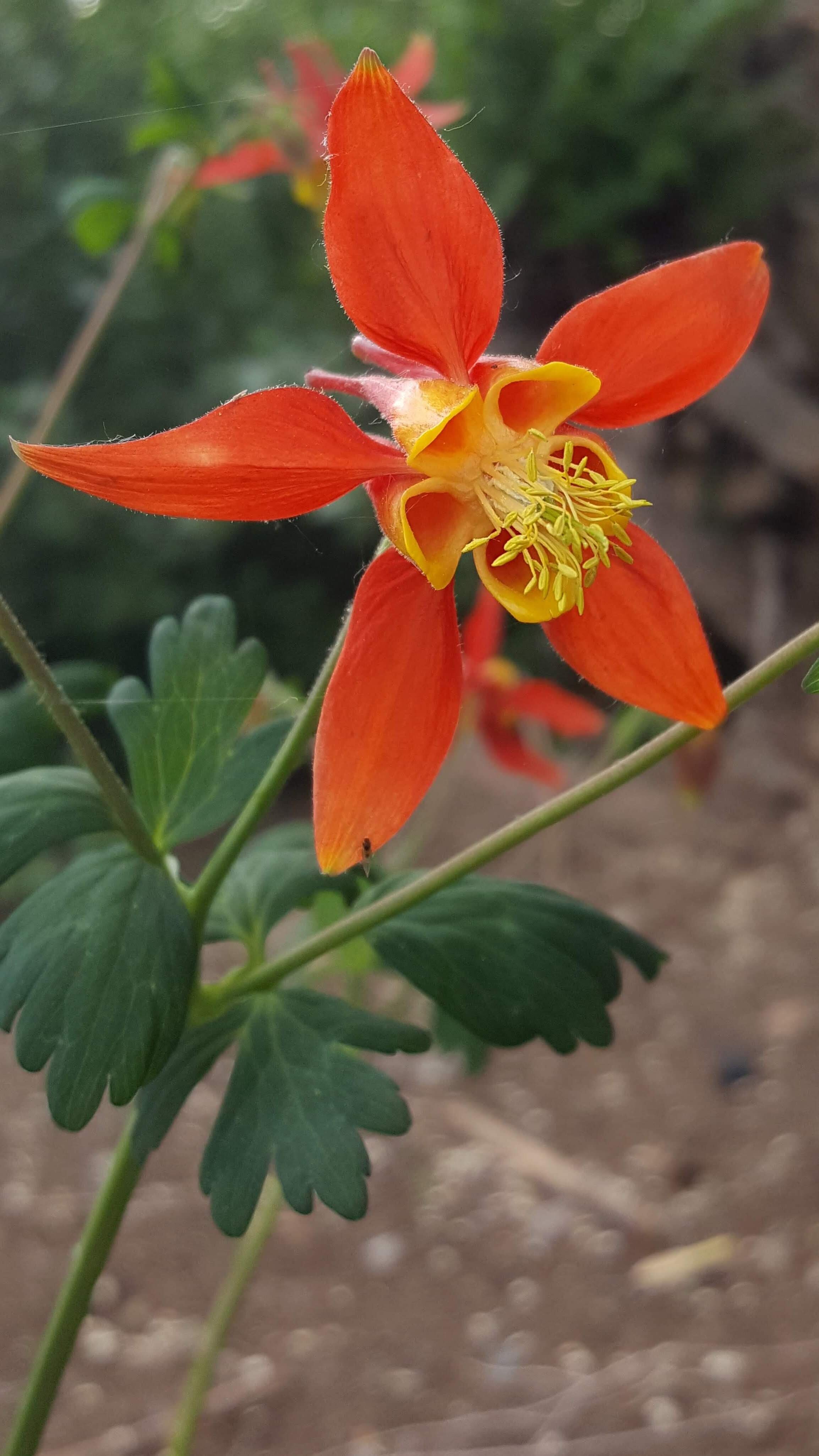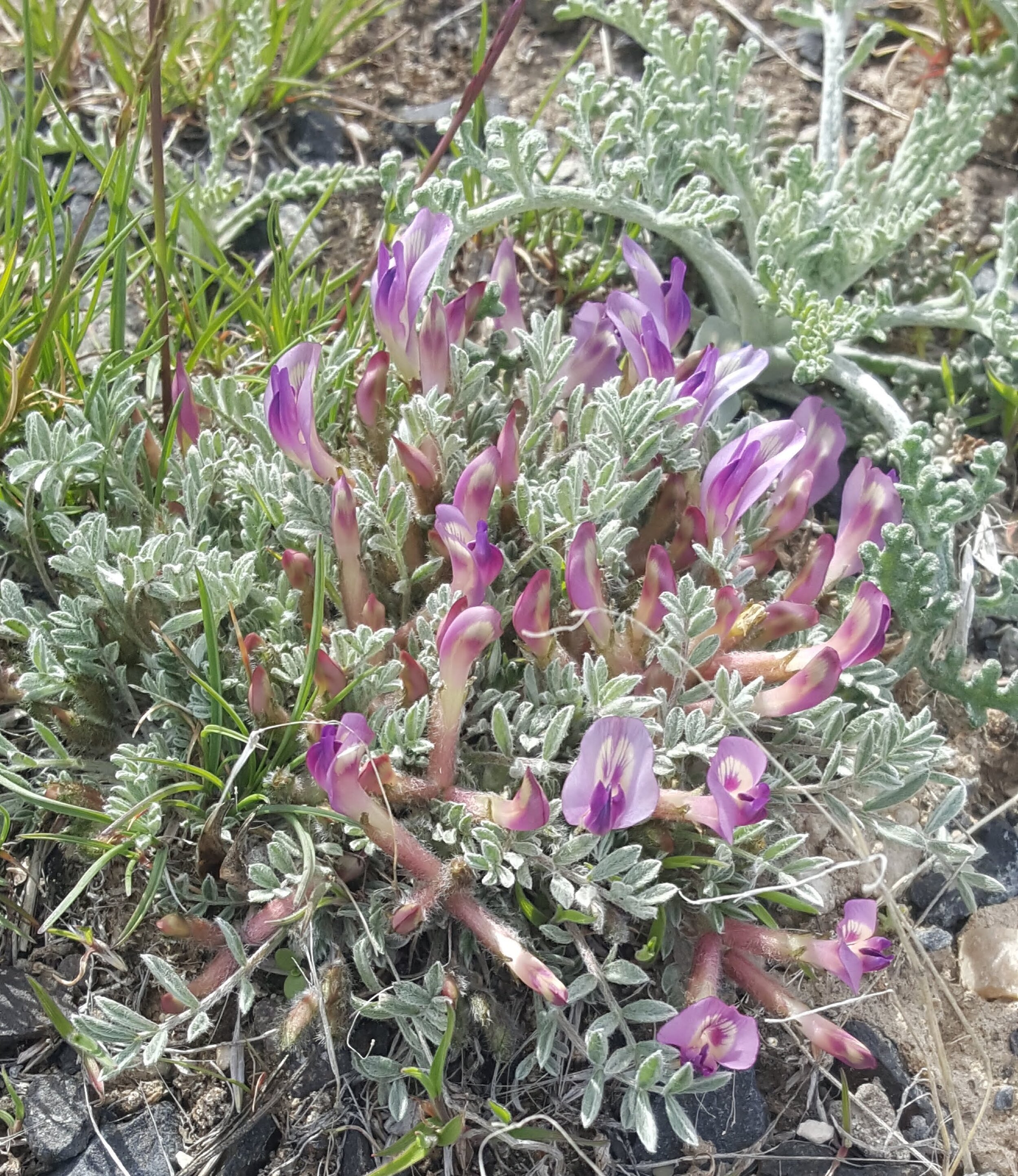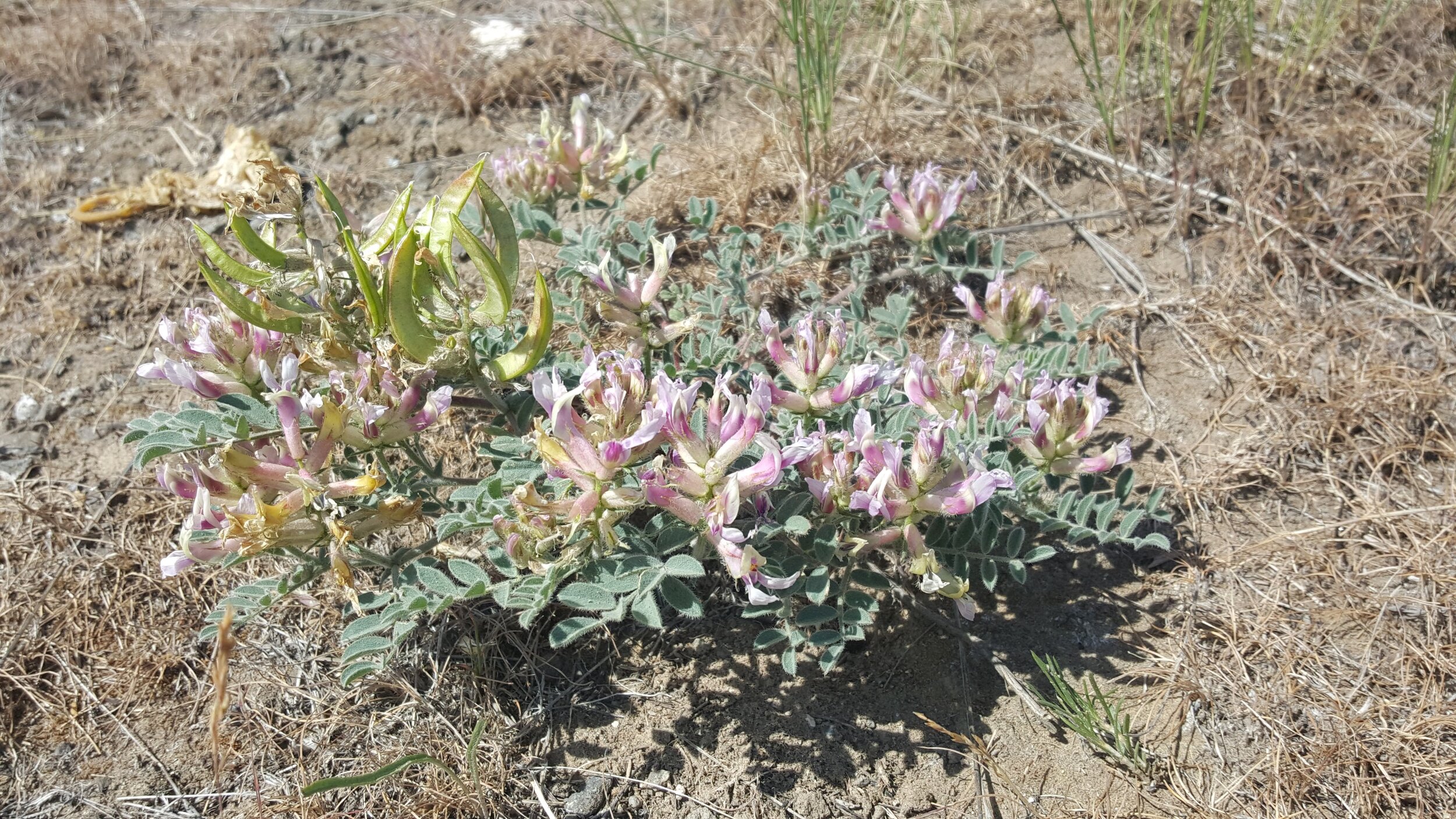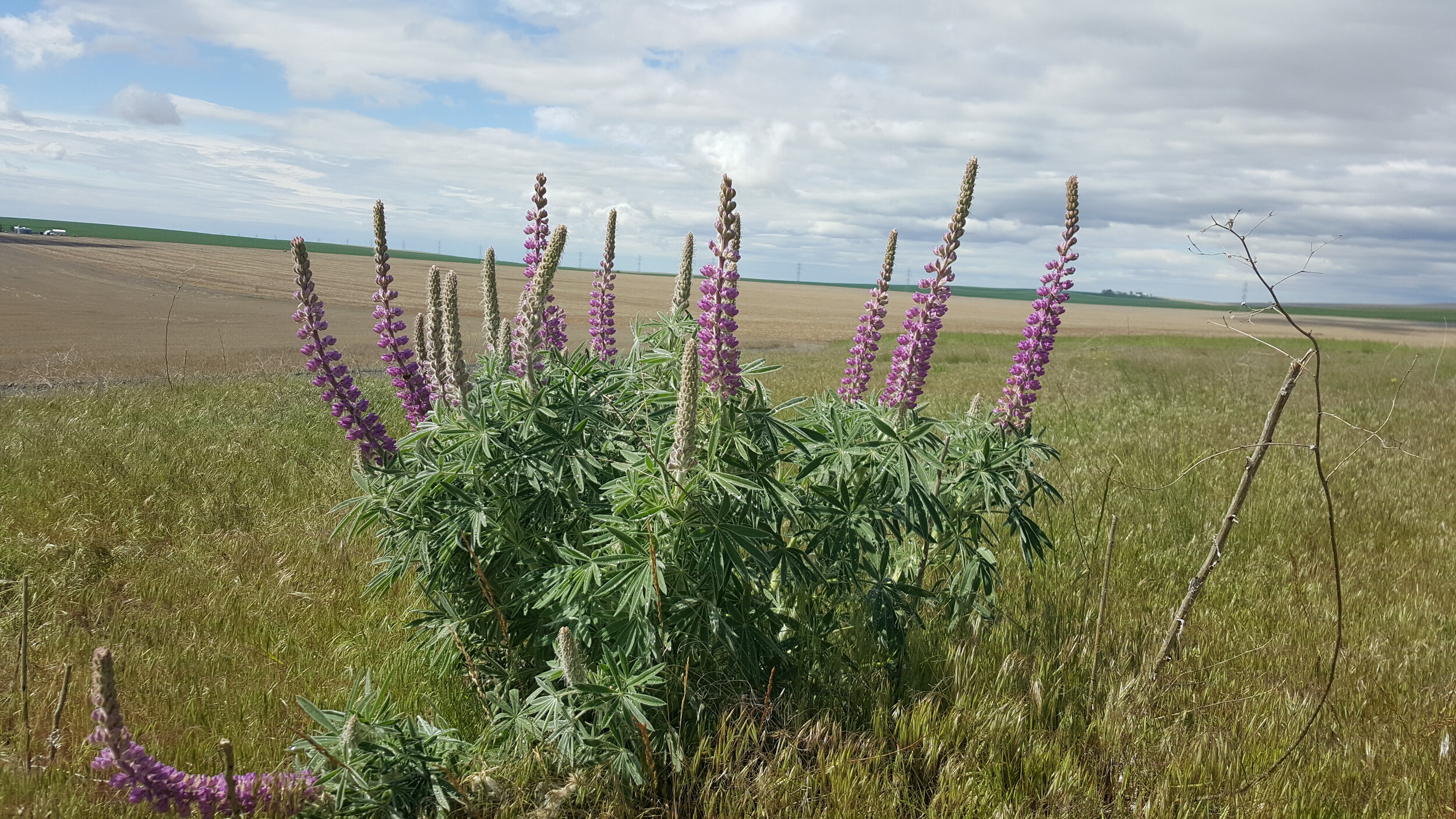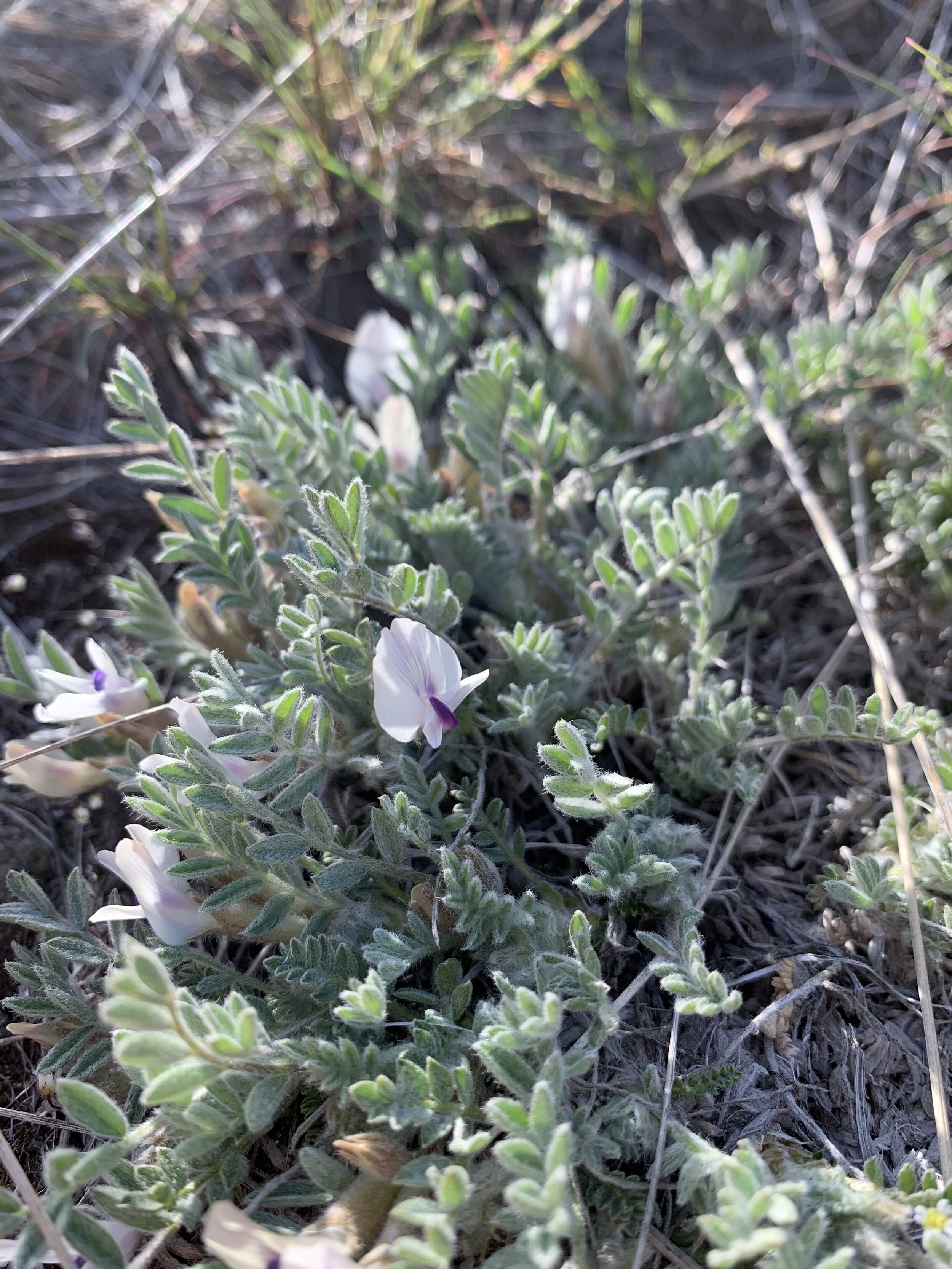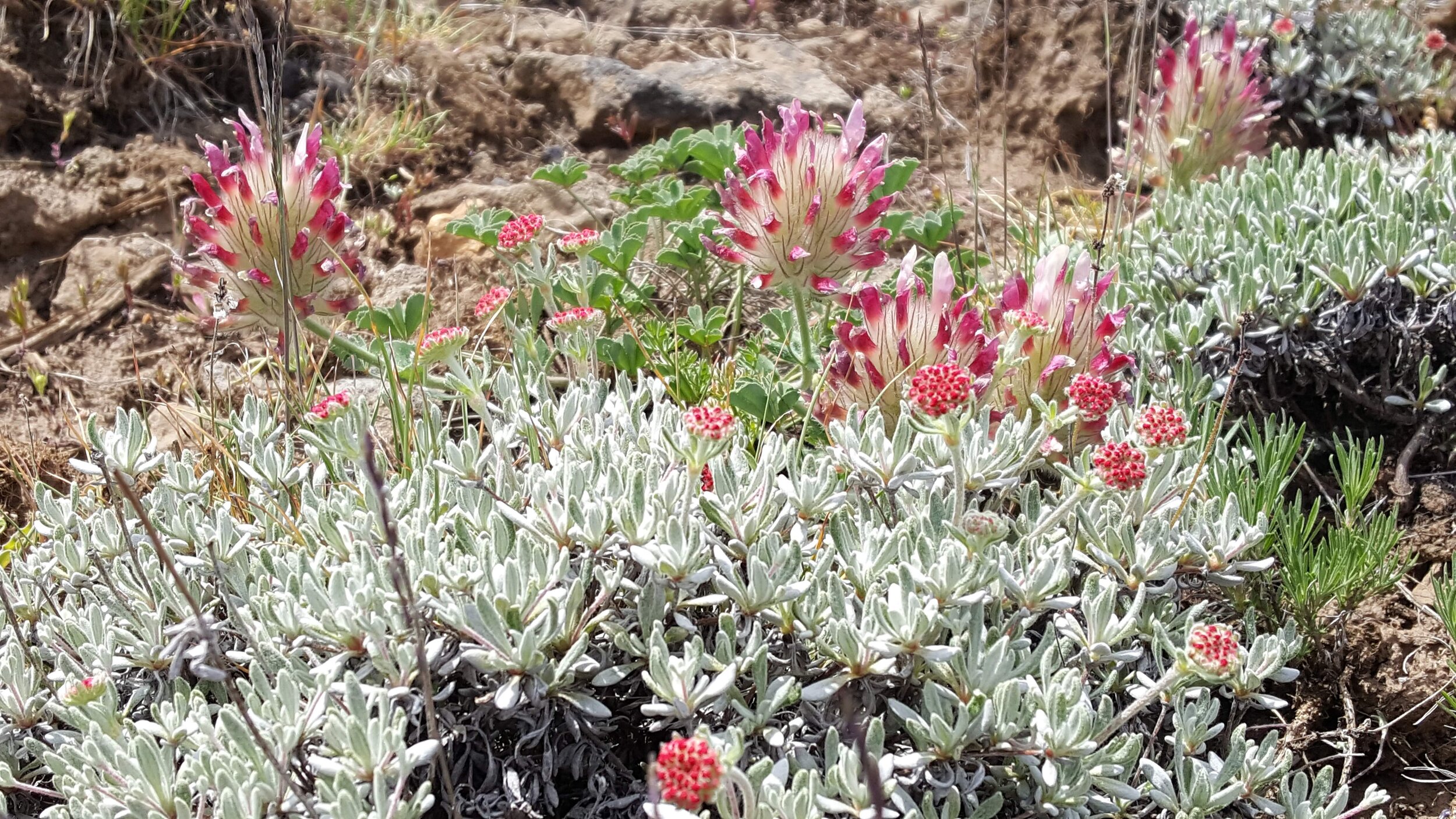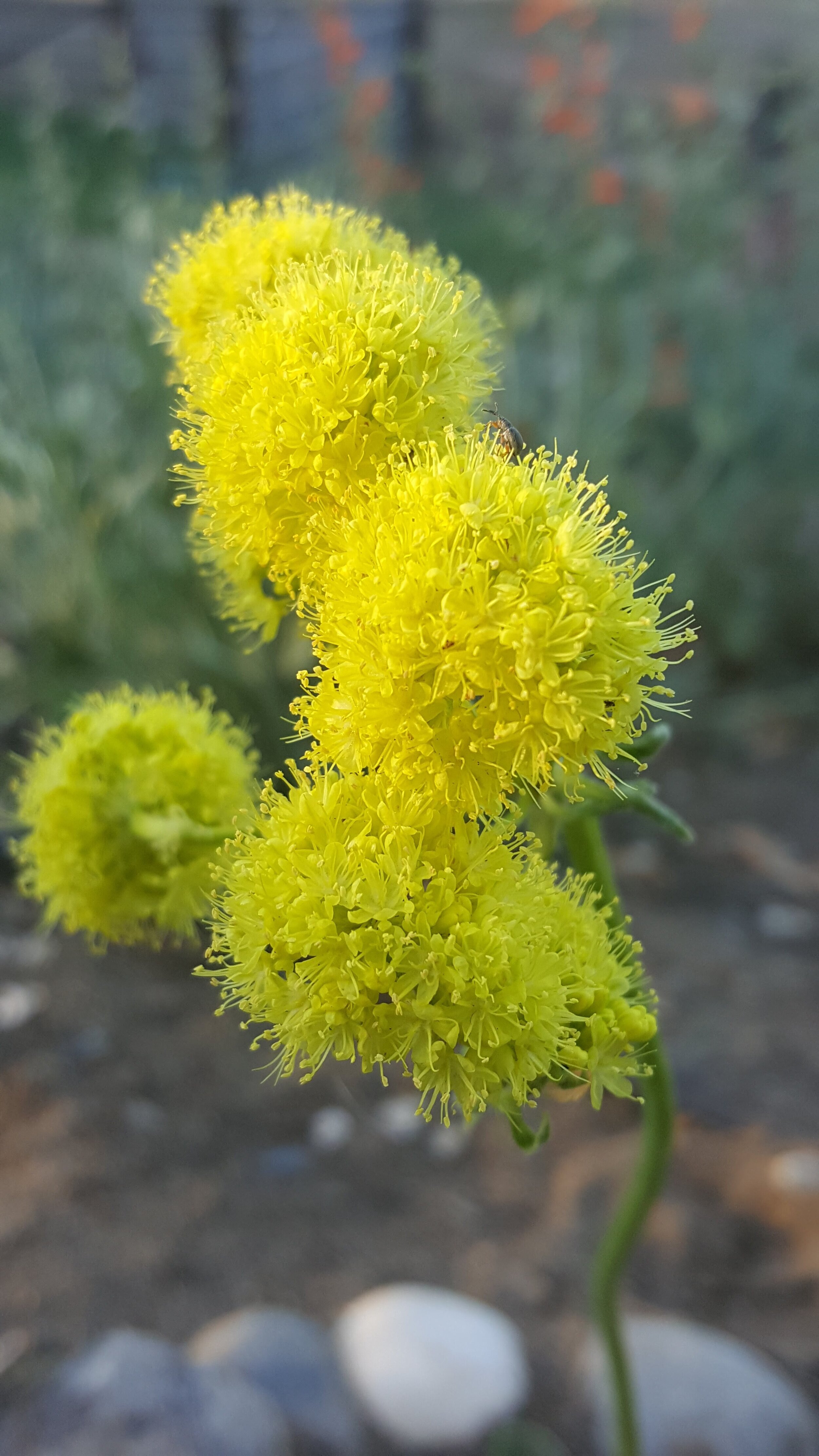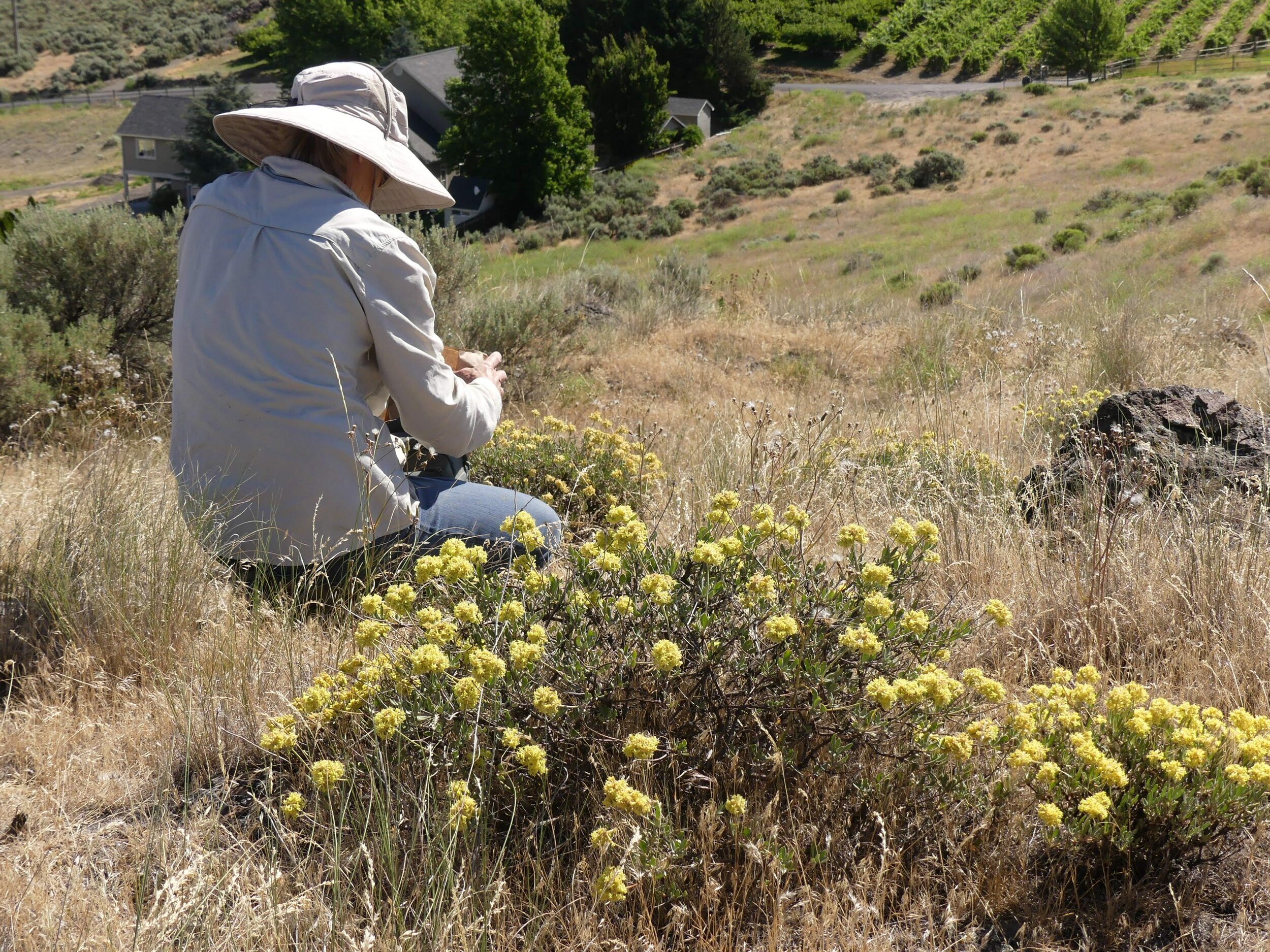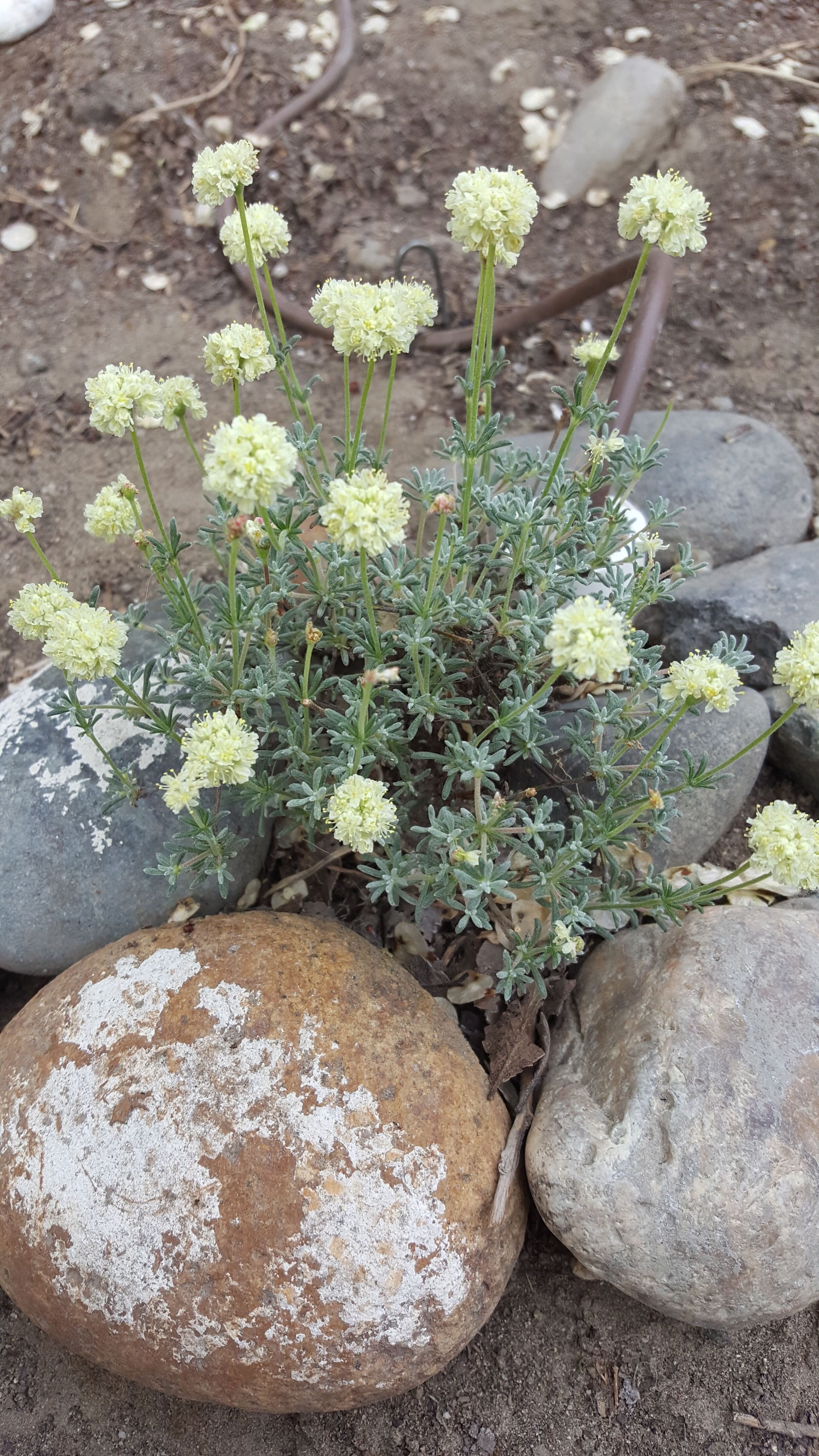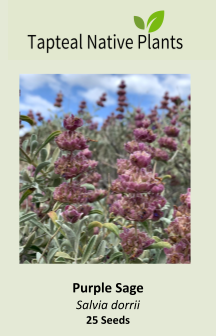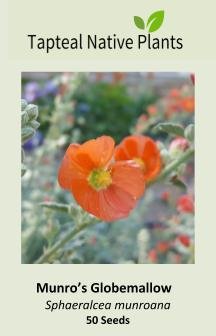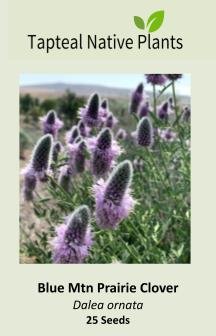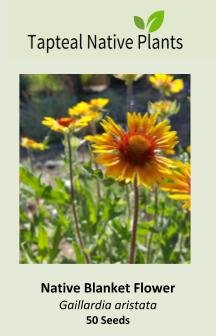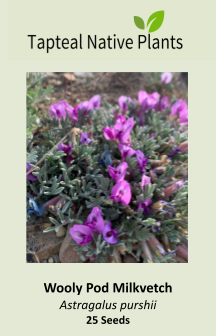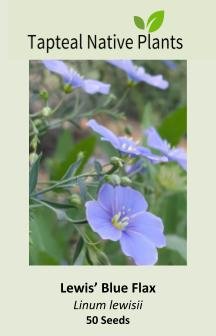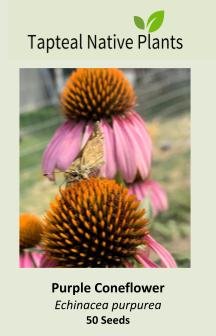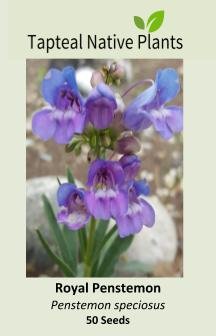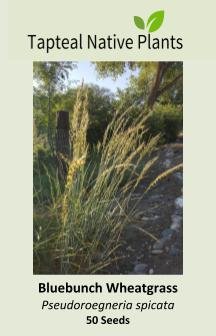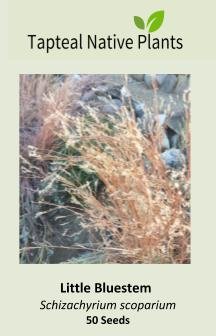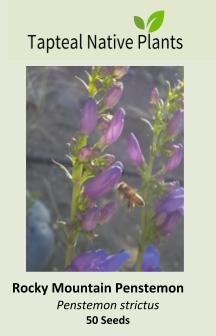Where to Start
Right Plant, Right Place: Observe where you’re planting. When it rains does the water collect in certain places or drain right away? Where does the sun shine in summer vs winter? Is your soil rocky? Sandy? Clay? Are the winds harsh? Knowing your space will guide you in choosing the right plant for the right place. Already overwhelmed? We offer consulting services.
Time your plantings with Nature: Most native seeds and seedlings should be directly sown in fall and winter to take advantage of our rainy season. That way, they will have time to establish a strong root system which sets them up to be more resilient to our hot, dry summers.
Switch to a drip irrigation system: Drip irrigation uses way less water than an above ground sprinkler system saving you money! It allows you to direct the flow of water exactly where you want it which helps suppress weeds, promotes healthier plants by channeling water to the roots rather than plant surfaces, and can be automated to save you time. Not to mention, we’re in a drought! Being mindful of our resources will save us a lot of headache in the future. Already have irrigation? Convert your current sprinkler system.
Use mulch- In nature, there is rarely bare earth. Mimic what happens around plants in the wild. For most of our local plants, a rock mulch is best. For plants that need a bit more moisture, an organic mulch can help.
Think about what you’re hoping to get out of your native plant garden: Zero Additional Water? A Bird Haven? Erosion Control? Scroll below for some inspiration.
For more detailed information about the plants, check out what we grow. We also offer consultations and garden designs.
More Resources
Heritage Garden Plant Selection Guide by The Columbia Basin Chapter of the Washington Native Plant Society and Benton Conservation District
Rainwater Harvesting for Drylands and Beyond by Brad Lancaster
Sagebrush Country: A Wildflower Sanctuary by Ronald J. Taylor
Braiding Sweetgrass by Robin Wall Kimmerer
Beyond the War on Invasive Species by Tao Orion
Wildflowers of the Pacific Northwest by Mark Turner and Phyllis Gustafson
Flora of the Pacific Northwest by Hitchcock and Cronquist
Novice with Natives
These faster growing low maintenance plants are the perfect place to start and will provide color and interest throughout the seasons.
Start with: Native Blanket Flower, Oregon Sunshine, Yarrow, Munro’s Globemallow, Richardson’s Penstemon, Pineleaf Penstemon, Lewis’ Blue Flax, Bluebunch Wheatgrass, Little Bluestem, Snow Buckwheat, and Gray Rabbitbrush.
No additional water Once Established
We’re in a drought and water is expensive! Take inspiration from local hikes and recreate our drought tolerant ecology in your backyard. Mimic Candy and Badger Mountain, Tapteal Greenway or Rattlesnake. What grabs your attention?
Start with: Snow Buckwheat, Evening Primrose, Milkvetch, Sand Penstemon, Palmer Penstemon, Munro’s Globemallow, Yarrow, Phlox, Hoary Aster, Bluebunch Wheatgrass, Indian Ricegrass, Fringed Sagebrush, Green Rabbitbrush, Gray Rabbitbrush, Antelope Bitterbrush and Purple Sage
Helpful Tips: Patience is a virtue! Many of these desert plants are slow growers. They’ve taken years to adapt to our arid and windy landscape. Choose both fast and slow growing perennials and shrubs to ensure enjoyment throughout the years.
Heritage Garden Favorites-
We’re so lucky to have access to the free Heritage Garden Program here in the Columbia Basin! Check them out and consider turning your lawn into a low water, local plant and pollinator paradise!
Oregon Sunshine, Blanket Flower, Desert Yellow Fleabane, Showy Daisy, Rosy Pussytoes, Western Prairie Clover, Bigleaf Lupine, Shrubby Penstemon, Richardson’s Penstemon, Eaton’s Penstemon, Nodding Onion, Munro’s Globemallow, Lewis’ Blue Flax, Tufted Evening Primrose, Indian Ricegrass, Basin Wildrye, Bluebunch Wheatgrass, Little Bluestem, Fringed Sage, Sulfur Buckwheat, Snow Buckwheat, Wyeth Buckwheat, Red-Osier Dogwood, Big Basin Sagebrush, Green Rabbitbrush, Gray Rabbitbrush, Golden Currant, Lewis’ Mock Orange, and Purple Sage.
Hedgerows and Windbreaks
Native shrubs and trees are excellent options to create privacy and a wind barrier around your home while providing habitat for pollinators and wildlife. We recommend choosing a mix of three or more shrubs/trees of different heights with similar water needs to create a lush habitat.
Full Sun and Dry: Choke Cherry, Rocky Mtn Juniper, Great Basin Sagebrush, Antelope Bitterbrush, Gray and/or Green Rabbitbrush, Basin Wildrye, Creeping Mahonia
Full Sun to Partial Shade and Dry: Golden Currant, Wood’s Rose, Basin Wildrye, Mockorange, Buffaloberry
Full Sun to Part Shade Moist: Ponderosa Pine, Serviceberry, Red Osier Dogwood, Oregon Grape, Douglas Spirea, Red Flowering Currant, Indian Plum, Snowberry
Riparian: Native Willows, Red Osier Dogwood, Quaking Aspen
Bird Haven
Consider planting shrubs that will provide cover alongside perennial flowers and grasses that provide food and fodder throughout the seasons.
Start with: Little Bluestem, Purple Coneflower, Indian Ricegrass, Native Blanket Flower, Mockorange, Green Rabbitbrush, Gray Rabbitbrush, Prickly Pear Cactus, Apache Plume, Western Serviceberry, Oregon Grape, Antelope Bitterbrush any of the currants (or berry producing plants), buckwheats, penstemons, lomatiums, coneflowers and balsamroots.
Helpful tip: Leave spent flower heads on and fallen leaves around plants as mulch to ensure food and shelter for birds and pollinators as they overwinter
Erosion Control
Take a cue from nature and notice what grows on our local hillsides.
Bluebunch Wheatgrass, Idaho Fescue, Yarrow, Snow Buckwheat, Rock Buckwheat, Oregon Sunshine, and lupines along with slower growing Wyoming Sagebrush, Carey’s Balsamroot, Grey Rabbitbrush, and Green Rabbitbrush. For smaller irrigated sections, try Creeping Thyme, Oregon Grape, and Kinnikinnick.
Helpful tip: For large scale planting, lay burlap and straw mulch between your plantings to prevent weed growth and secure soil until your plantings have established themselves. Pair fast growing short lived perennials with slower growing shrubs and grasses to ensure adequate ground cover as plants grow.
HummingBird Paradise
Penstemons, Lupines, and Wildflowers, oh my!
Start with: Any and all penstemons, lupines, hyssops and columbines. Bee Balm, Nodding Onion, Scarlet Gilia, Wax Currant, Red Flowering Currant, Golden Currant, Hardhack Spirea, Kinnikinnick, and Purple Sage.
Helpful Tips: To keep the pollinators in your yard, plan your garden with bloom-times in mind.
Butterfly Bounty
Start with: Showy Milkweed, Butterfly Weed, Native Blanket Flower, Oregon Sunshine, Yarrow, Purple Sage, Fireweed, Hyssop any of the rabbitbrush, buckwheats, lomatiums, penstemons, daisies (fleabanes) and coneflowers.
Pollinators Galore
Primrose, Munro’s Globemalow, Lewis Blue Flax, Little Bluestem, Fringed Sagebrush, Apache Plume any of the penstemons, milkvetches, lupines, desert parsleys, daisies…basically all the flowers and flowering shrubs!
Helpful tips: Keep in mind bloom times to ensure food is available throughout the season. Lomatiums are crucial early bloomers while rabbitbrush and Snow Buckwheat bloom later in the season.
Useful Native garden
Many native plants have been used by humans both past and present. Here are some plants with recorded human uses. We recommend additional research before experimenting and expanding your palate.
Edible: Blue Elderberry, Golden Currant, Red Currant, Wax Currant, Bitterroot, Prickly Pear Cactus, Choke Cherry, Nodding Onion, Tapertip Onion, Arrowleaf Balsamroot, Nineleaf Biscuitroot, Wildwoods Rose, Kinnikinnick, Serviceberry, Indian Ricegrass
Dyes: Grey Rabbitbrush, Green Rabbitbrush, Deerhorn Clarkia, Oregon Grape, Upland Larkspur, Scarlet Gilia, Coreopsis, Columbia Cutleaf, Antelope Bitterbrush
Living Fence: Cholla, Prickly Pear, Wildwood’s Rose, Antelope Bitterbrush
Shady Spot
Full shade tolerant: Roundleaf Alumroot, Columbine, Oregon Grape, Red Osier Dogwood, Prairie Junegrass, Golden Currant, Lewis’ Mock Orange, Snowberry
Partial Shade: Nodding Onion, Mariposa Lily, Yellowbells, Scarlet Gilia, Native Strawberry, Tweedy’s Lewisia, Upland Larkspur, Sticky Purple Geranium, Native Iris, Idaho Fescue, Kinnikinnick, Fringed Sagebrush, Wax Currant, Antelope Bitterbrush, Barrett’s Penstemon, Davidson’s Penstemon
Soil Builder
Pioneer species (most buckwheats, lupines, yarrow, lomatiums and Fringed Sagebrush) are the first to bounce back on disturbed soil sites. They are fast growing and produce leaf litter which builds up organic content in your soils.
Soil lacking nutrients: Nitrogen fixers that are relatively short lived (lupines, Blue Mountain Prairie Clover, milkvetches) or longer living species (ceanothus, Indian Ricegrass) will fix nitrogen in the soil paving the way for plants that follow.
Compacted soils: Lomatiums, Purple Coneflower, Yarrow, and Bee Balm have root systems dig deep and aerate soils creating space for more roots and water collection to follow.




